Munich (193 hotels)
Munich, the vibrant heart of Bavaria, blends rich history with modern elegance. Home to the world-famous Oktoberfest, the city invites visitors to experience its lively beer gardens and traditional charm. Strolling through Marienplatz, you'll be captivated by its stunning architecture and the iconic Glockenspiel. The English Garden offers a peaceful escape, where locals and tourists alike enjoy sunbathing, surfing, and beer by the lakes. From its royal palaces to cutting-edge museums, Munich is a city where tradition meets innovation in the most captivating way.
Where to Stay in Munich
Hotels, B&B's...
Flatista Boutique Hotel
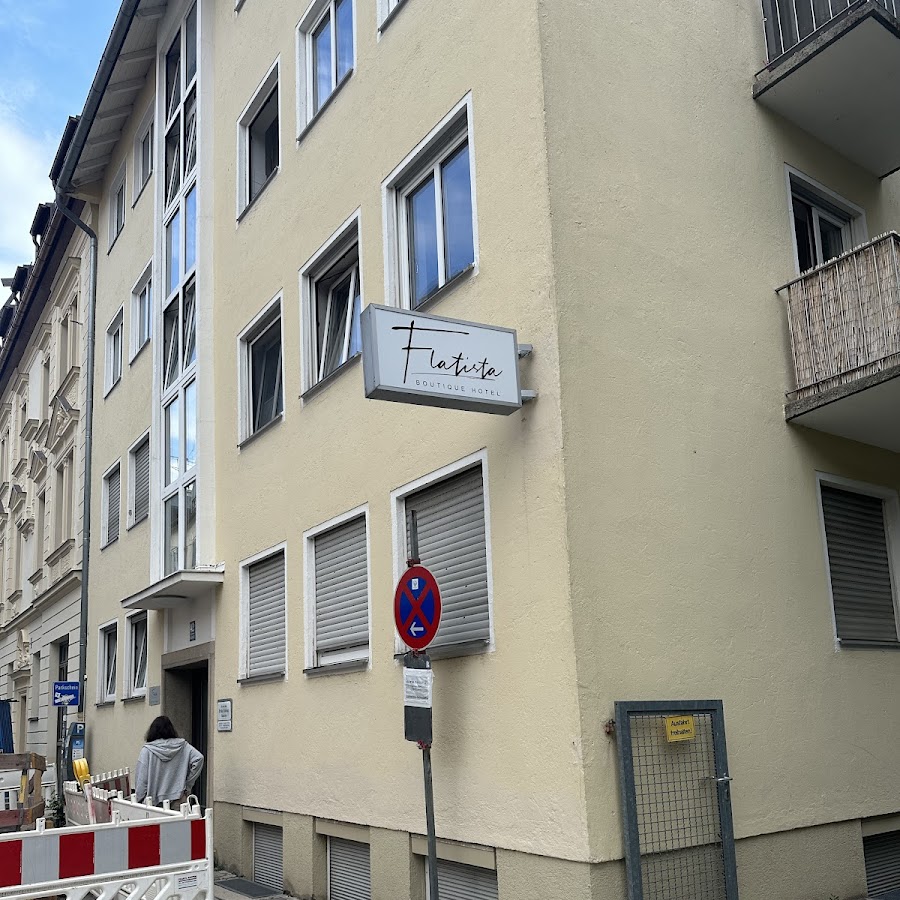
Hotel ARS VIVENDI München
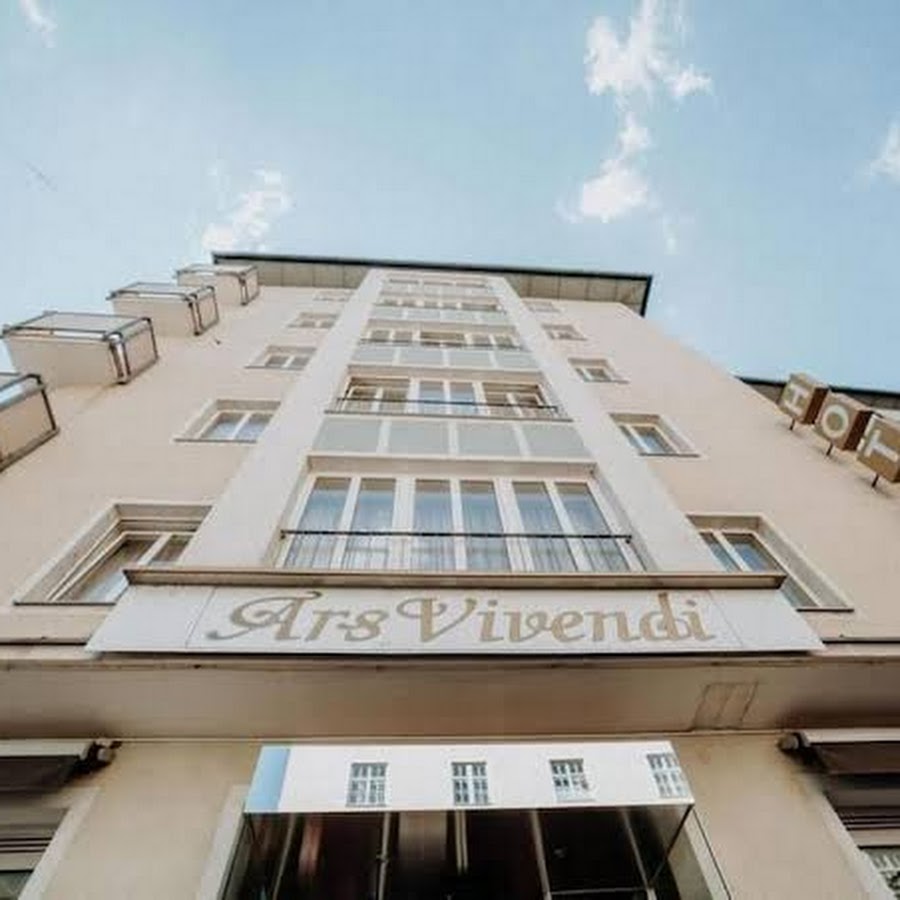
Premier Inn München City Ost
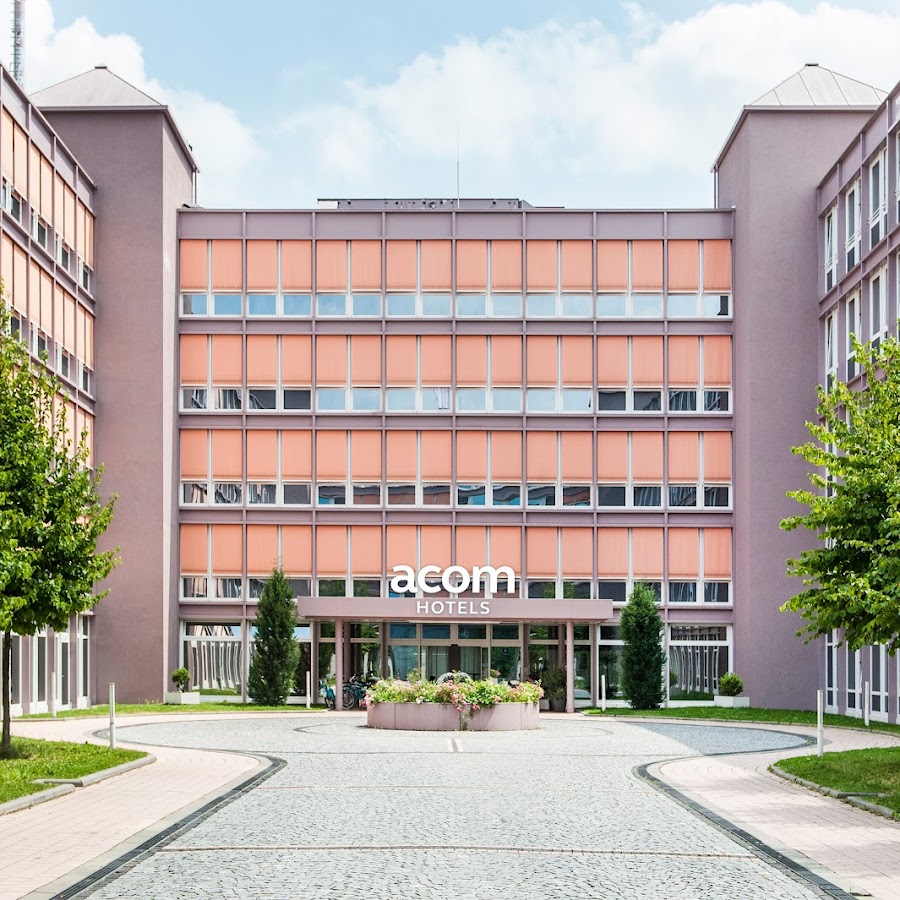
ARABEST Aparthotel & Boardinghouse
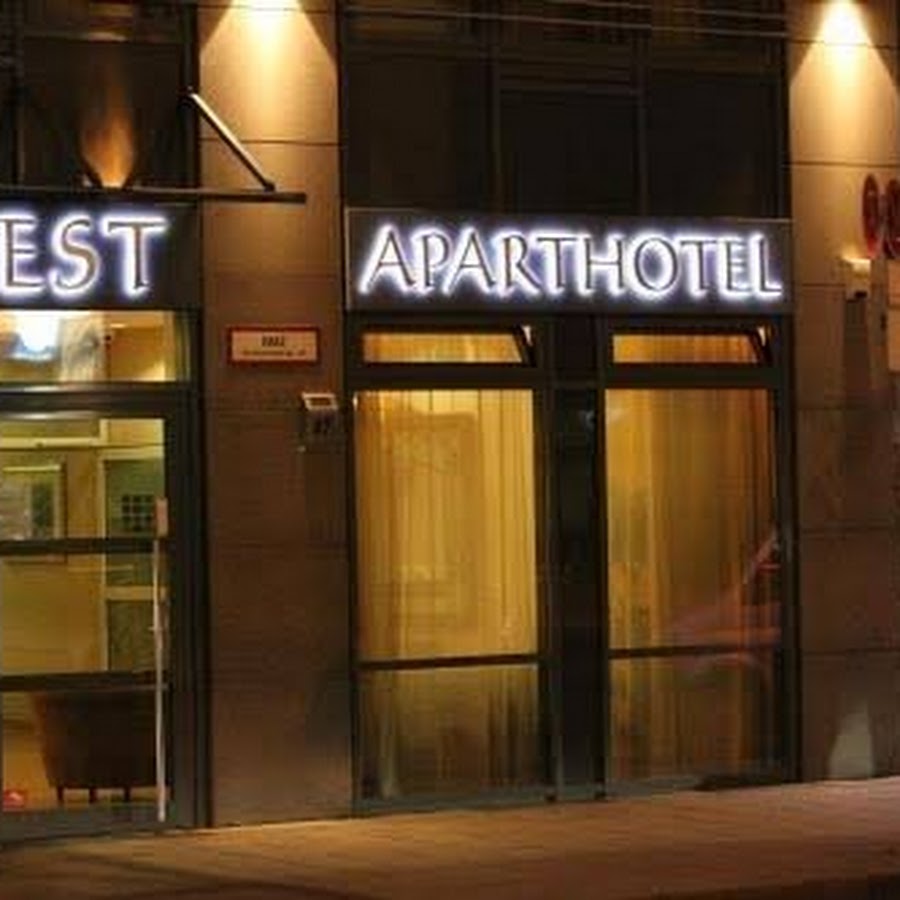
Wyndham Garden Munich Messe
H2 Hotel München Olympiapark
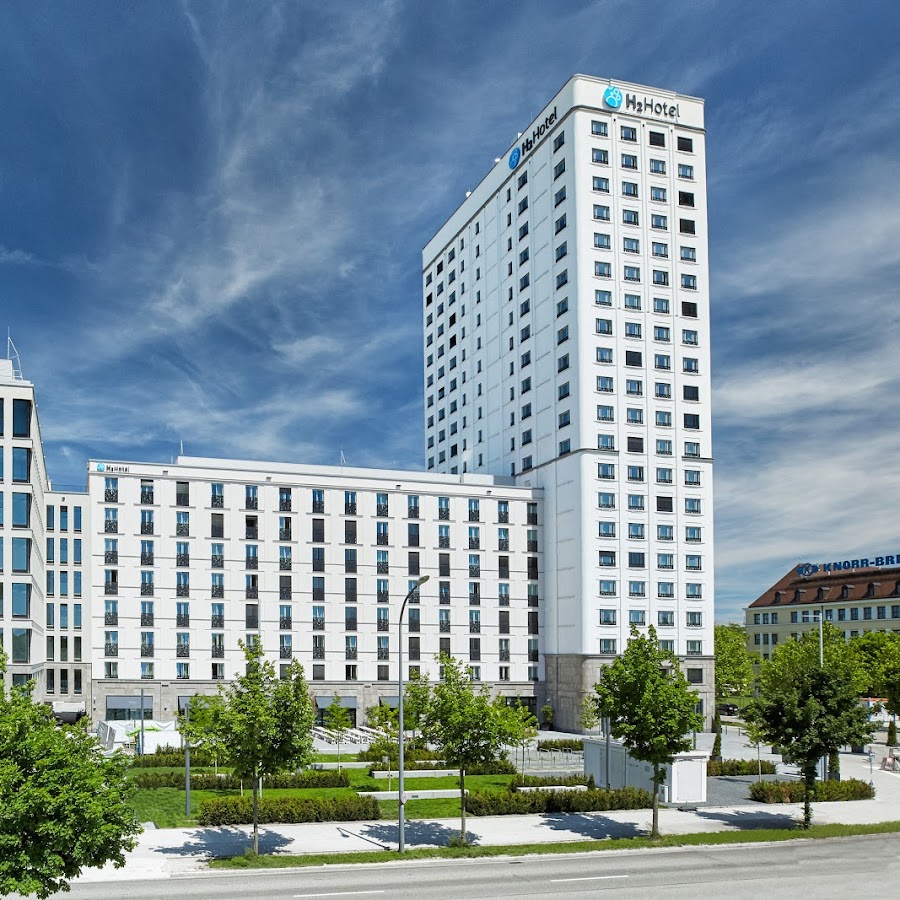
Hotel Prinzregent München
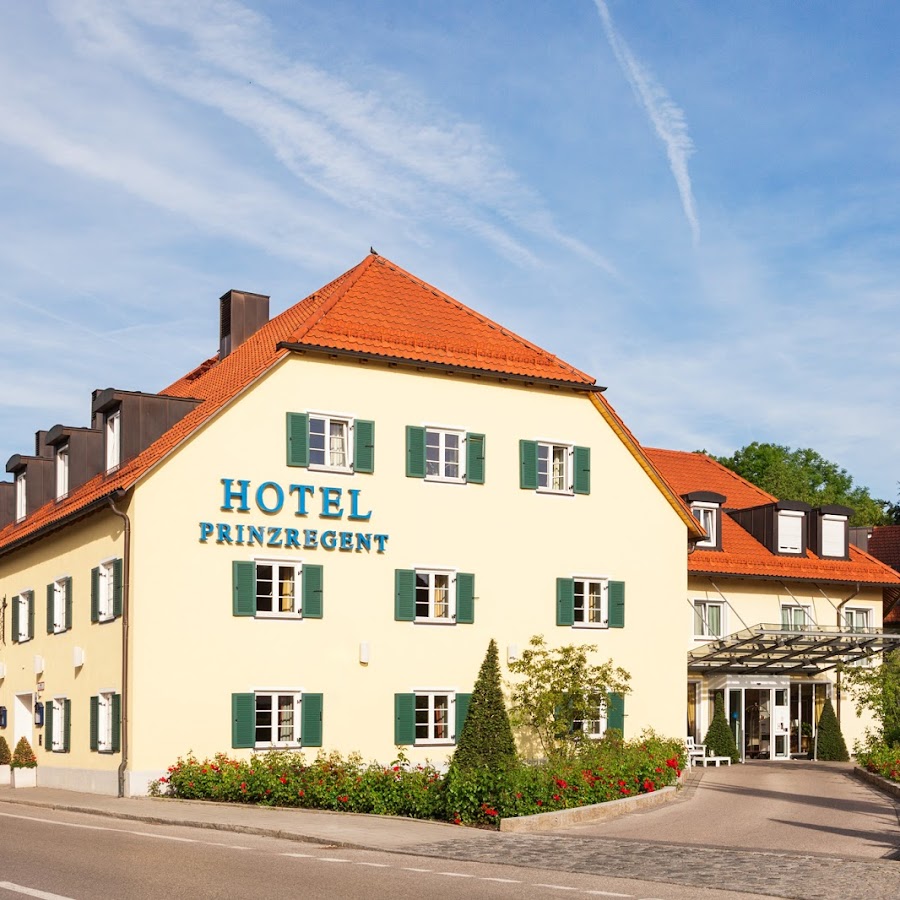
Hotel Hahn
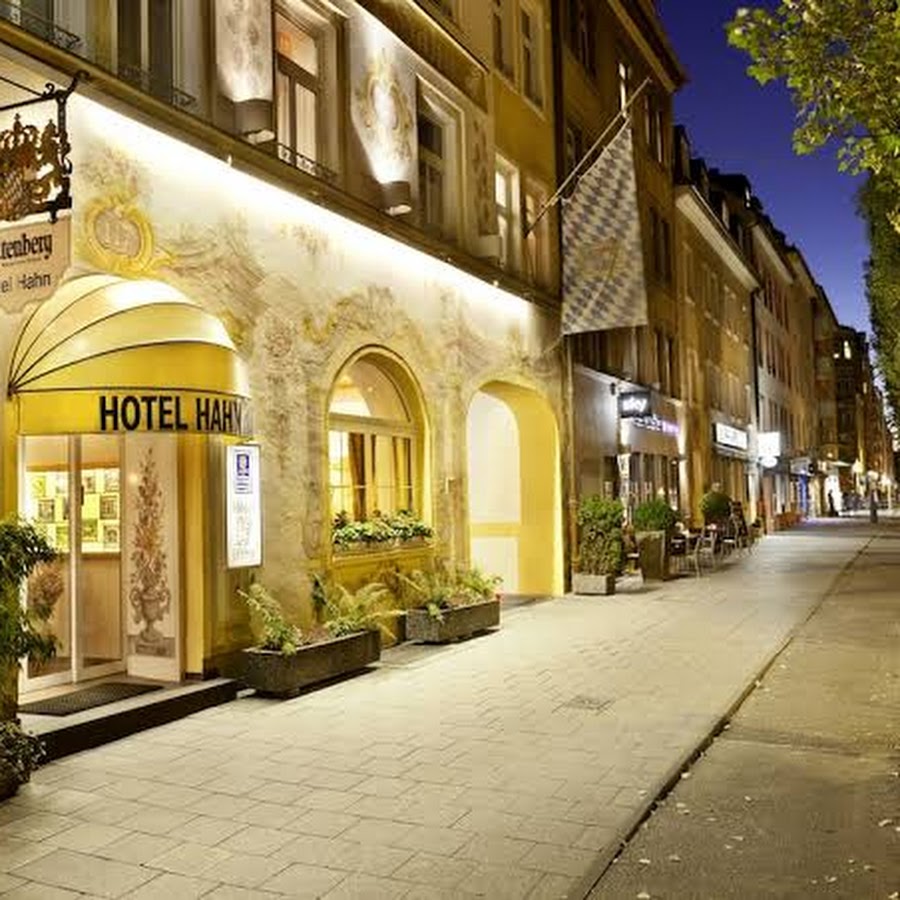
The Tent Munich
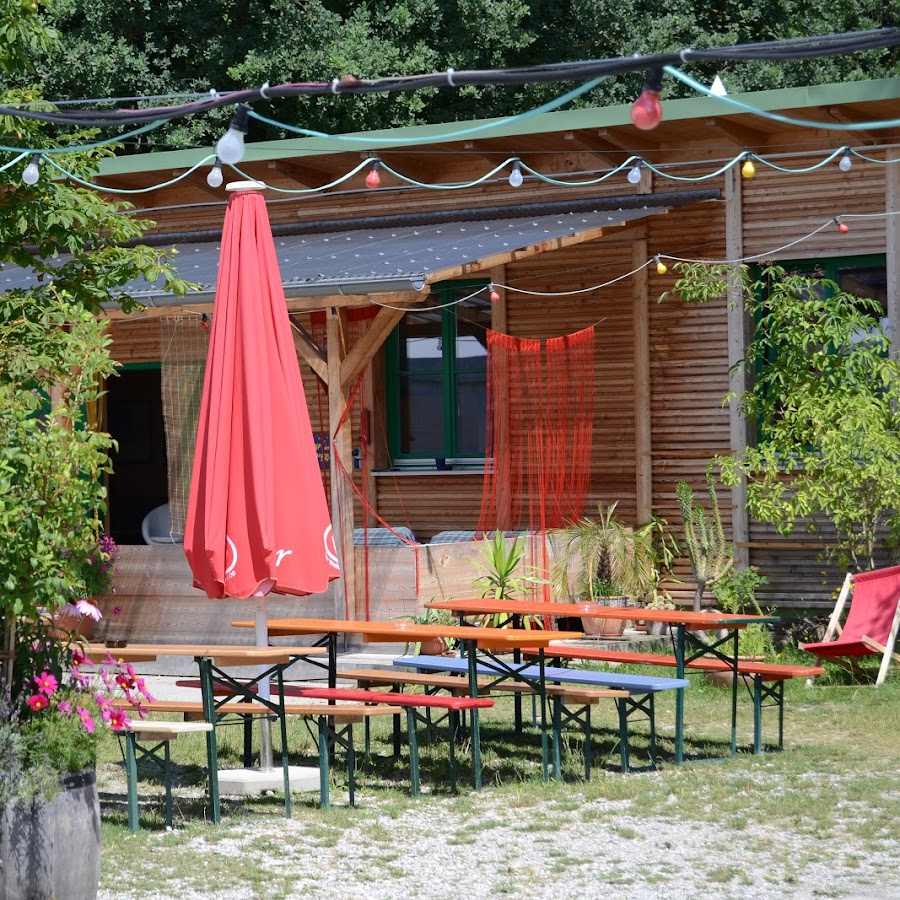
Hotel Gio
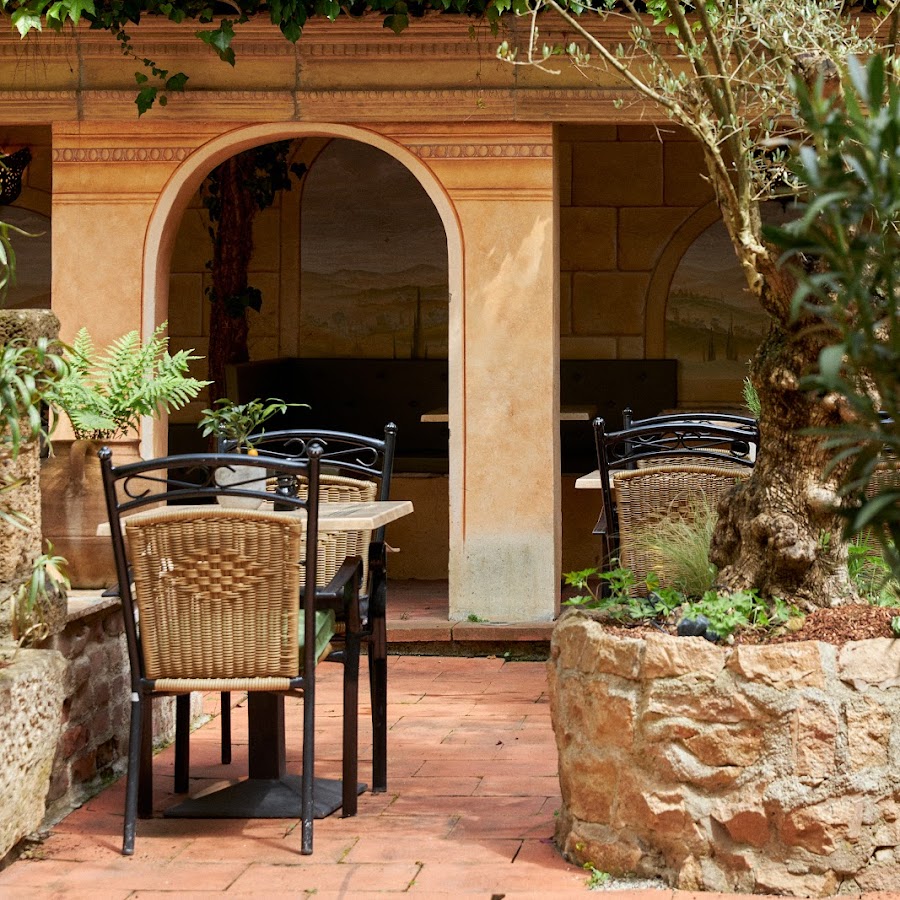
Holiday Inn - the niu, Brass Munich Olympiapark, an IHG Hotel

Hotel Freisinger Hof
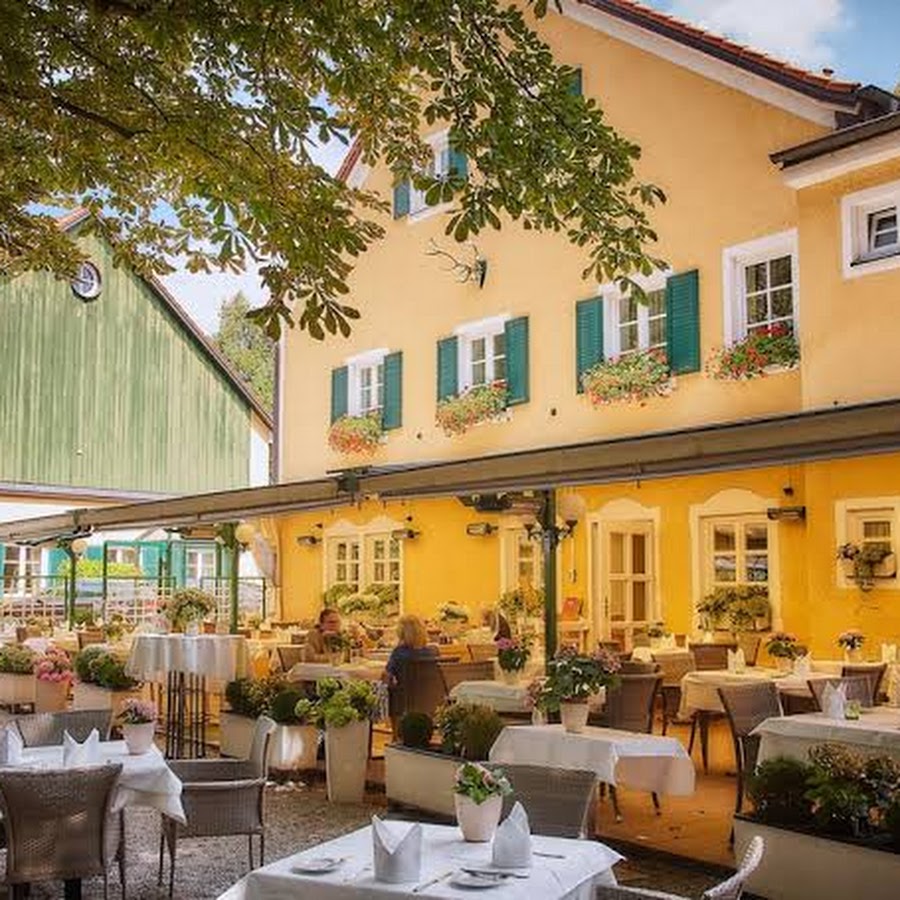
Hotel Schleuse
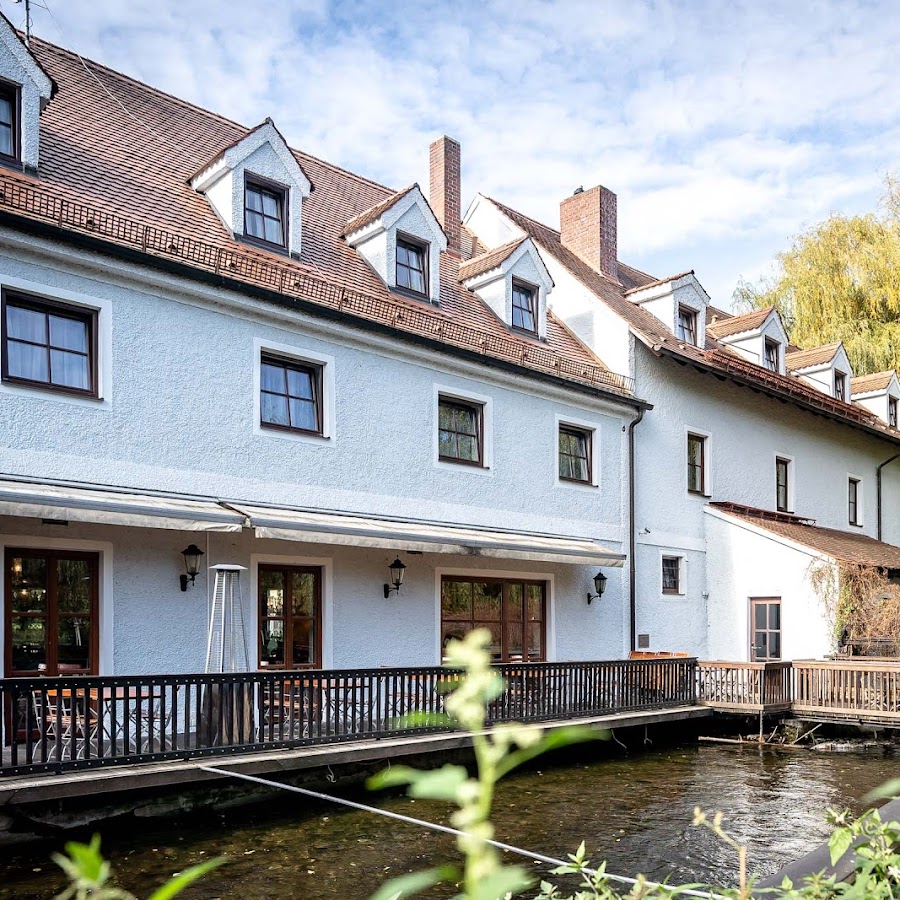
Yours Truly
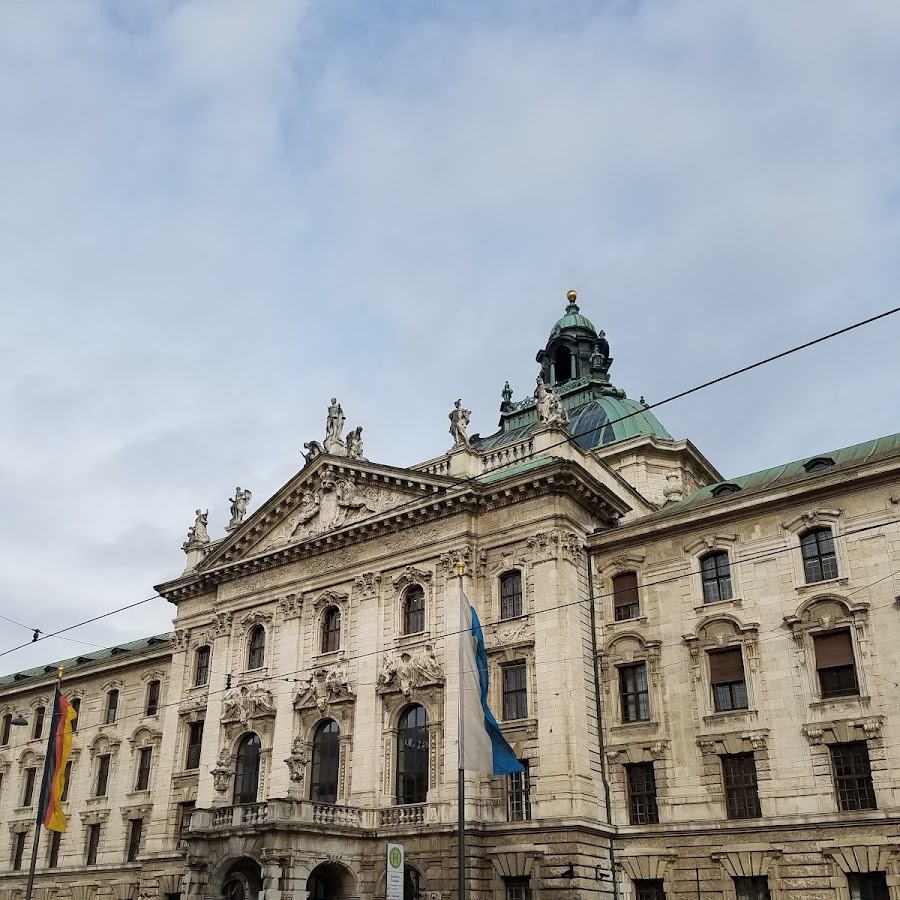
Leonardo Hotel Munich City South

Empress Boutique Hotel
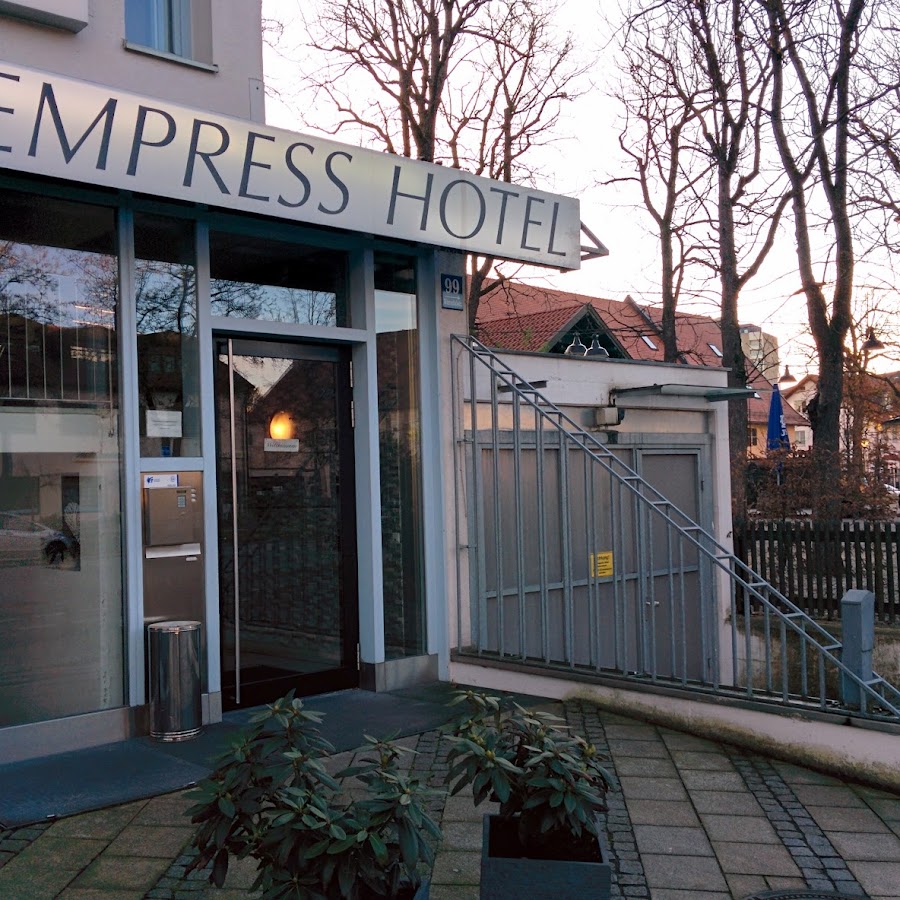
Hotel Kreis Residenz München
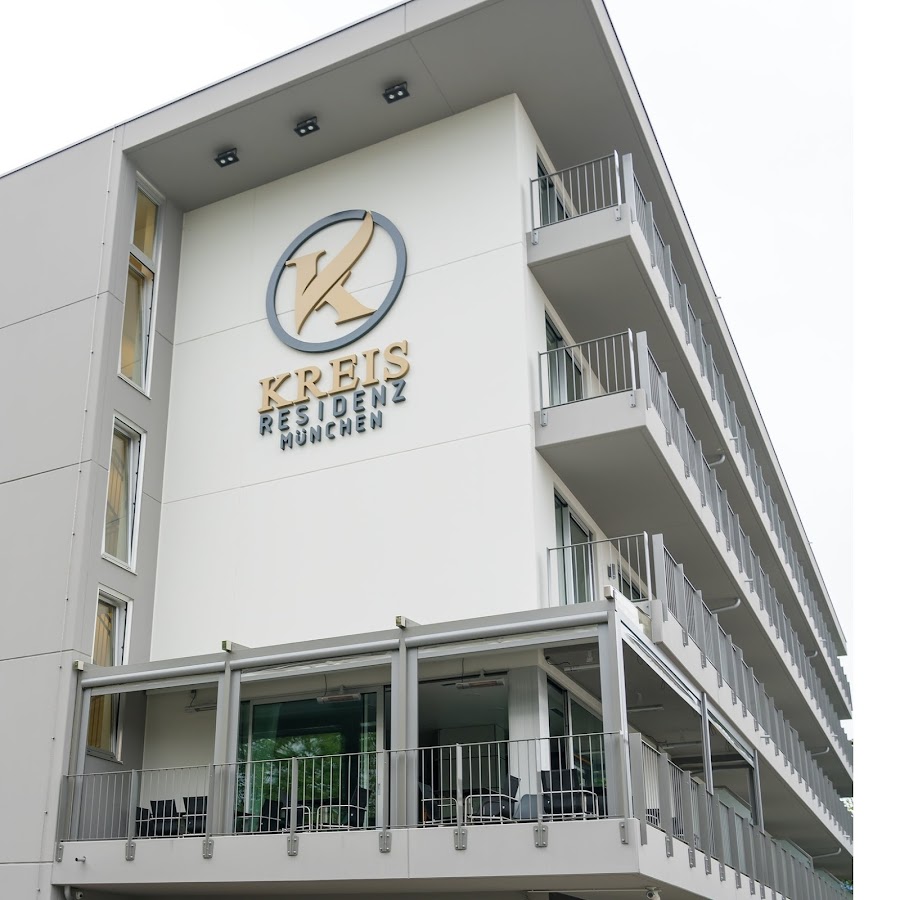
B&B Hotel Munich-Moosach
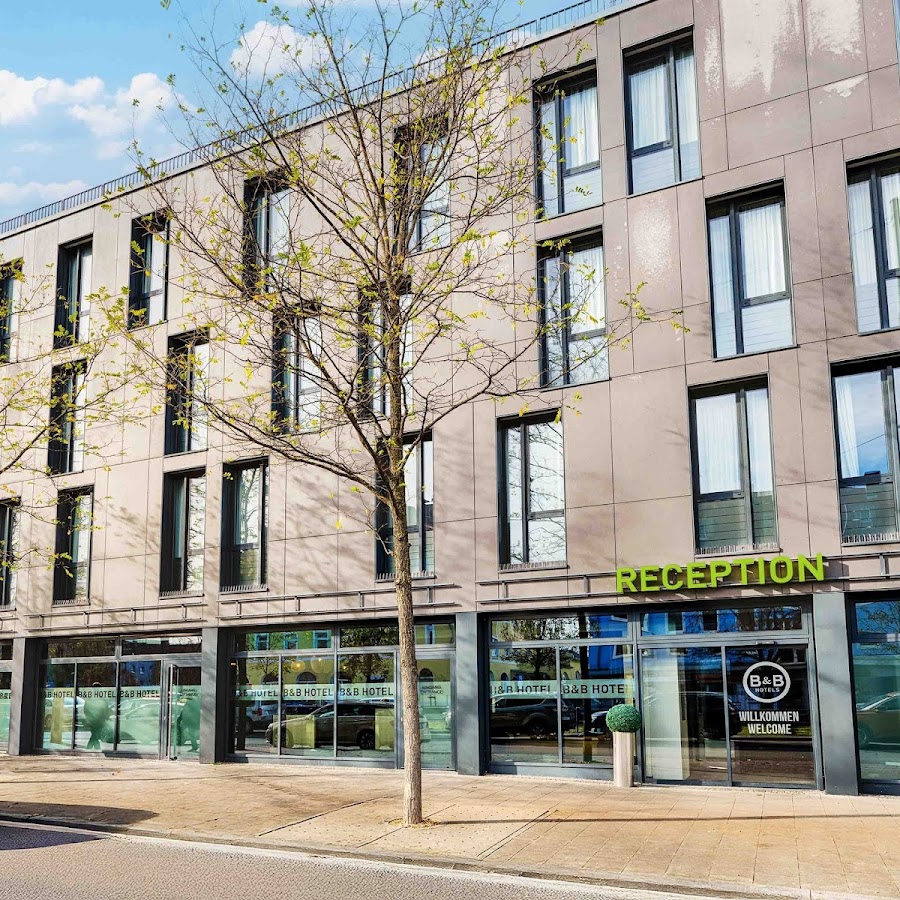
a&o Hostel Munich Laim
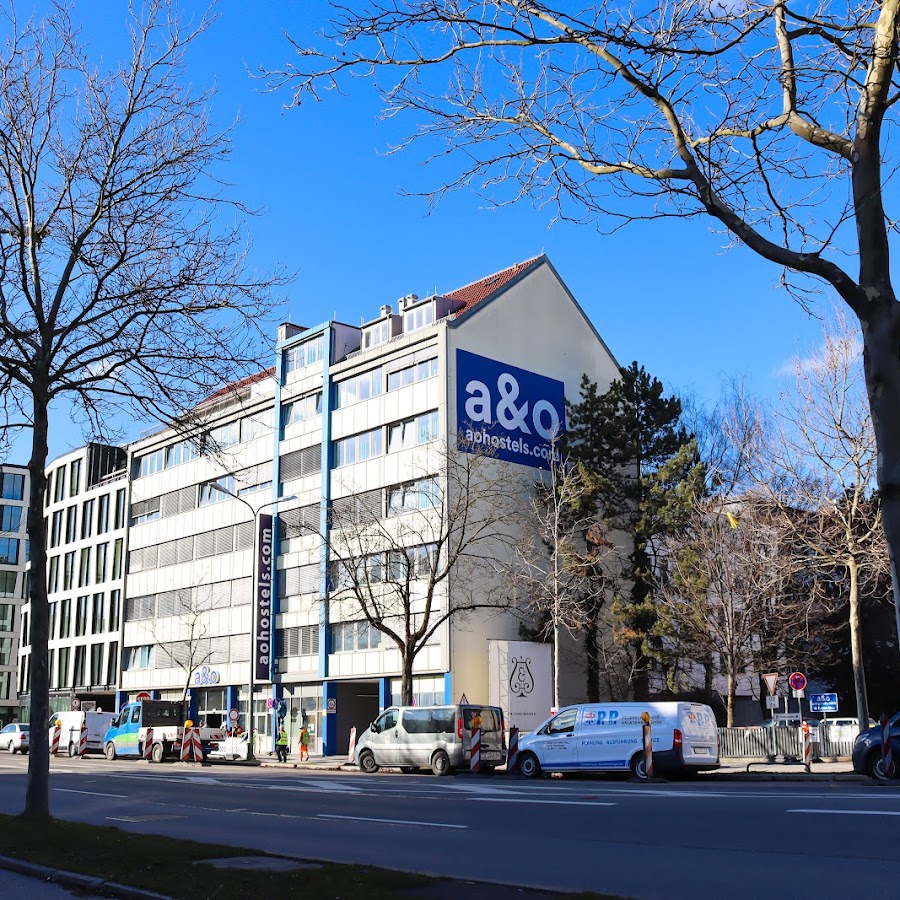
Jaeger's Munich
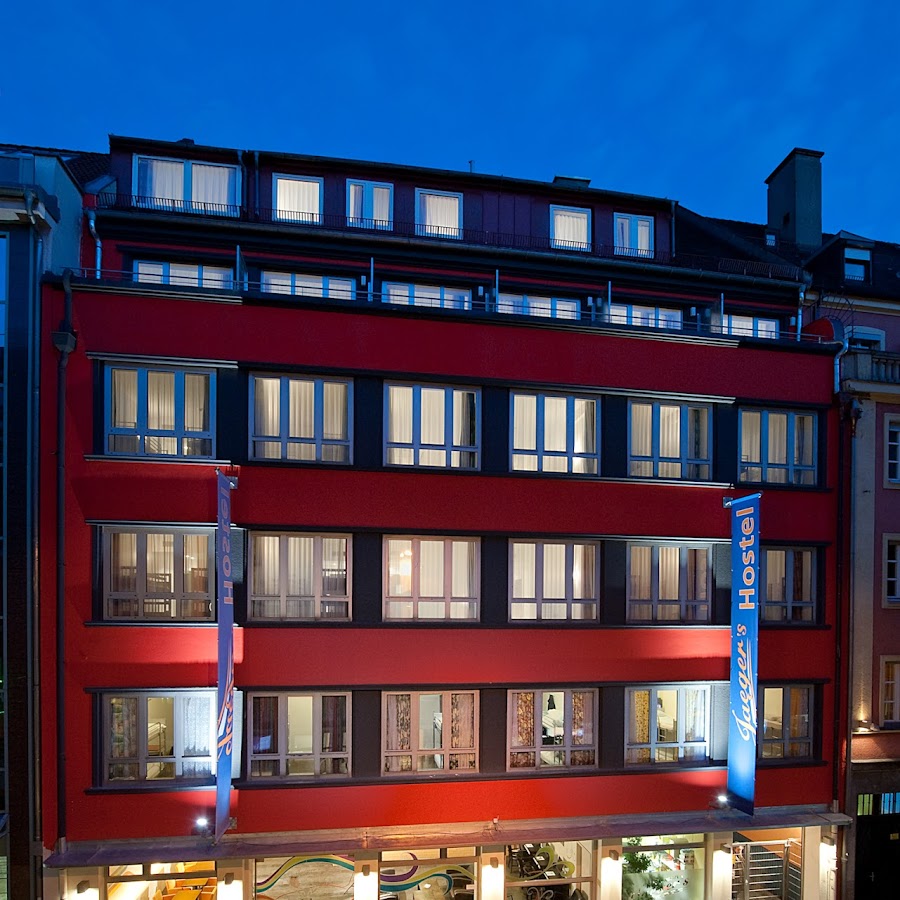
Augusten Hotel München
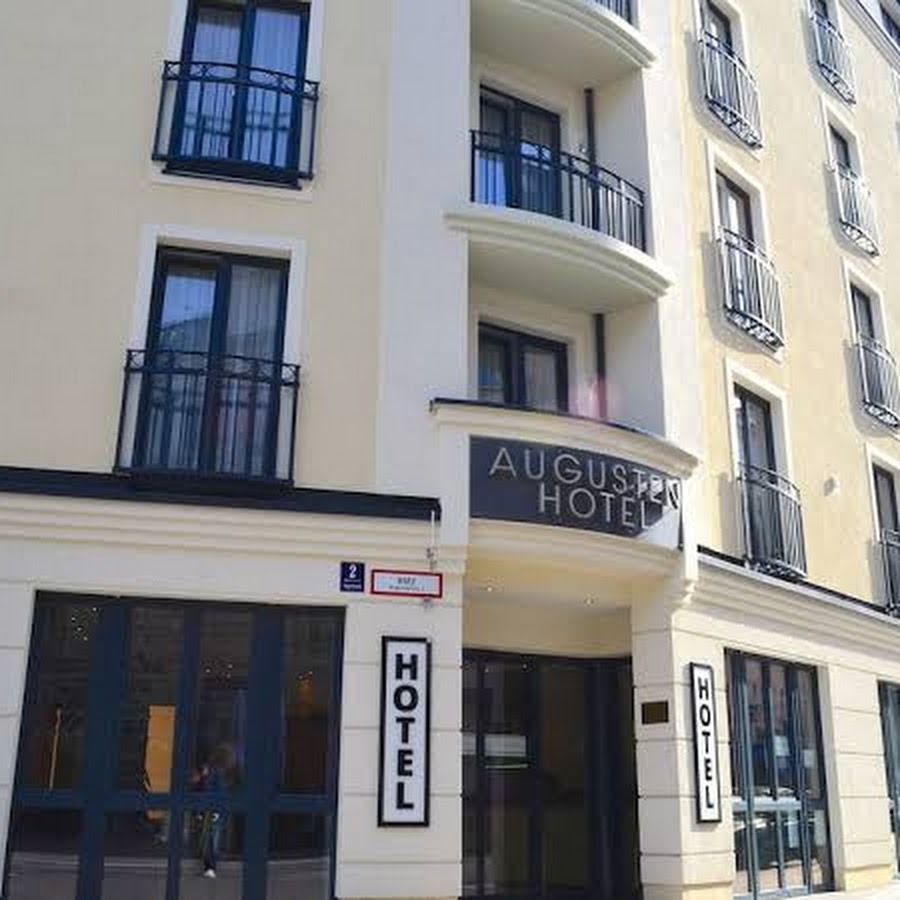
WESTSIDE Hotel Garni

Hotel Stadt Pasing
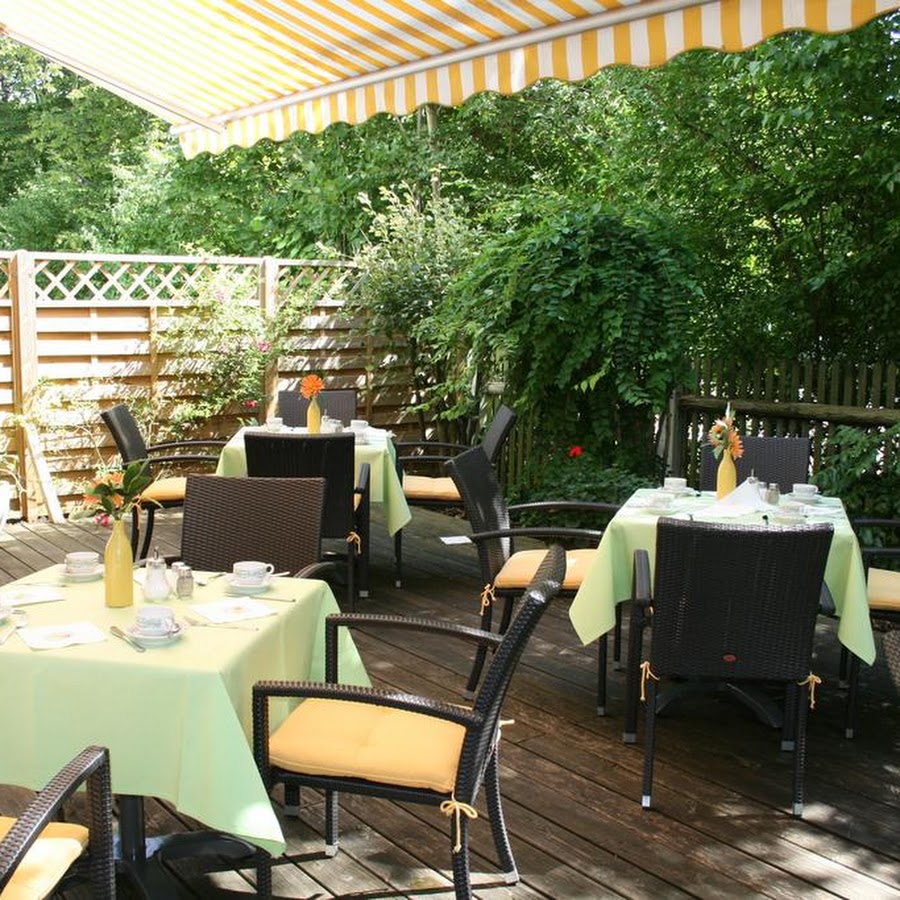
Müller Residenz Zur S-Bahn Karlsfeld
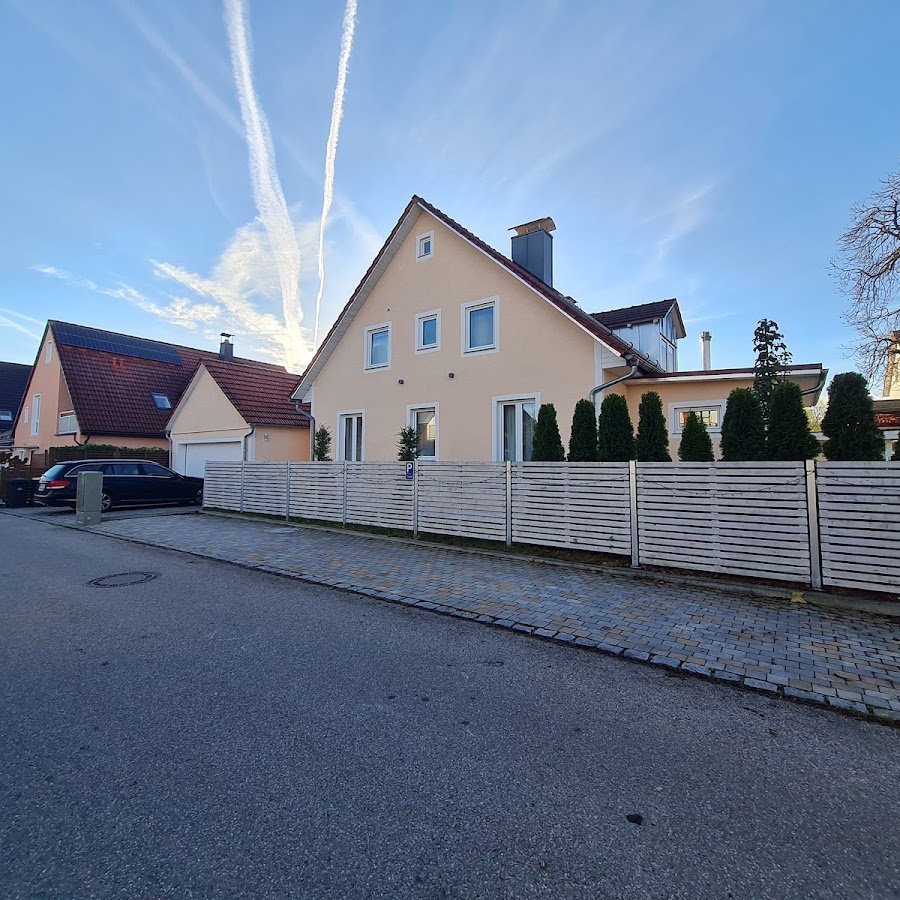
Hotel Erzgiesserei Europe
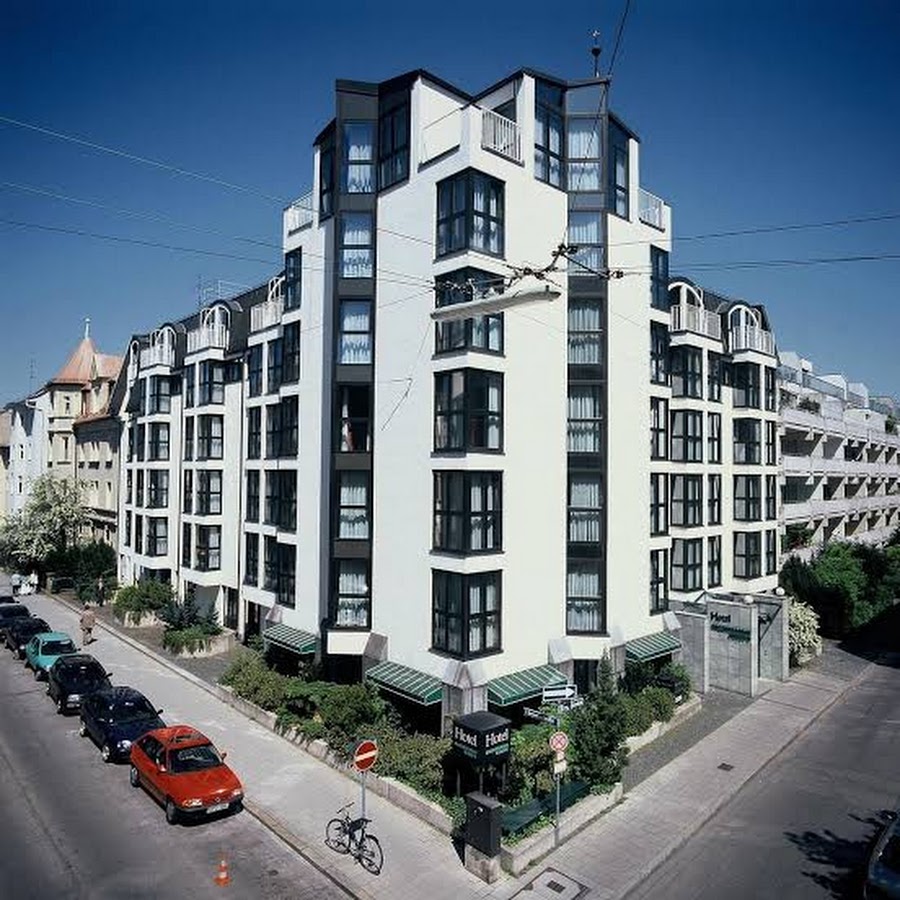
HOTEL-MONTREE
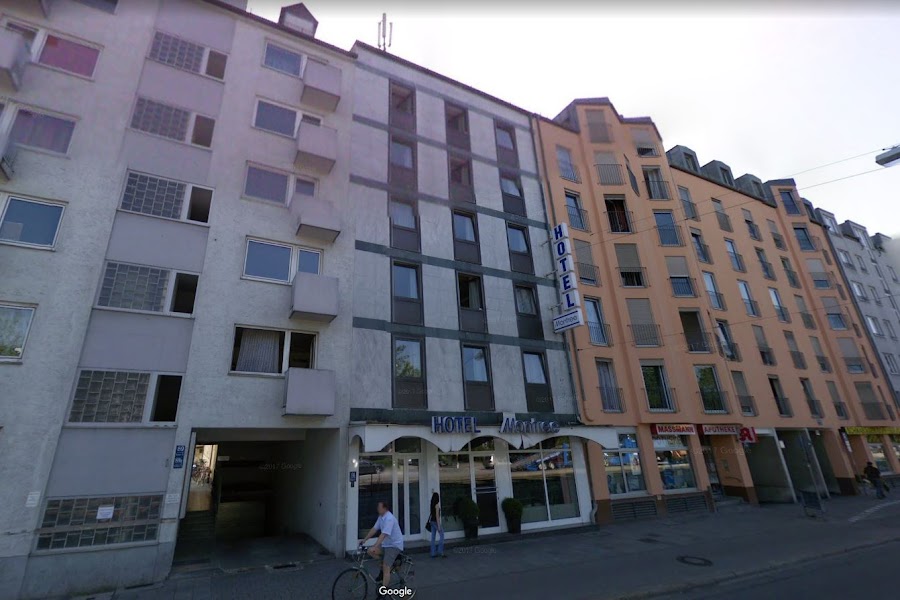
Schwanthaler Hof
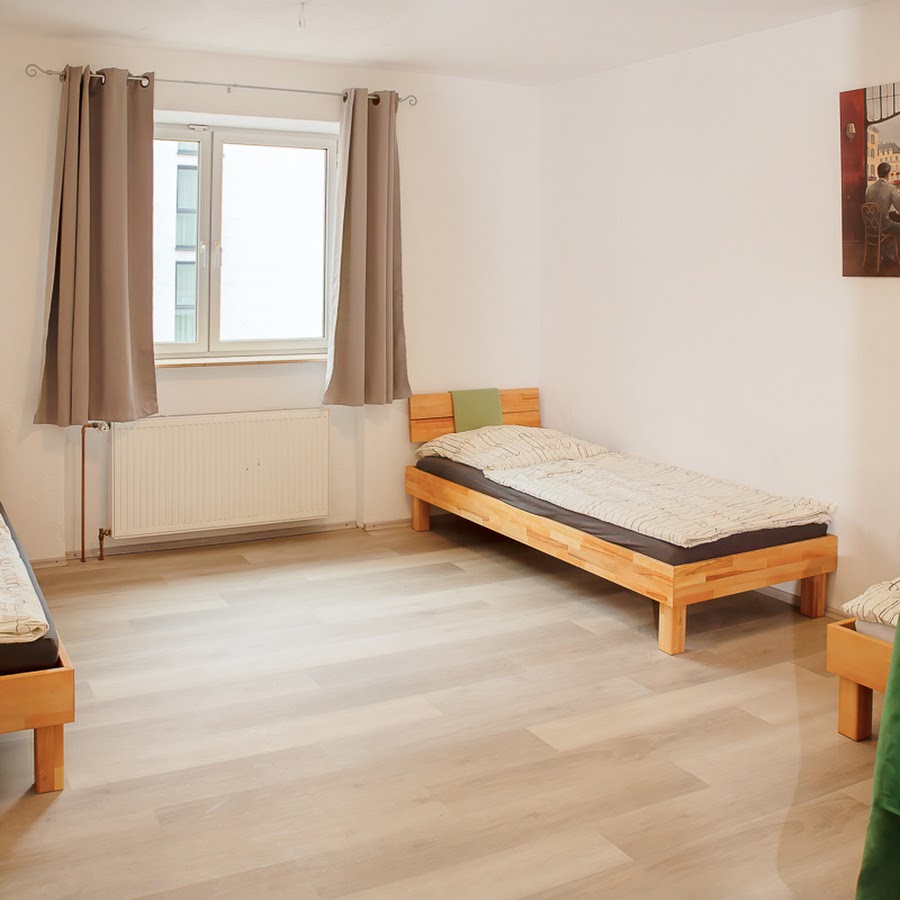
myMINGA Hotel & serviced Apartments
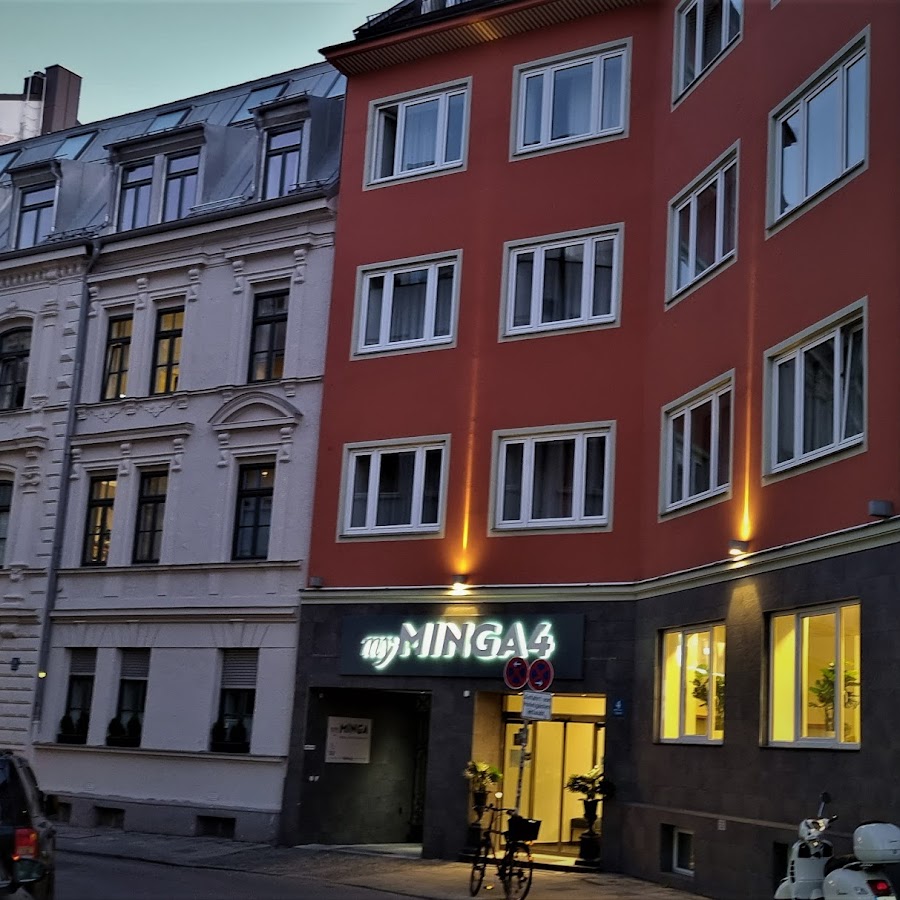
Hotel Italia
a&o Hostel München Hackerbrücke
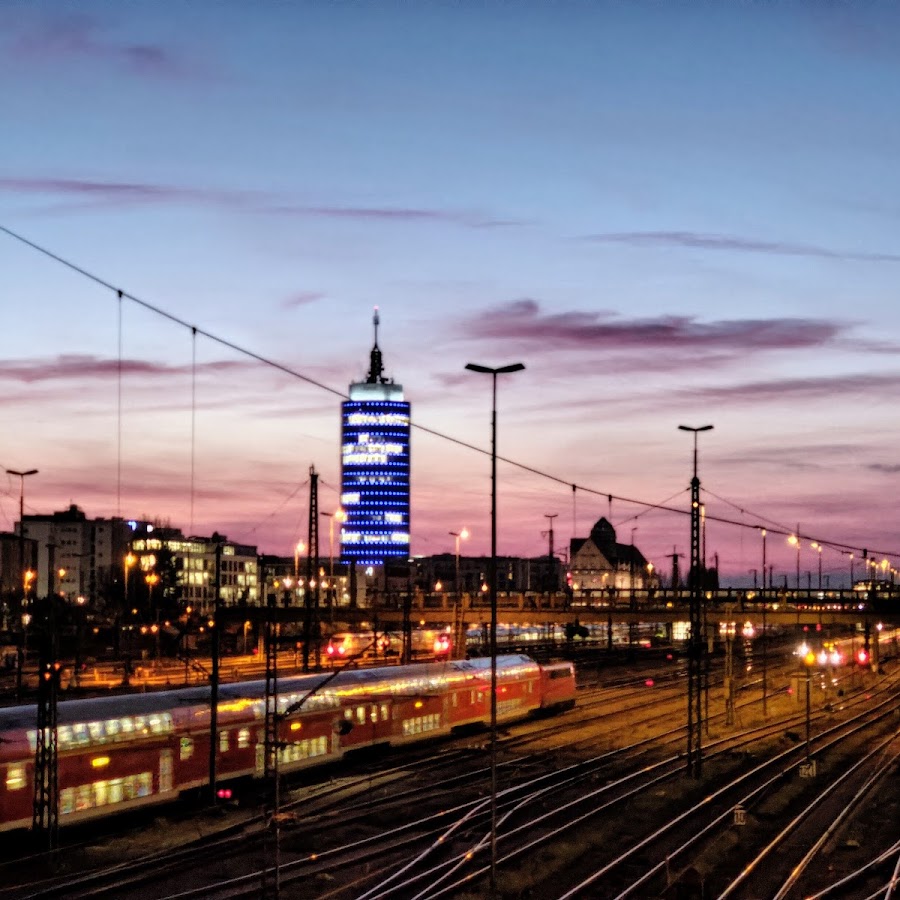
The Lifestyle Hotel
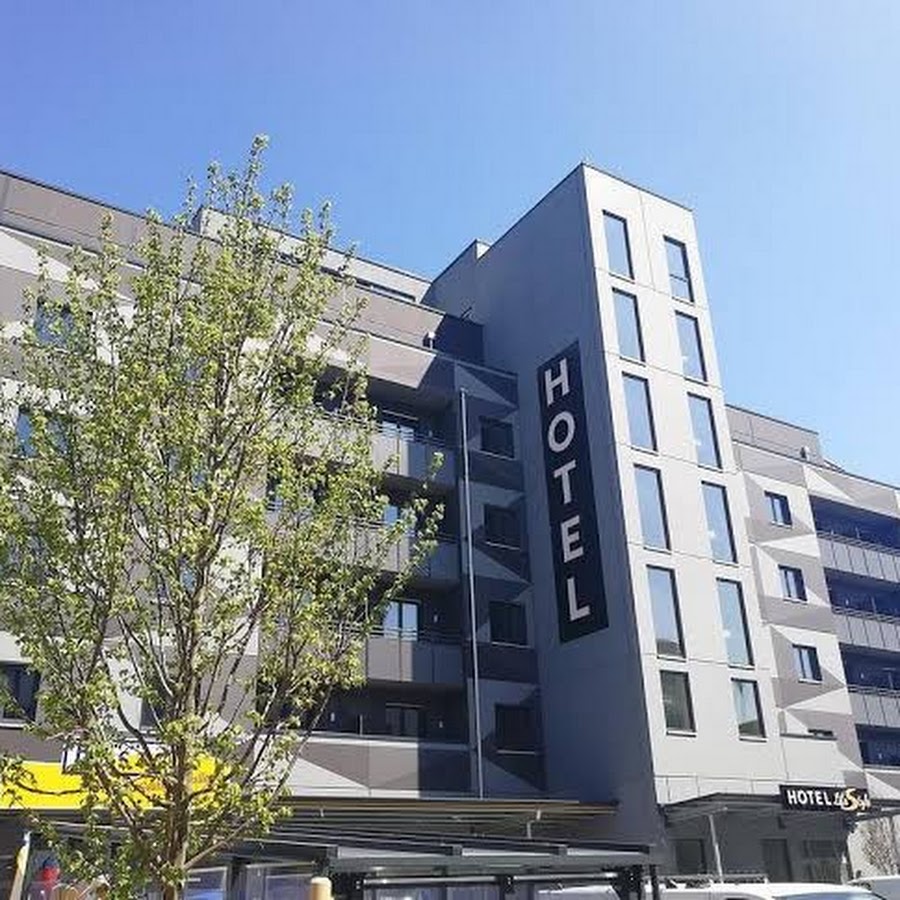
Pension Margit
Bold Hotel München Zentrum
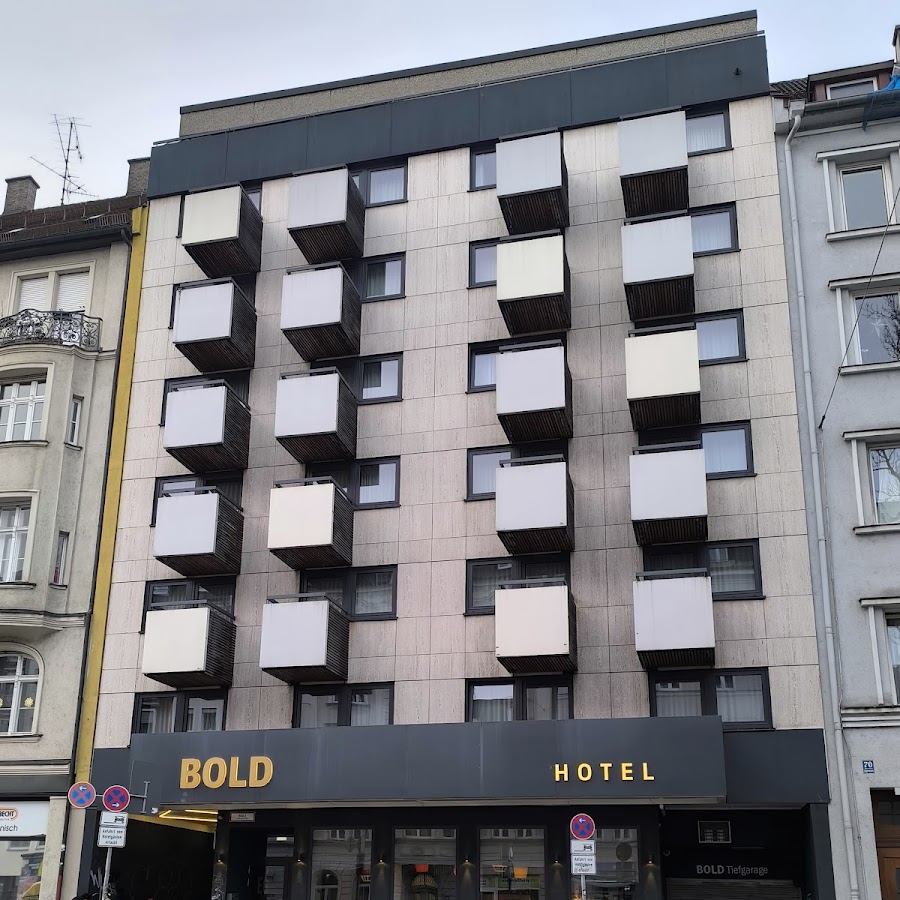
Hotel Säntis
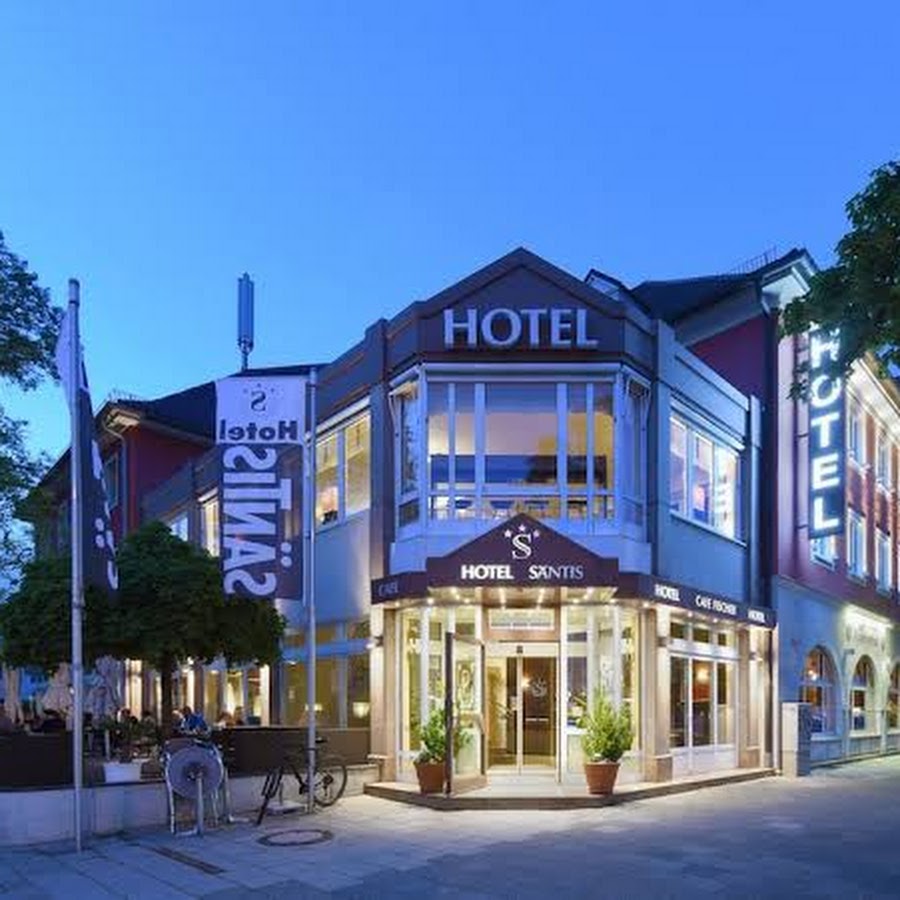
Best Western Hotel Arabellapark München

Seibel's Park-Hotel
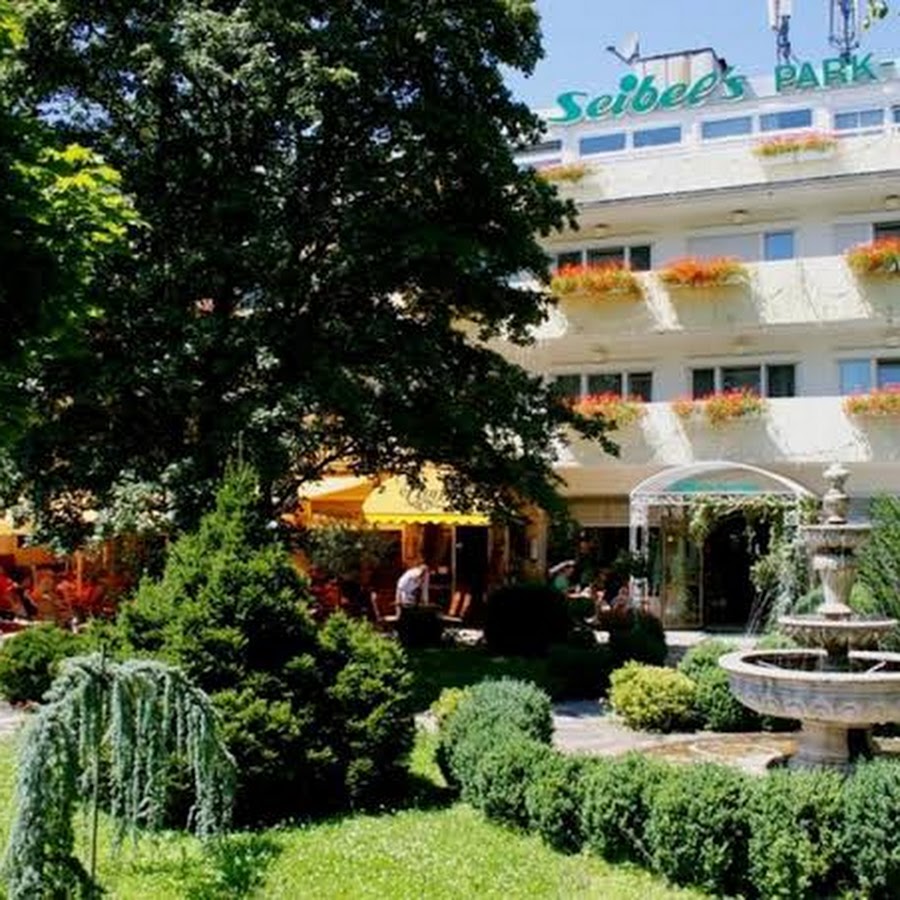
K+K Hotel am Harras München
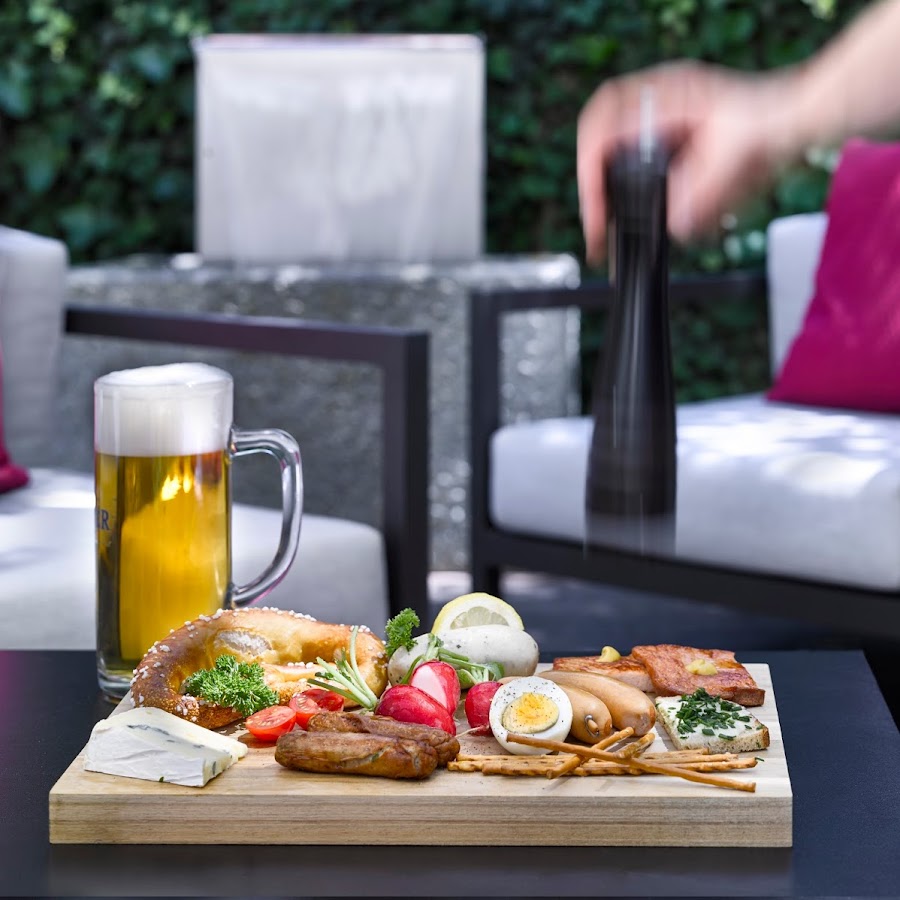
House of Hütter | Hotel Münchner Kindl

KING's HOTEL Center München
Bavaria Boutique Hotel
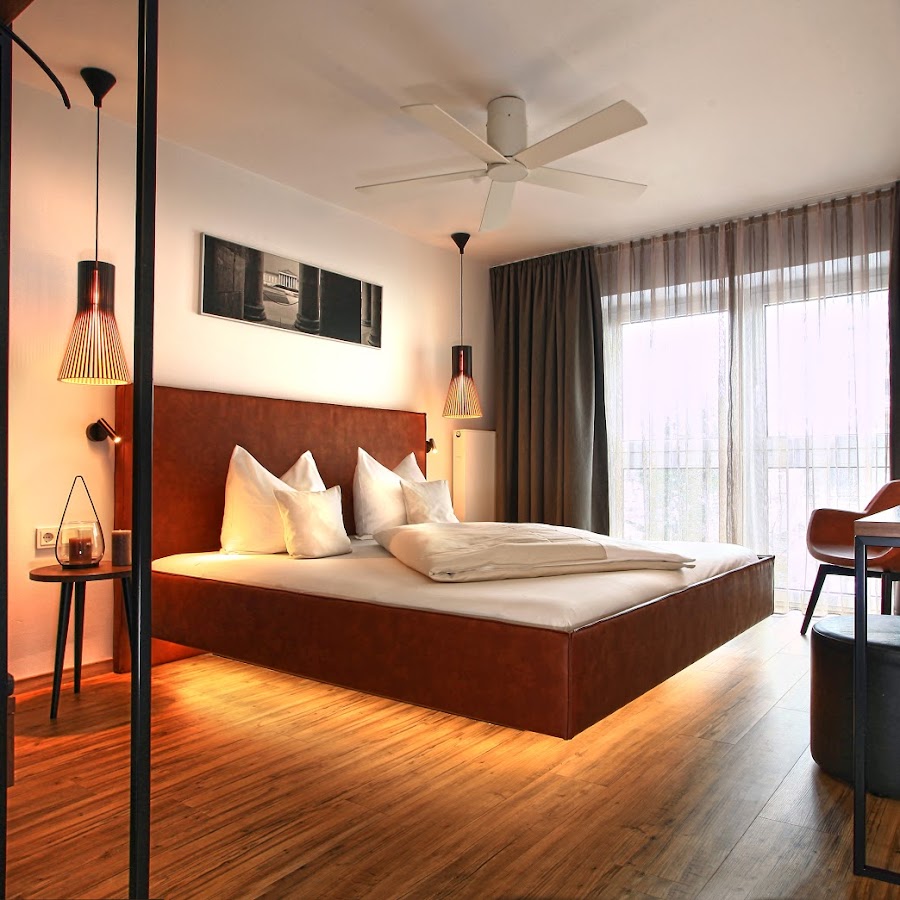
Buddy Hotel
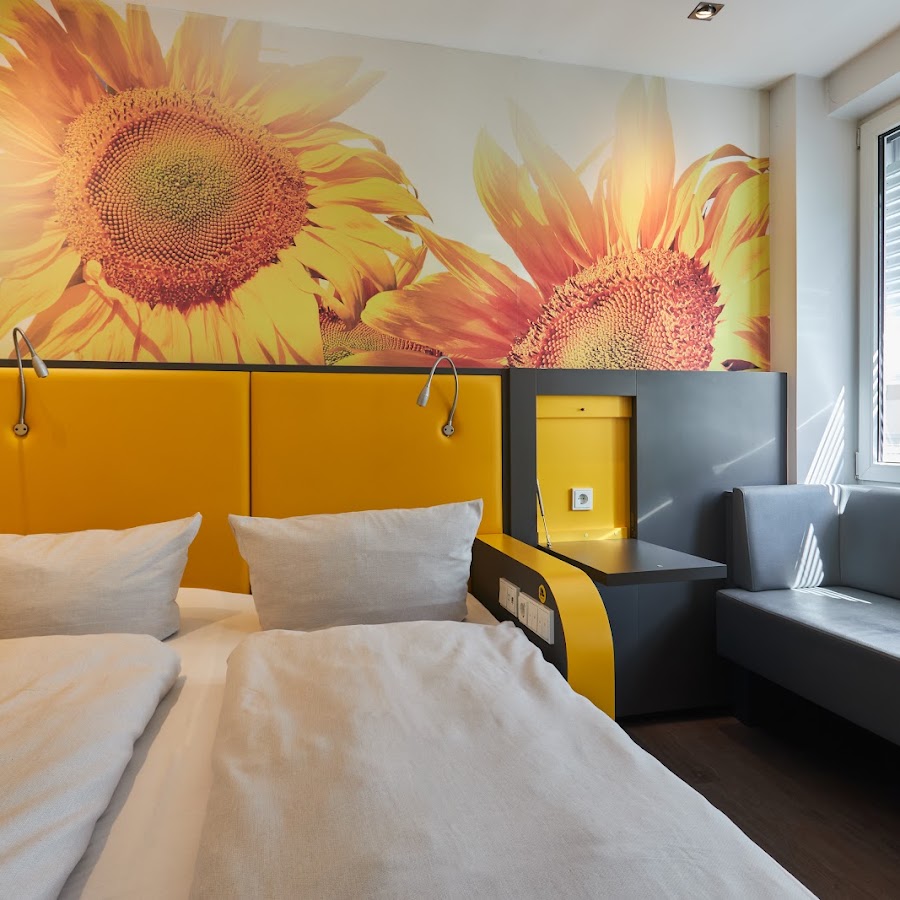
THE FLAG München M.
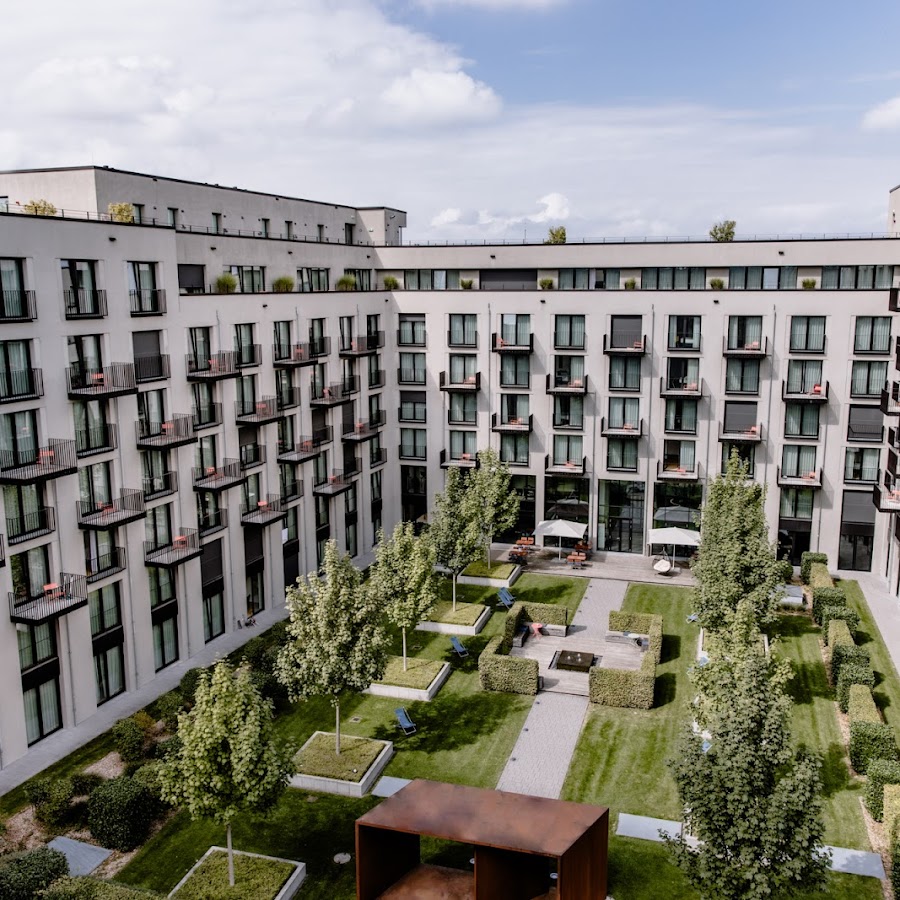
Mercure Muenchen City Schwabing
Leonardo Hotel München City West
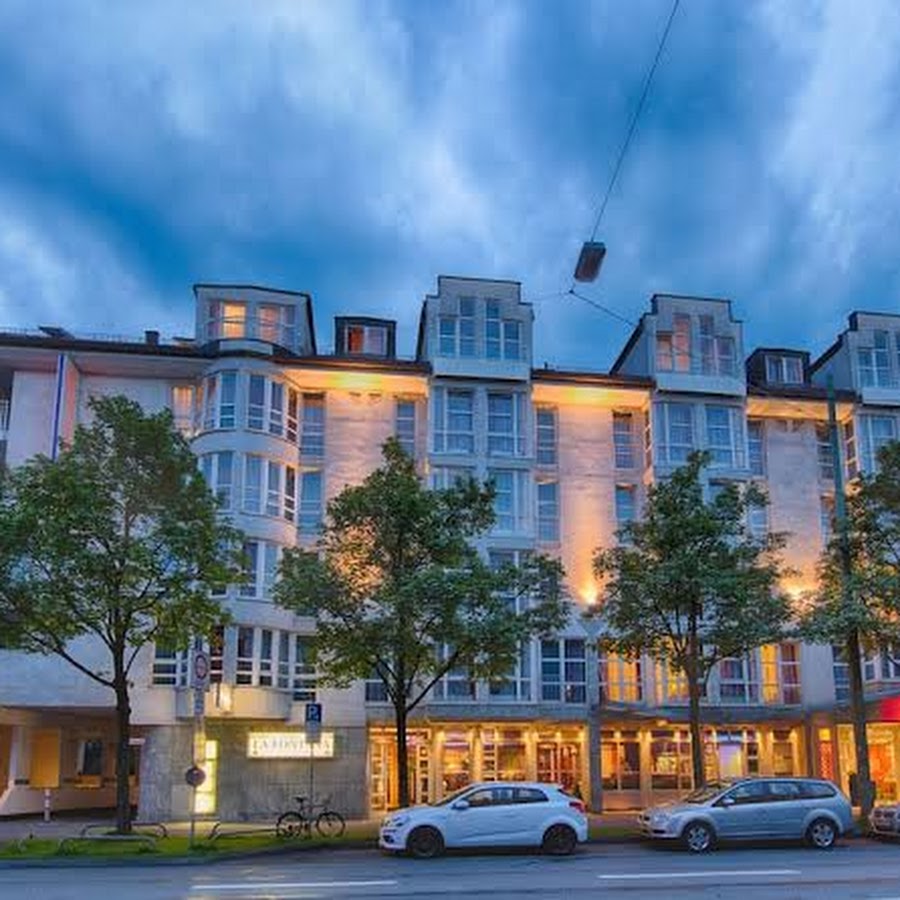
Hotel Vier Jahreszeiten Kempinski München
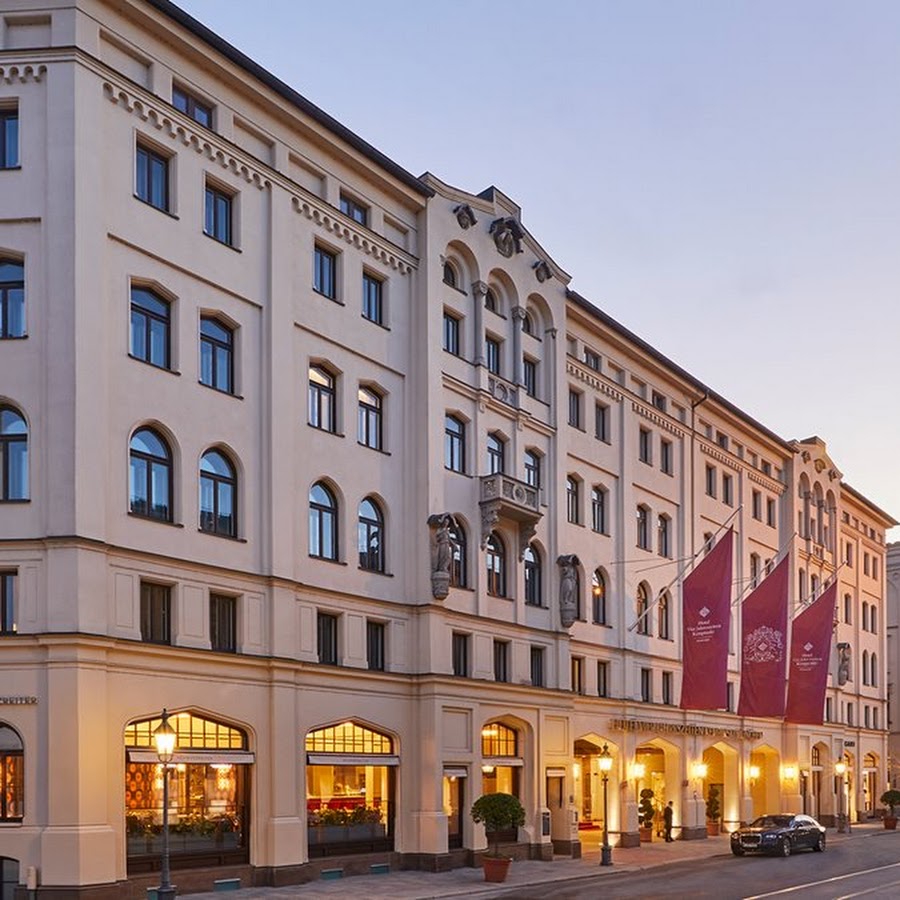
mk | hotel münchen city
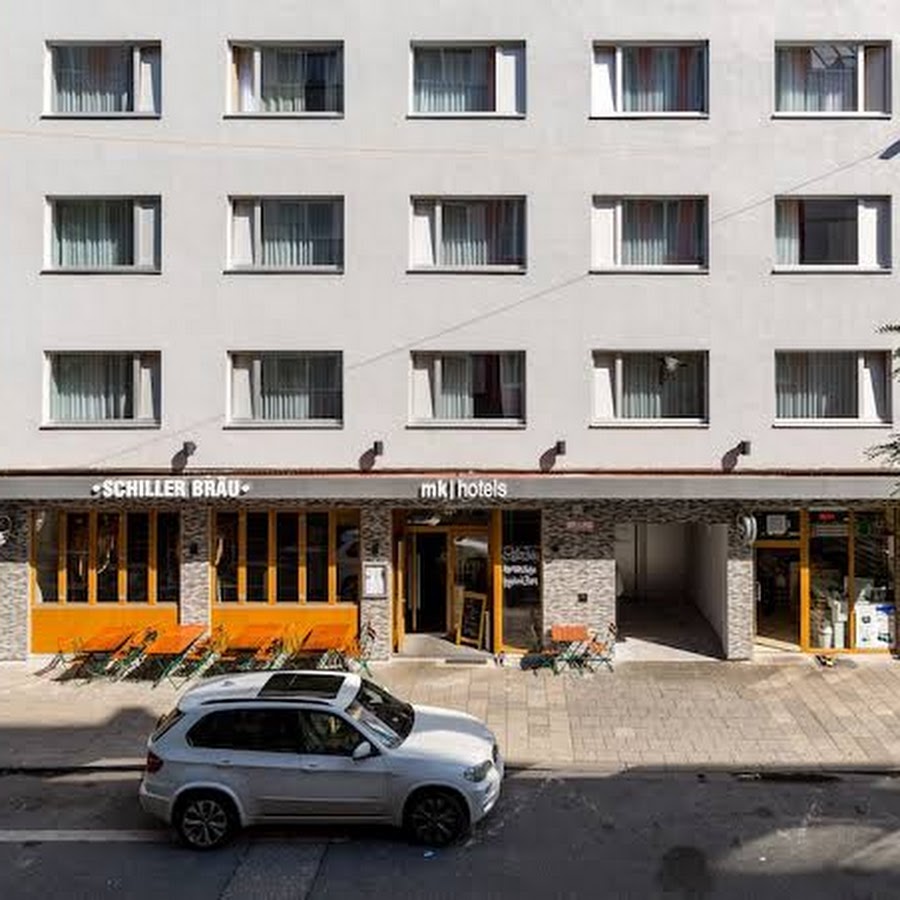
Hotel NH München Ost Conference Center
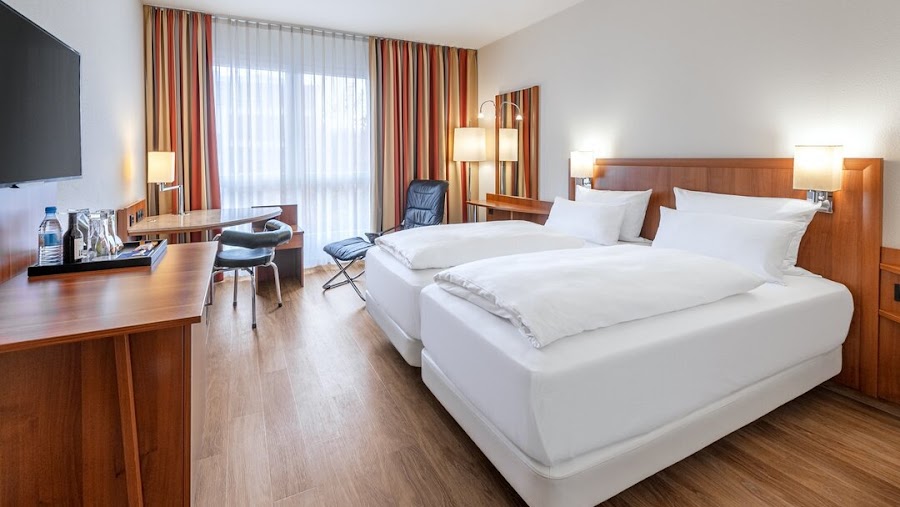
Novotel Muenchen City
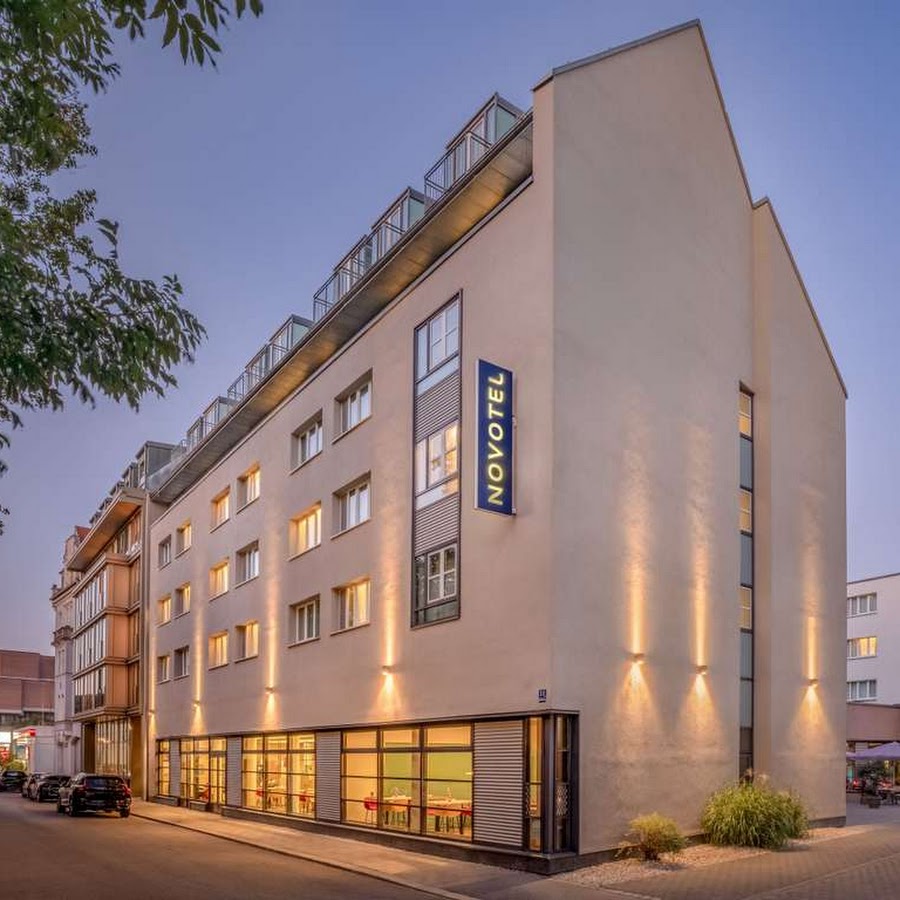
VI VADI HOTEL downtown munich
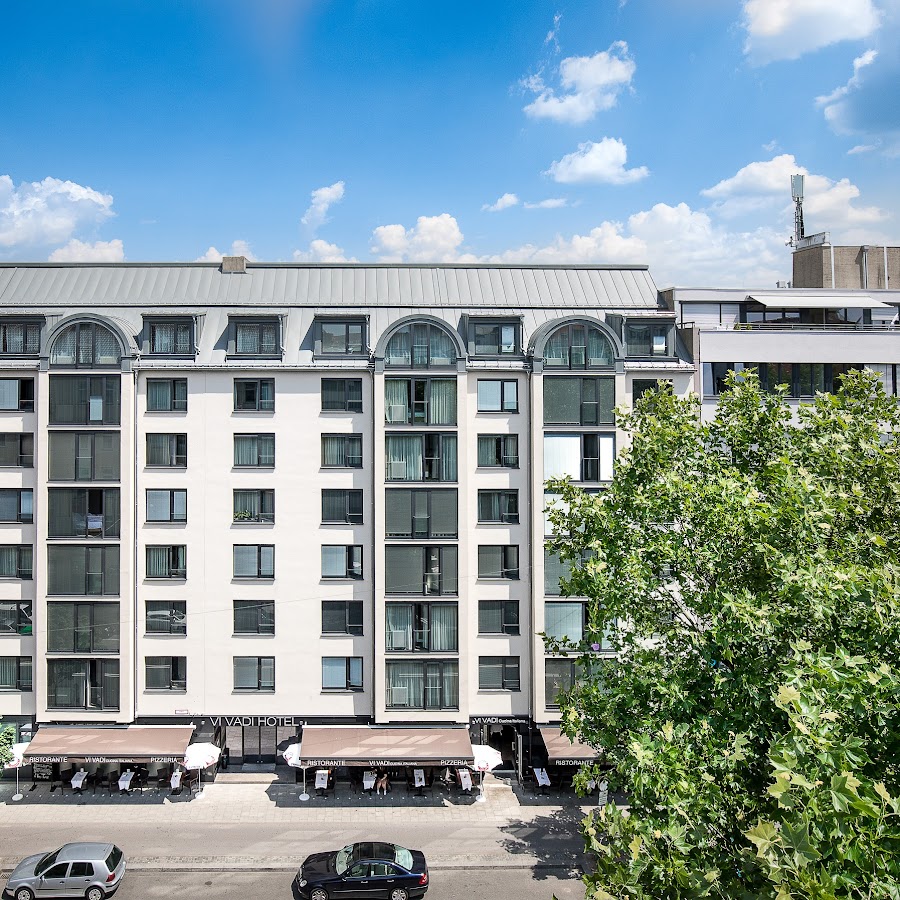
ibis Muenchen City
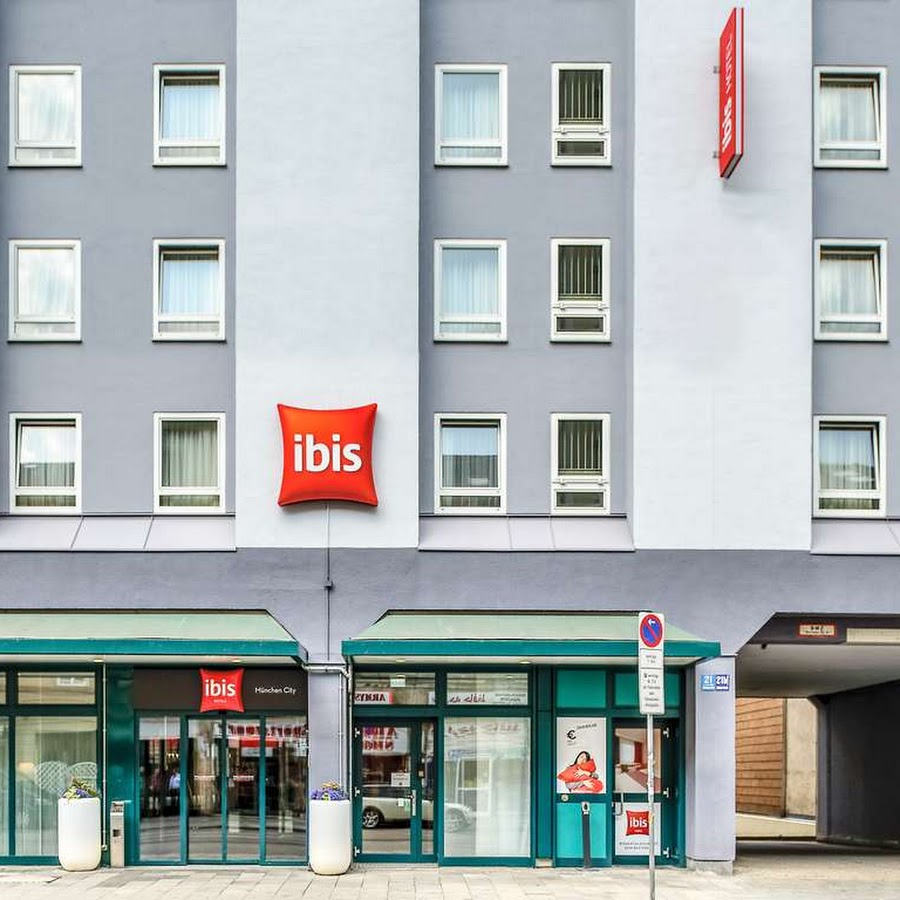
Schwan Locke, Theresienwiese
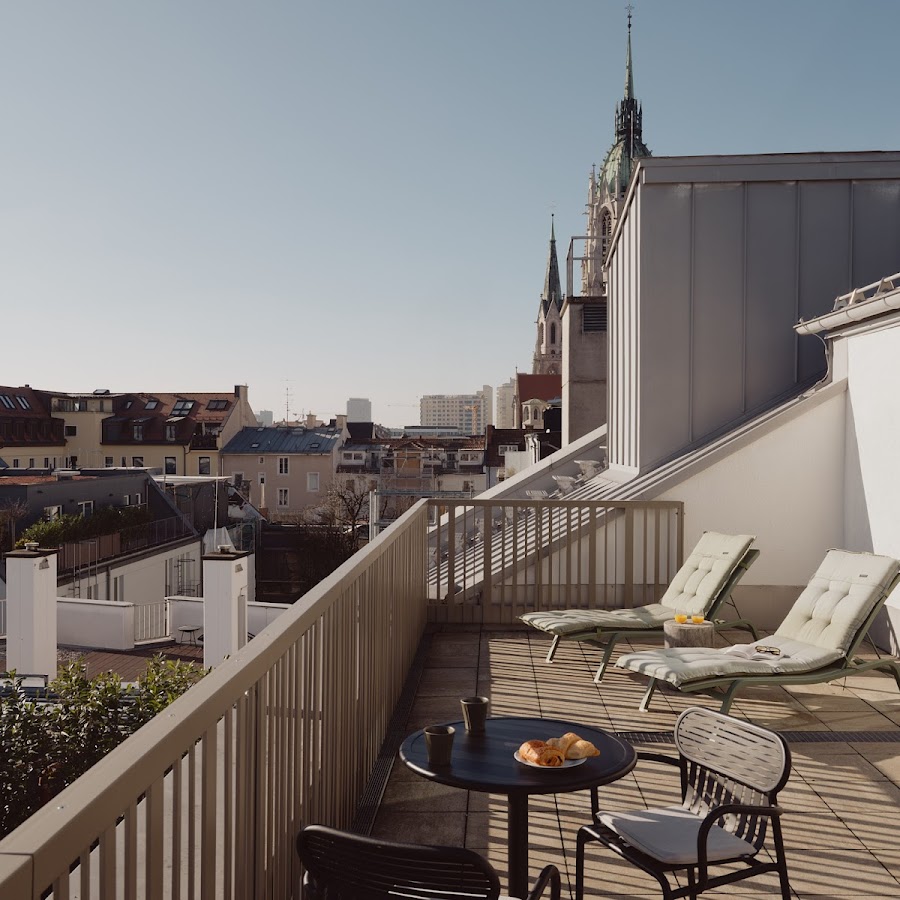
ibis Muenchen City West
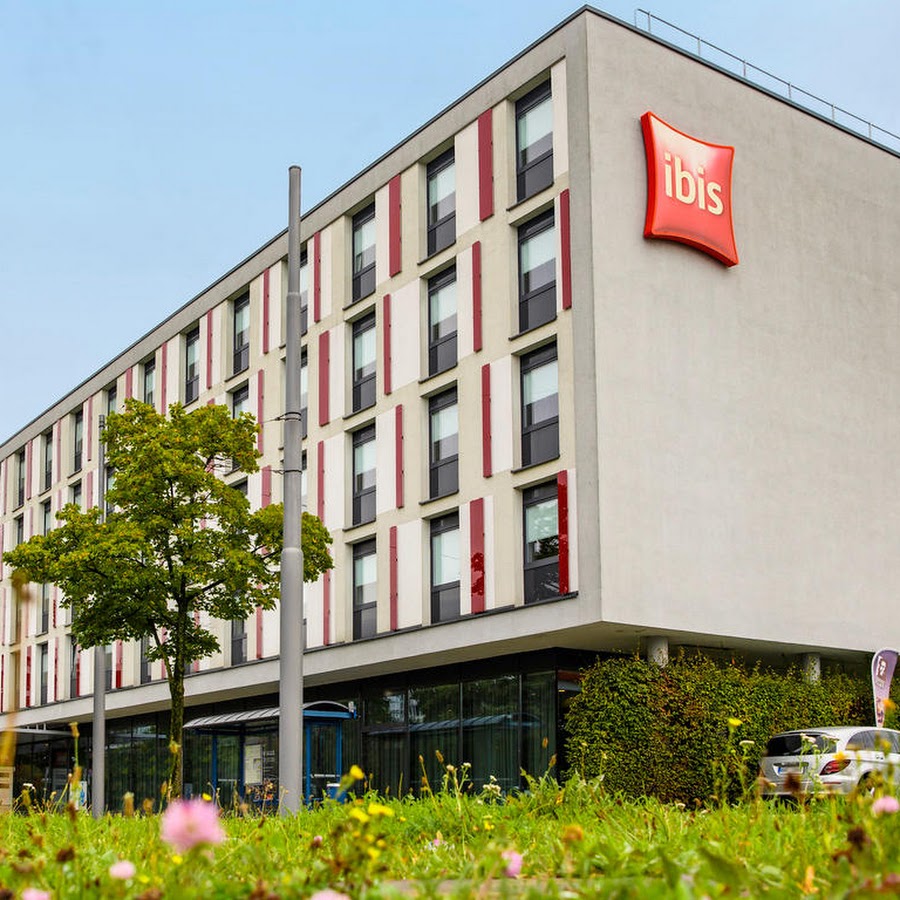
B&B HOTEL München-Hbf
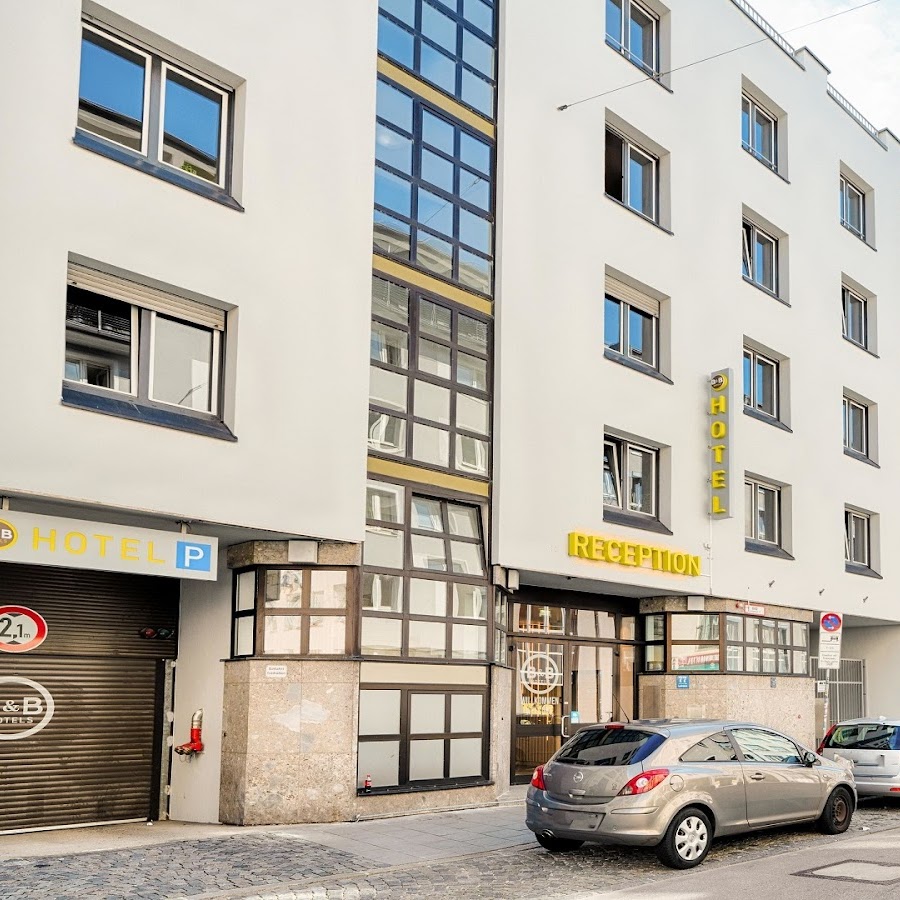
Das Schreder Hotel
ACHAT Hotel München Süd
Scheck Hotel
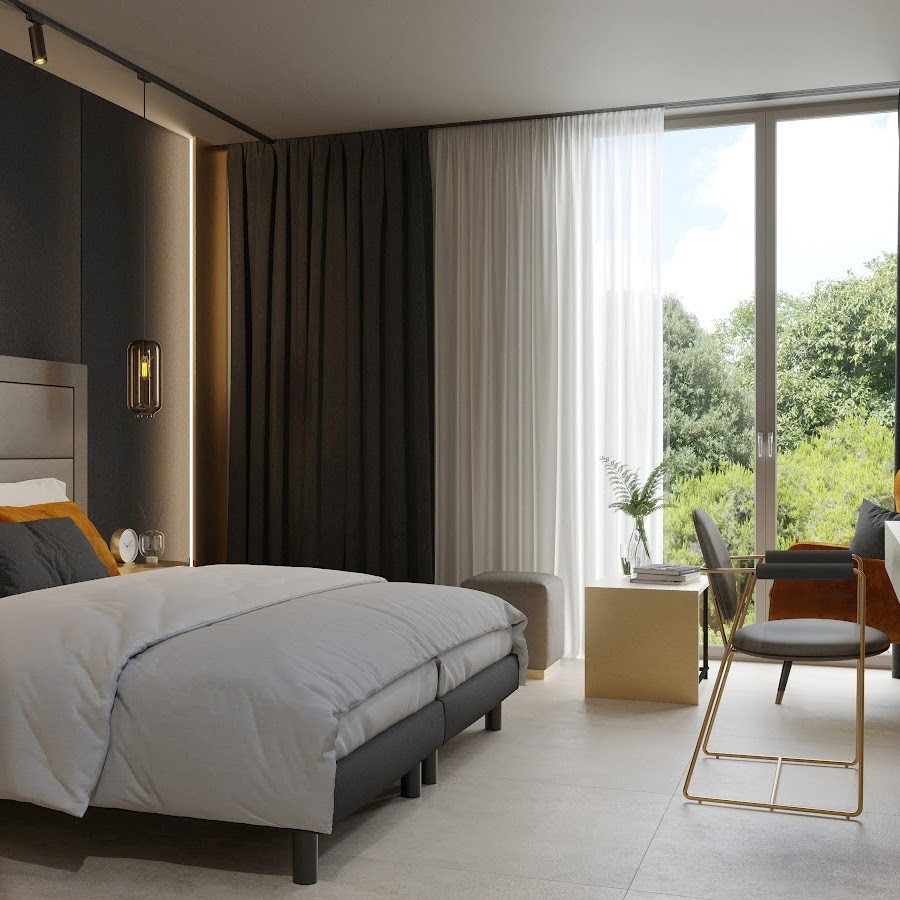
Hotel Ambiente
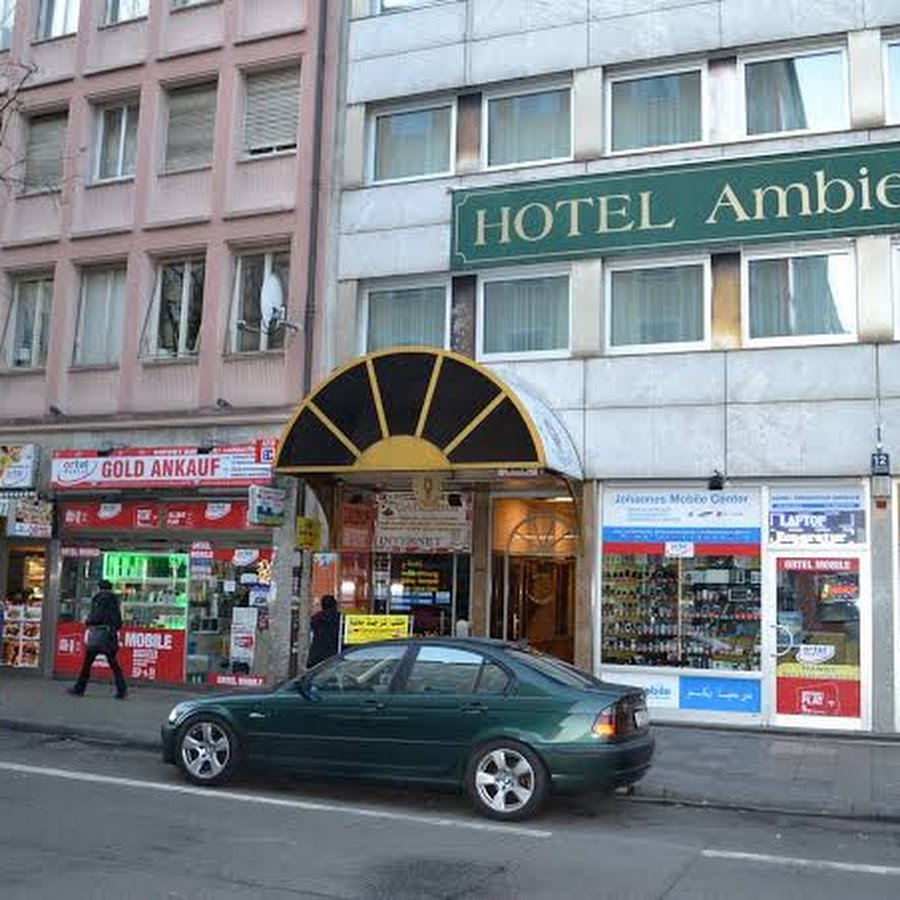
Hotel New Fair Munich Messe
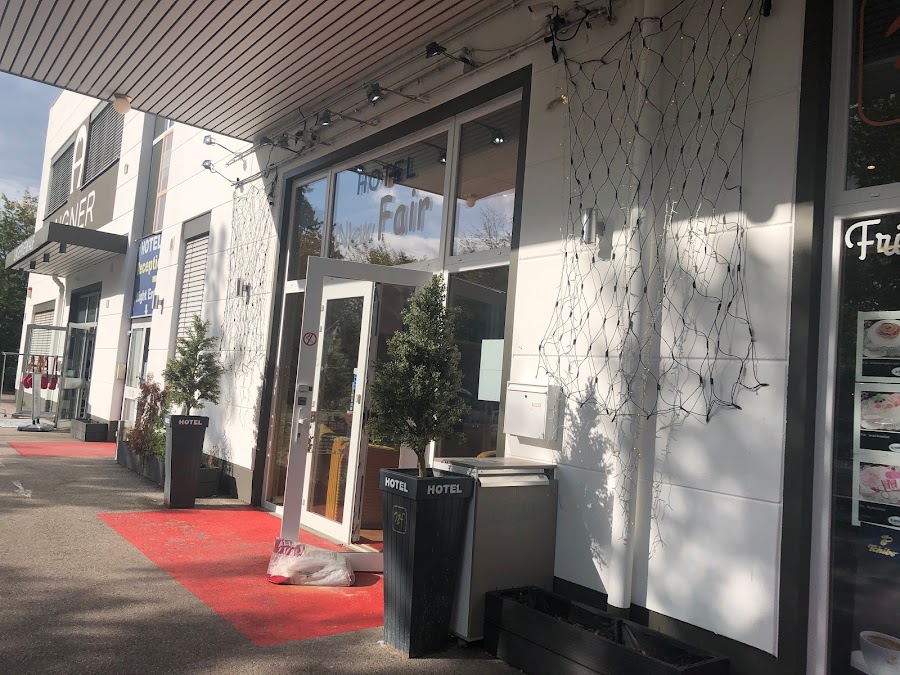
Landgasthof Deutsche Eiche
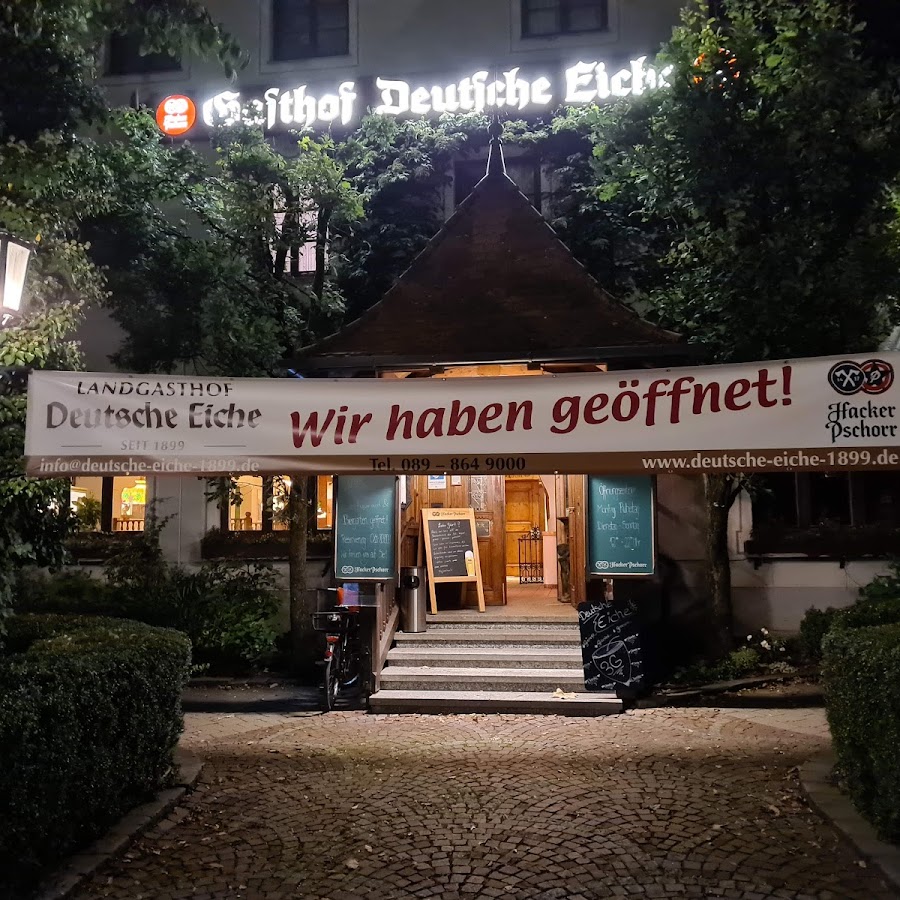
Hotel New Orly München

Hotel Leopold
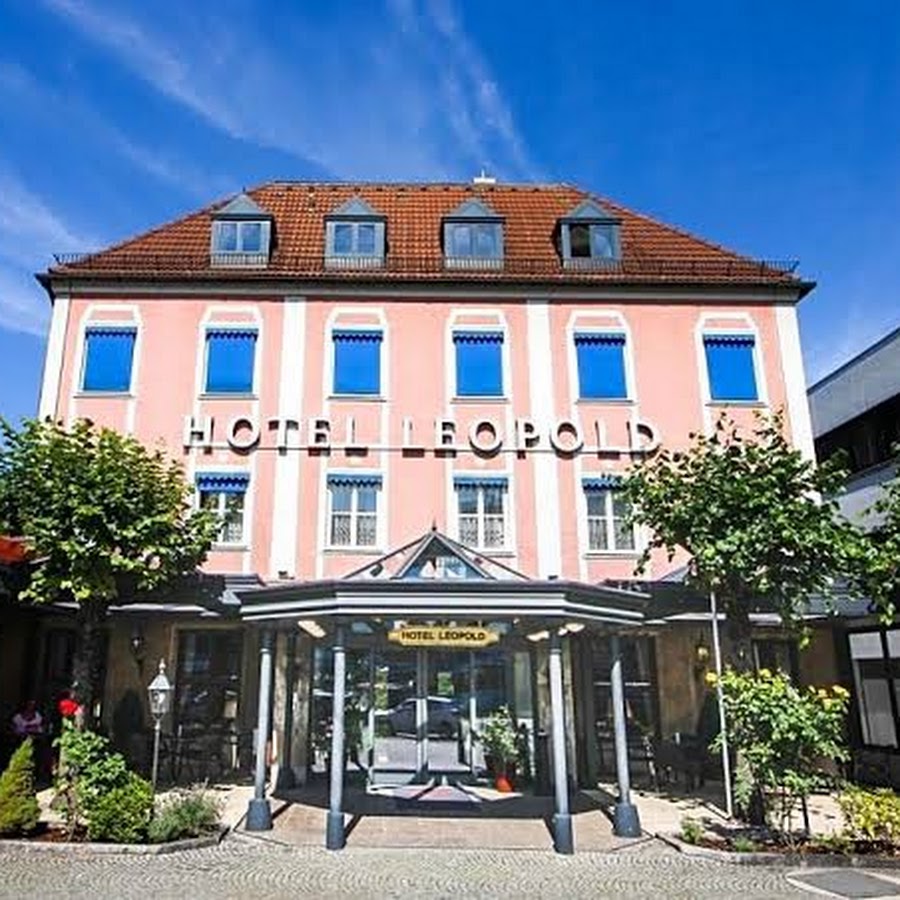
Hotel Arena Stadt München
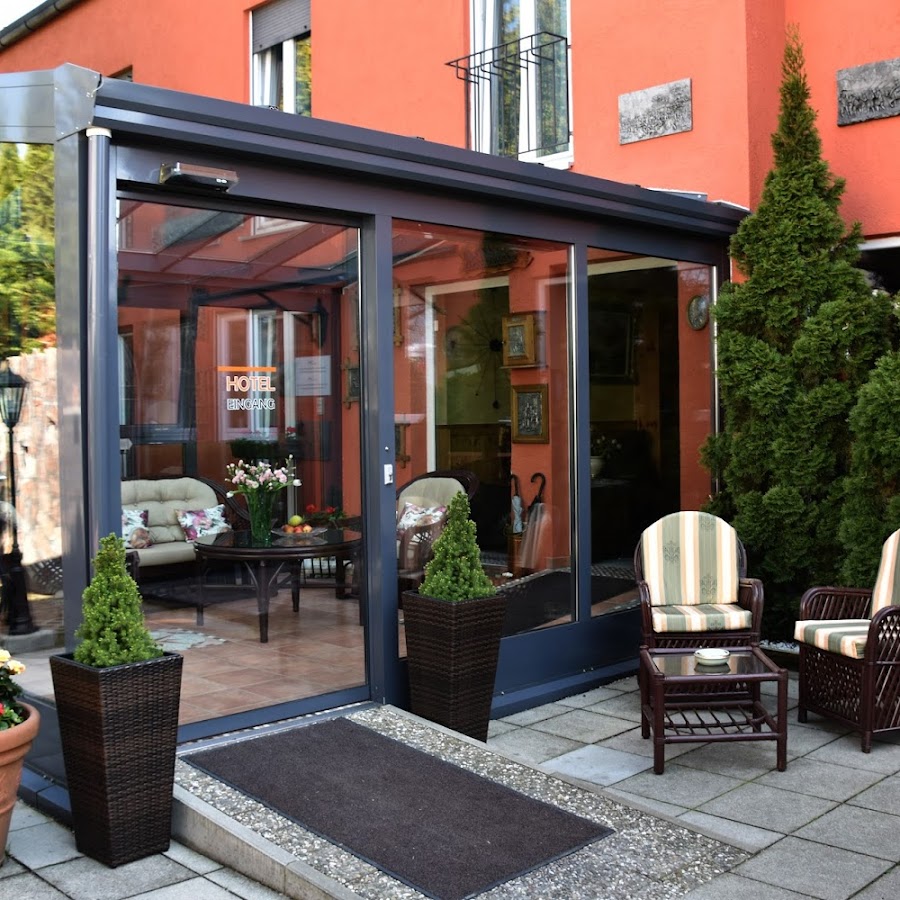
Flemings Hotel München-Schwabing
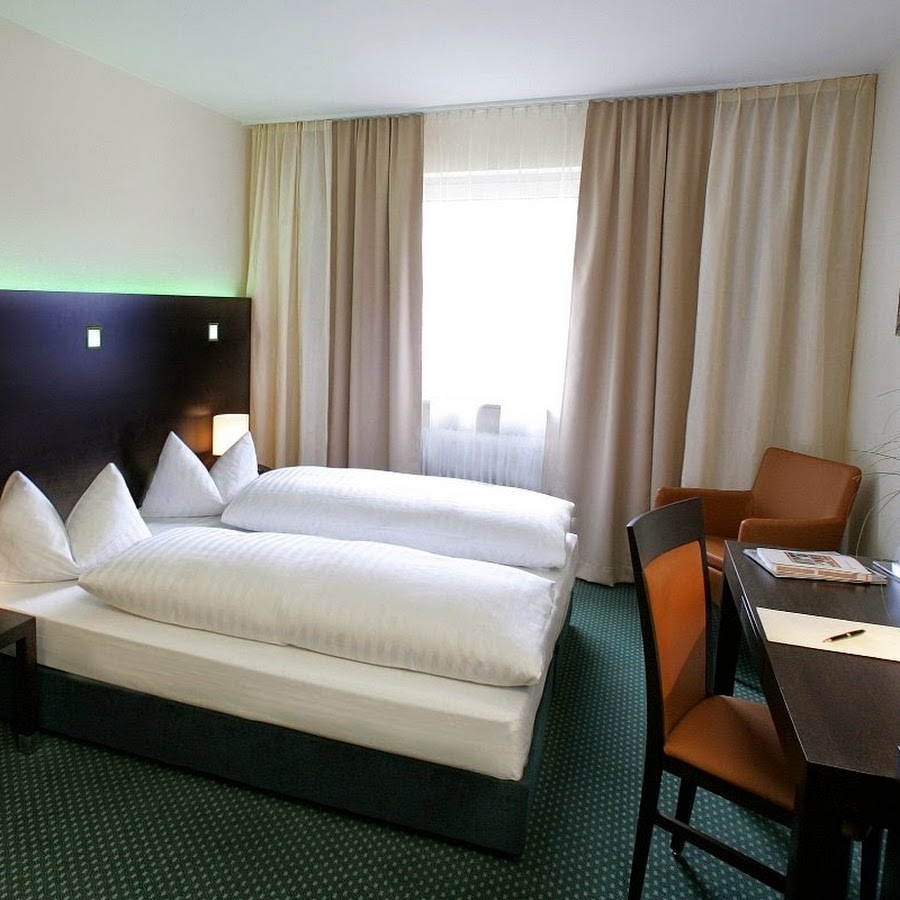
Hotel Bayerischer Hof, Munich
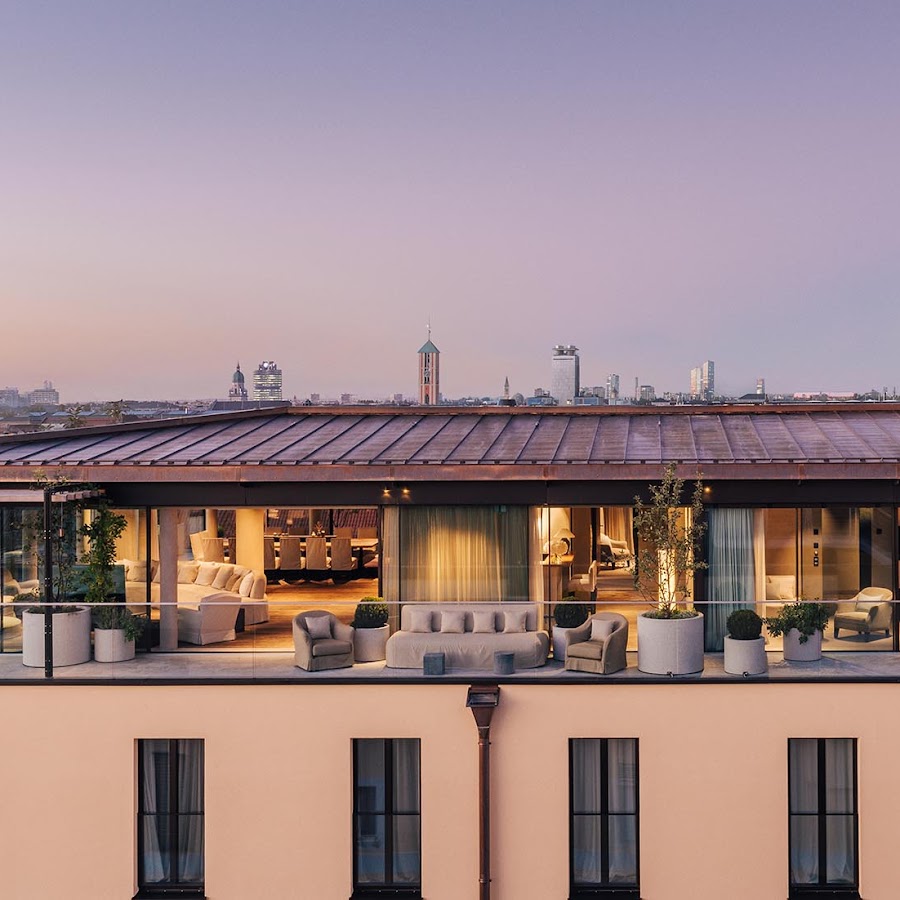
Pension am Hauptbahnhof
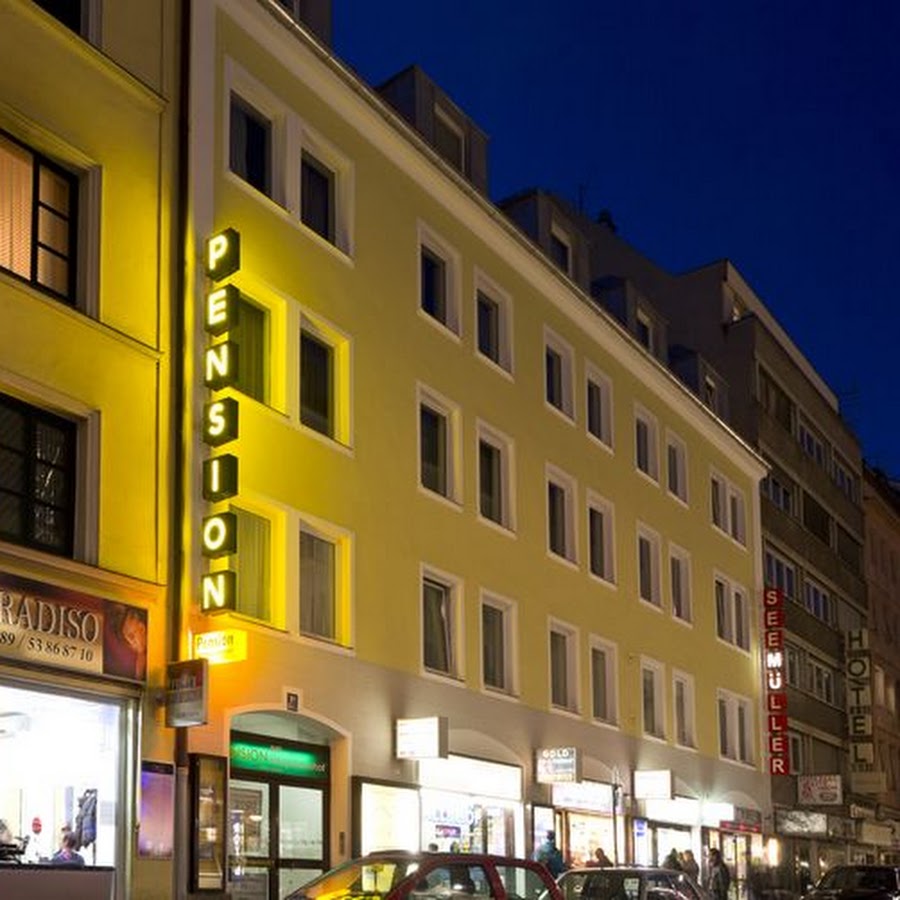
Numa Munich Viktoria
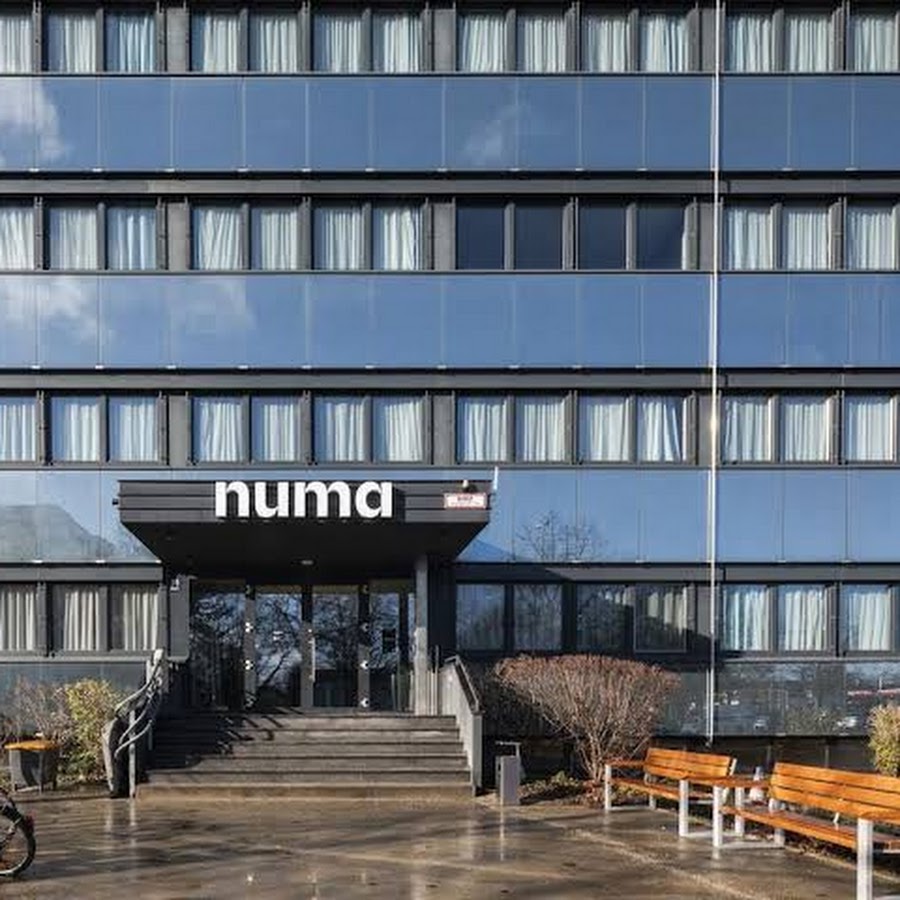
Hotel Moosbichl
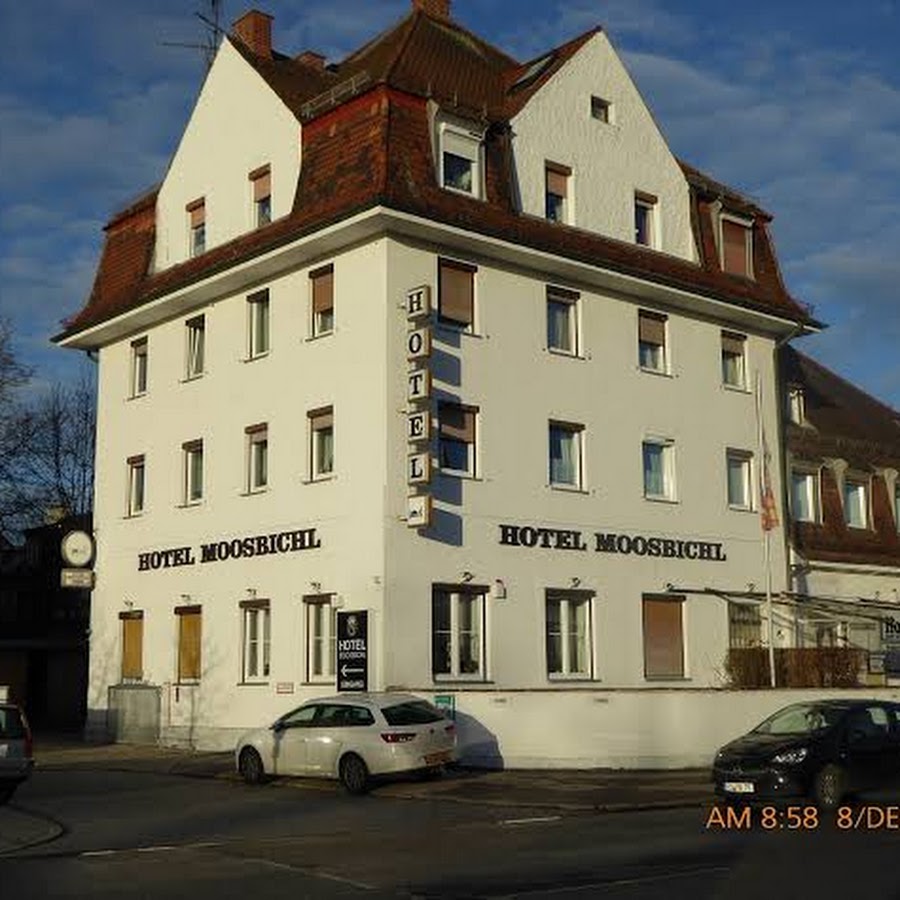
B&B HOTEL München City-West
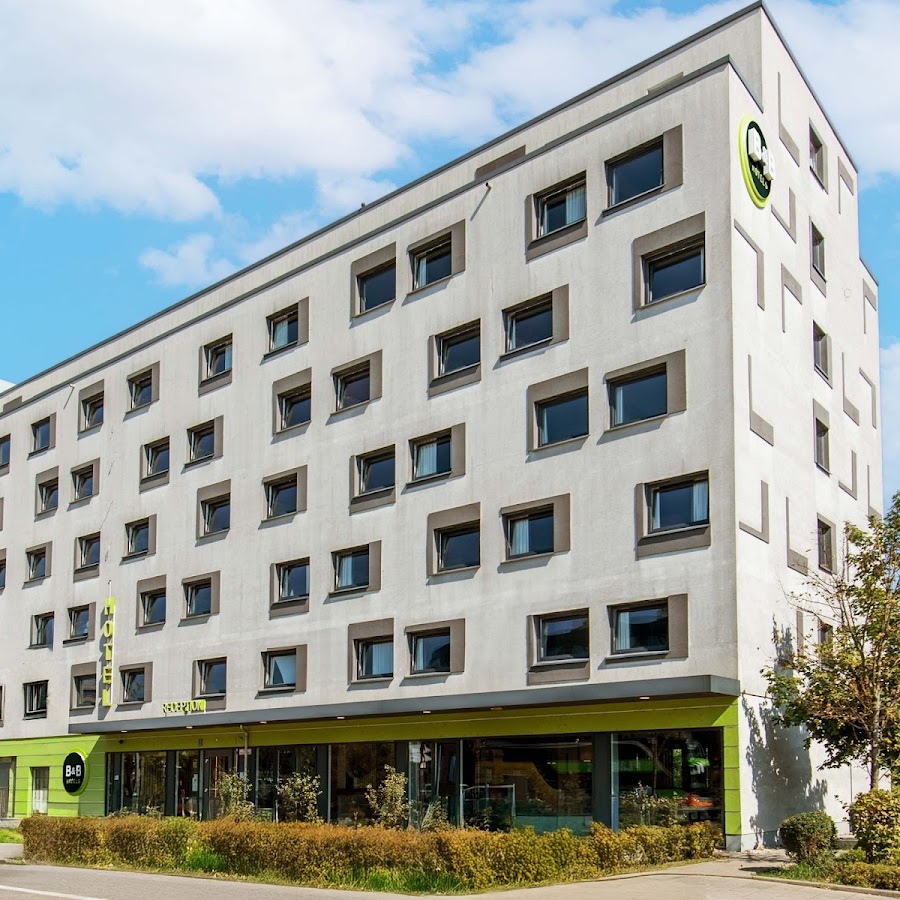
MASEVEN Munich Trudering
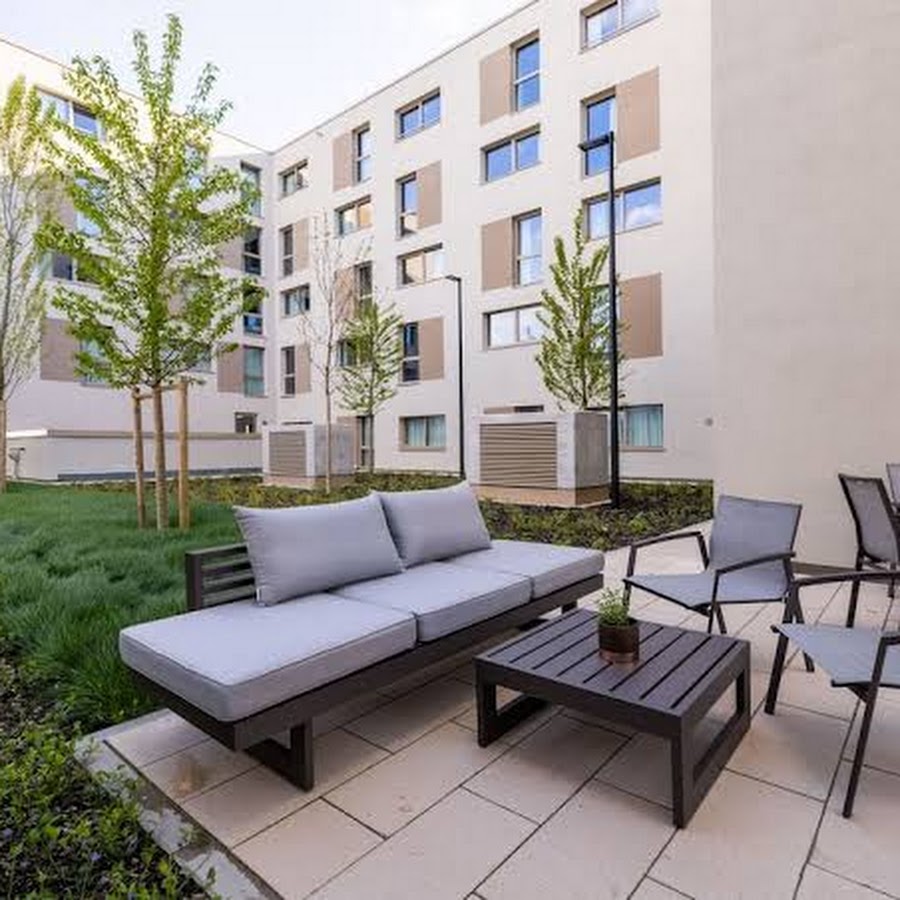
Hotel am Sendlinger Tor
Metropol by Maier Privathotels
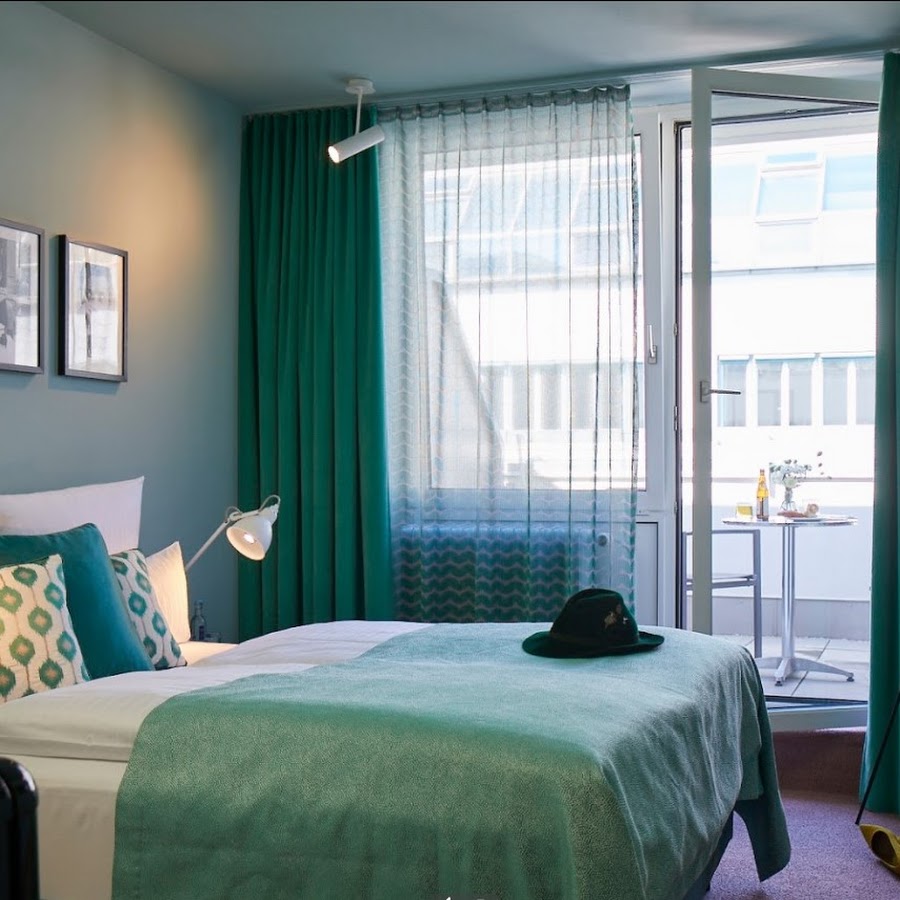
Super 8 by Wyndham Munich City West

25hours Hotel München The Royal Bavarian
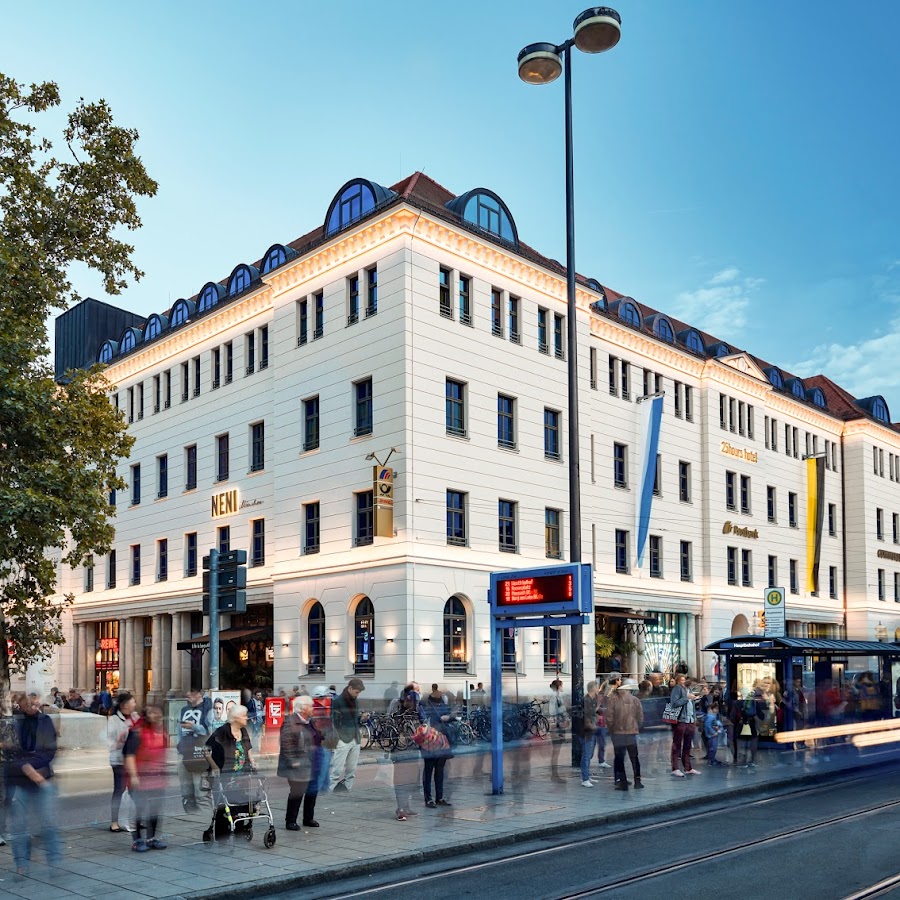
Munich Marriott Hotel City West
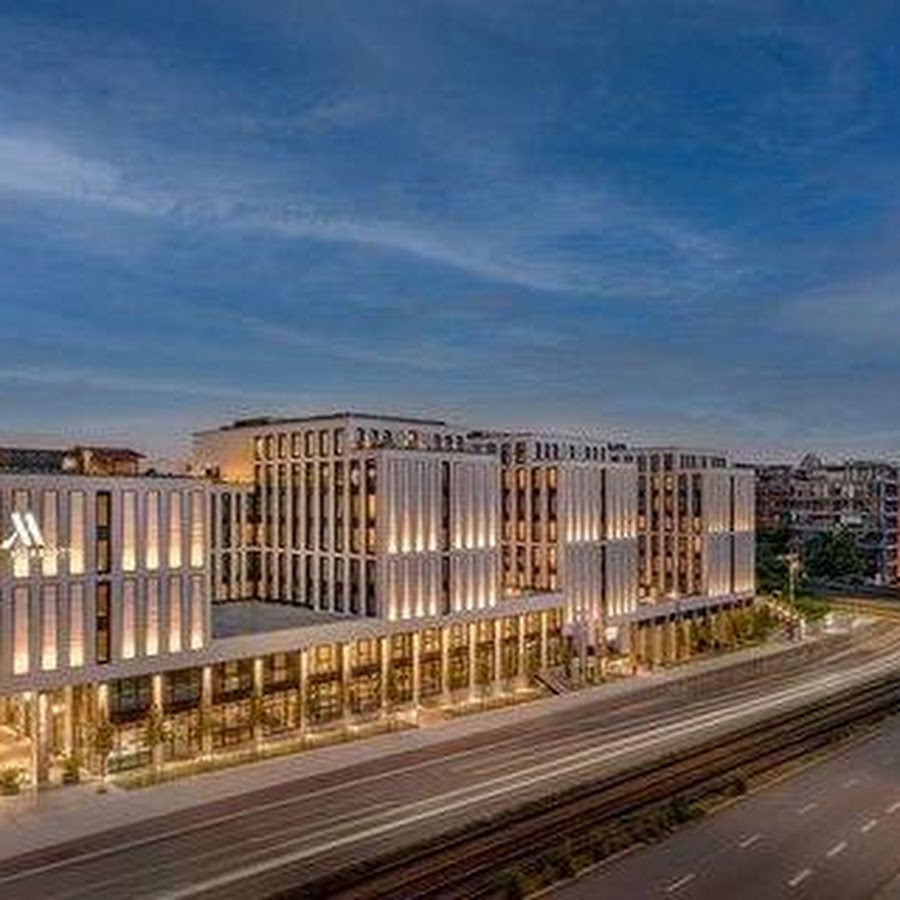
Hotel Creo Munich City
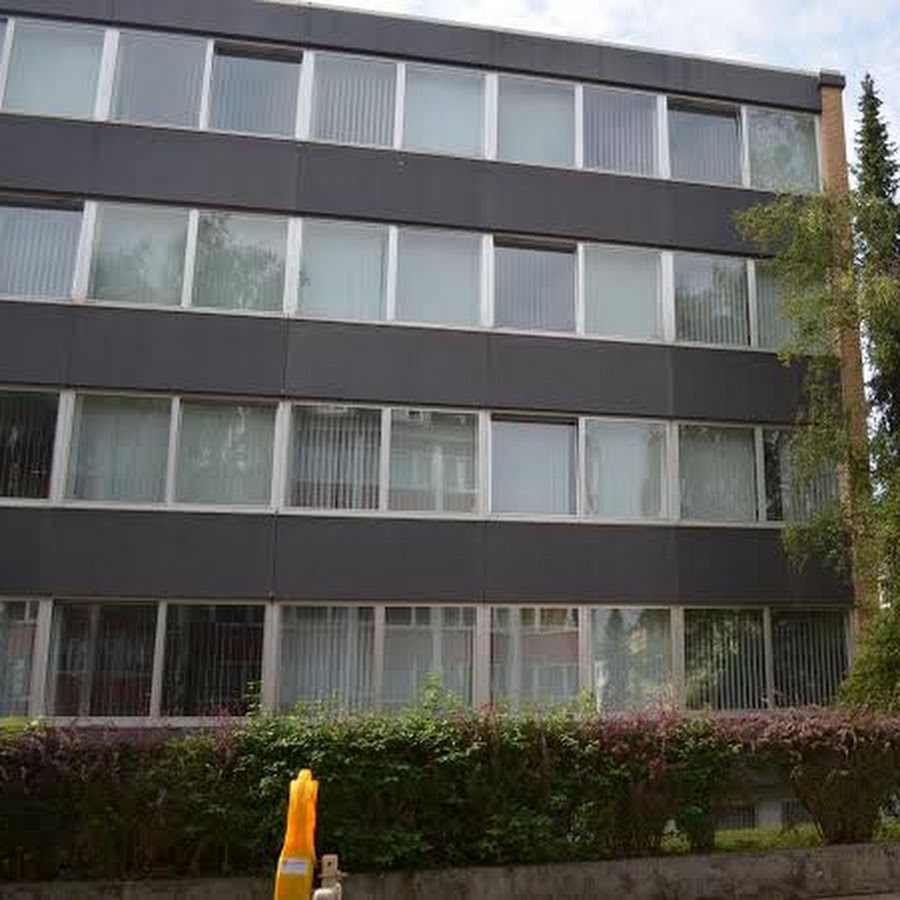
ibis Muenchen City Ost
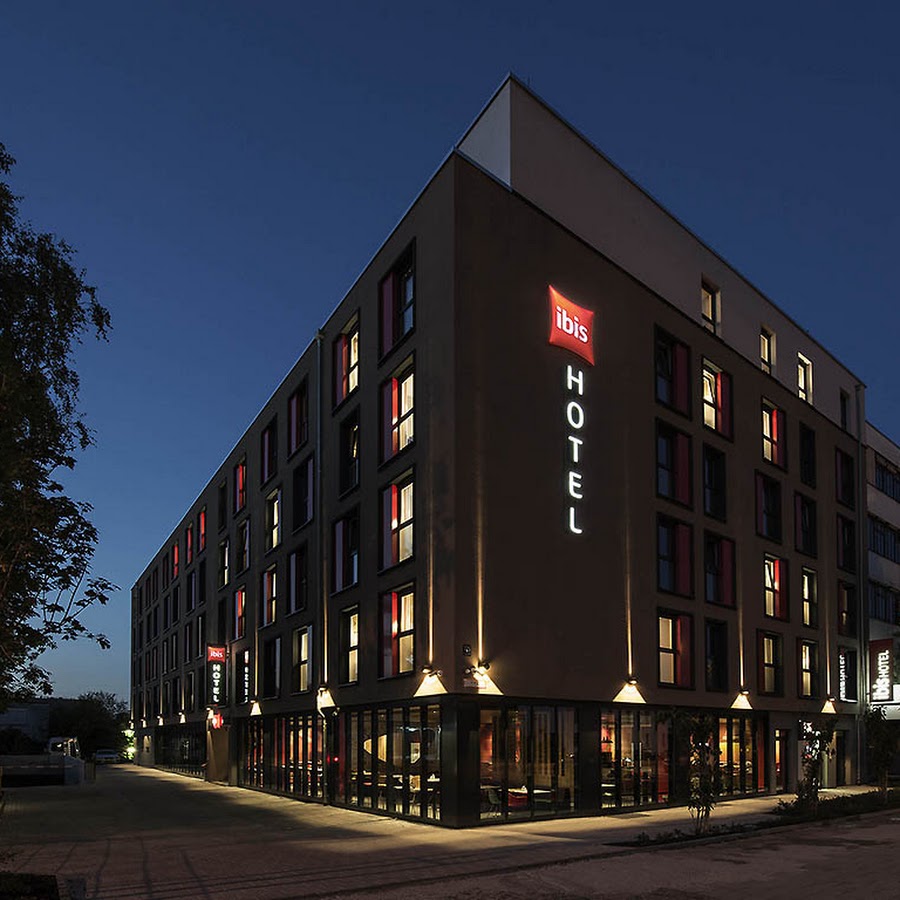
ibis Muenchen City Arnulfpark
Holiday Inn Express Munich North by IHG
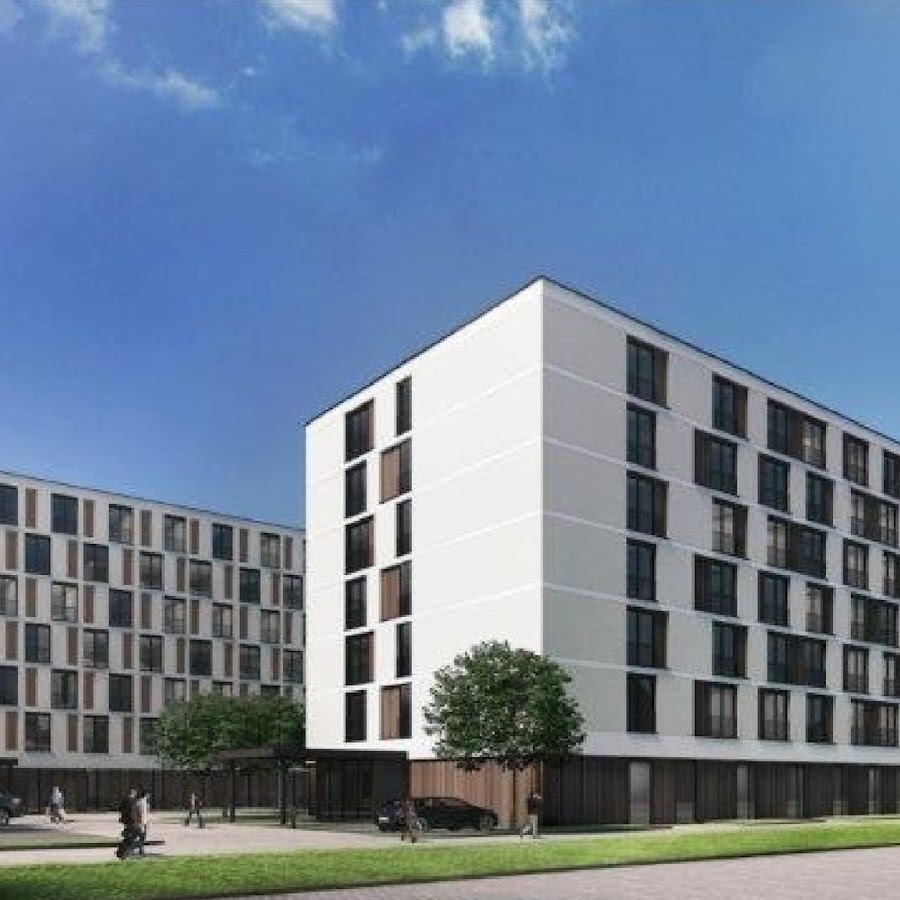
Ausbildungshotel St. Theresia
Courtyard Munich City East
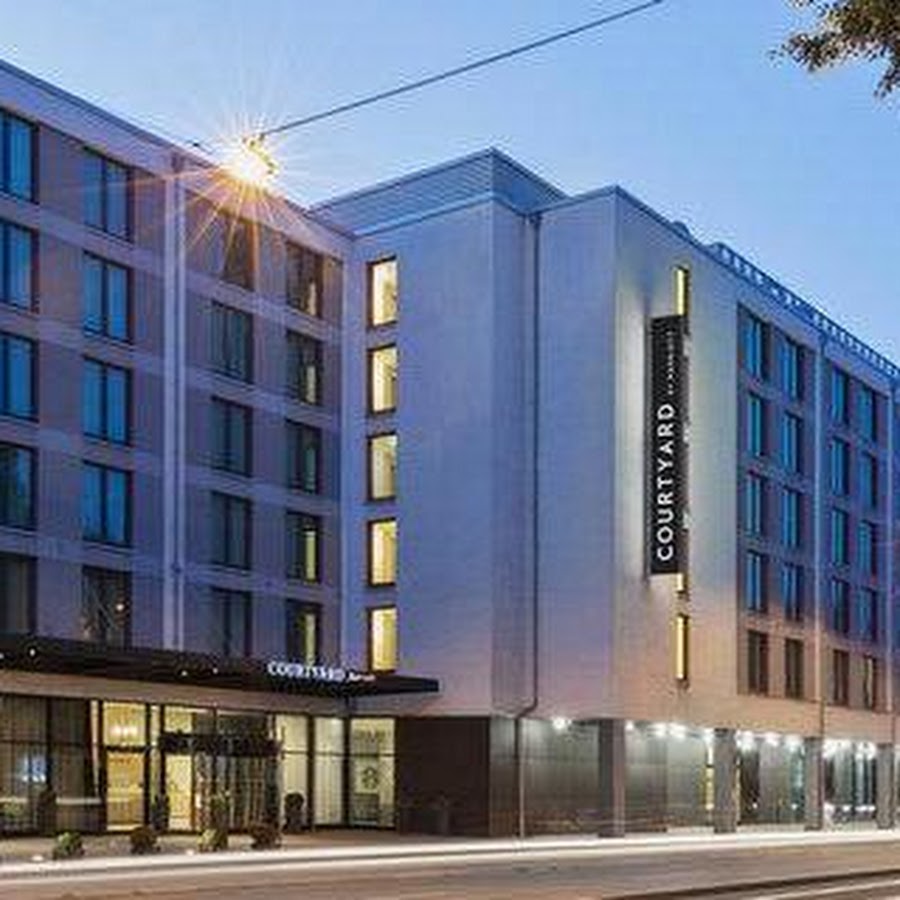
Pullman Munich
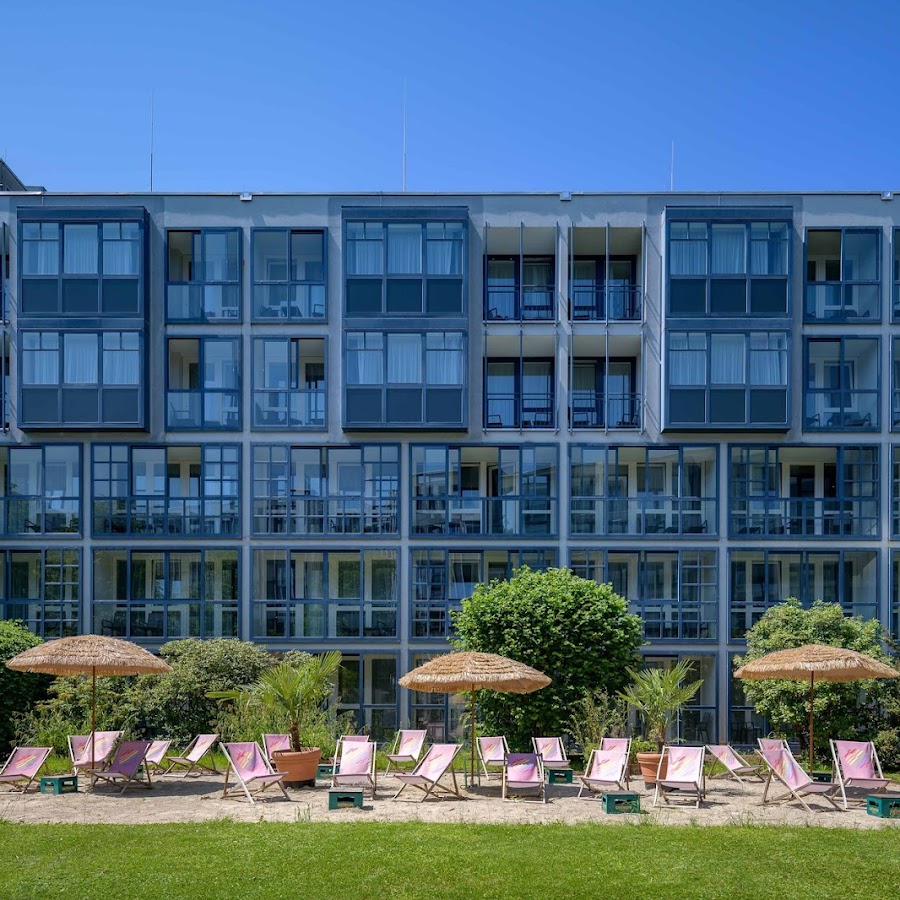
Holiday Inn - the Niu, Fury Aschheim Messe by IHG
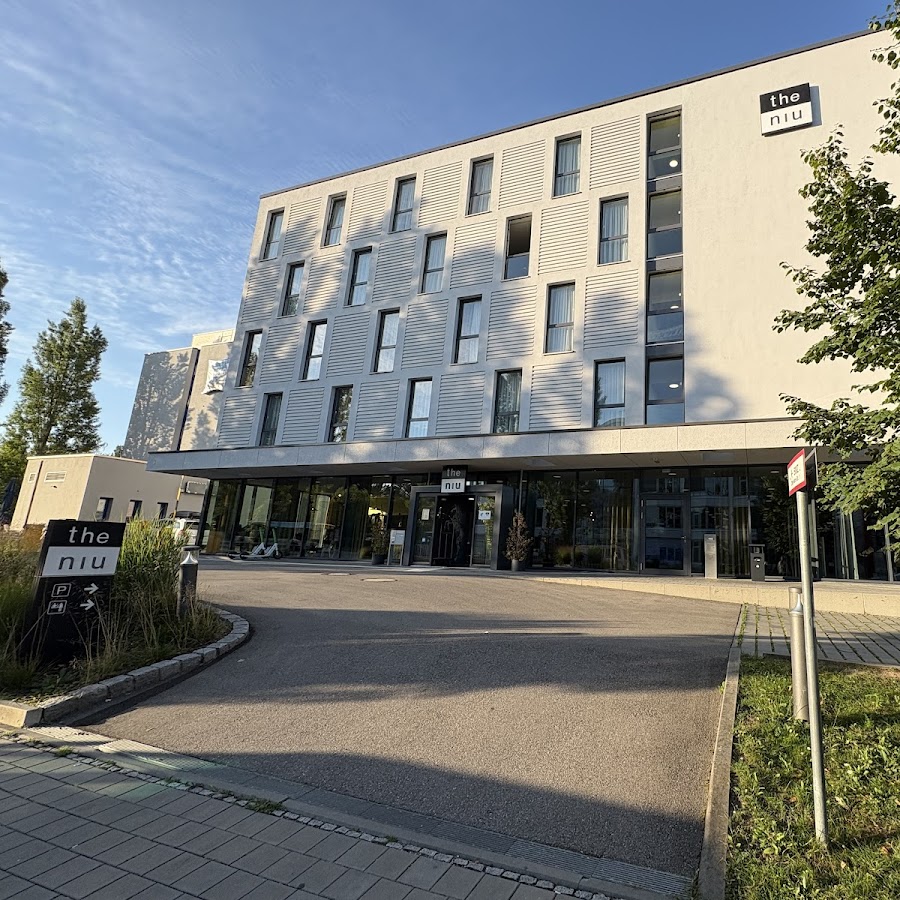
FOUR Munich Neue Messe
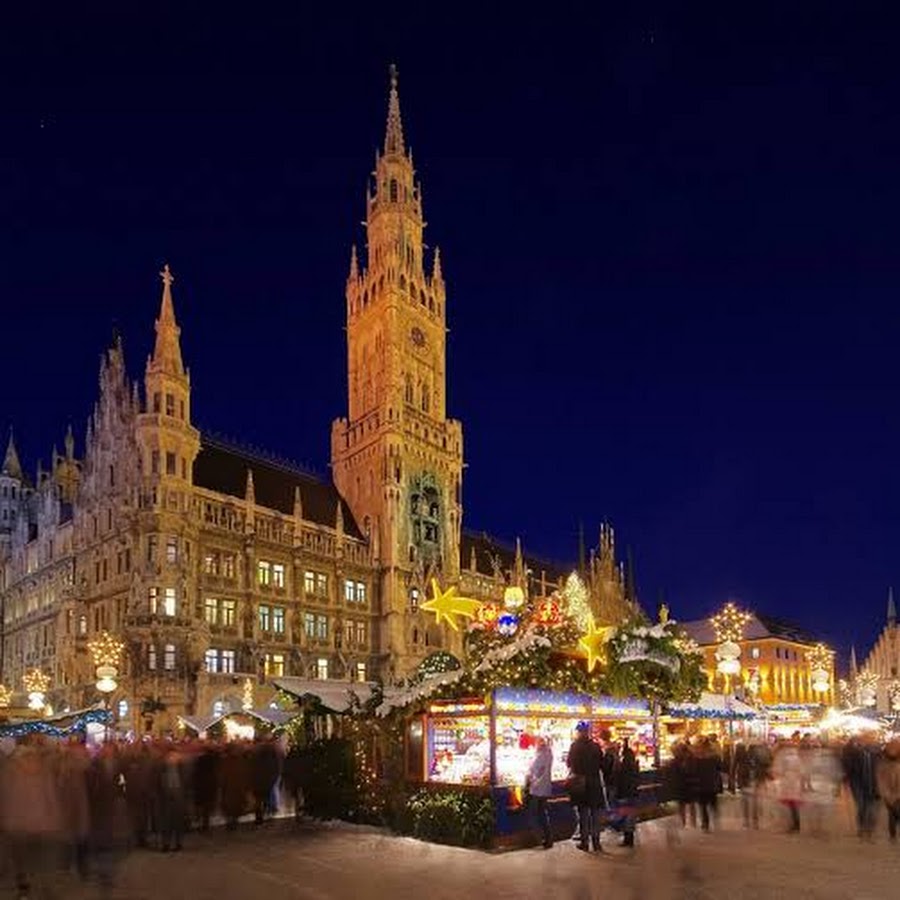
Leonardo Hotel Munich City North
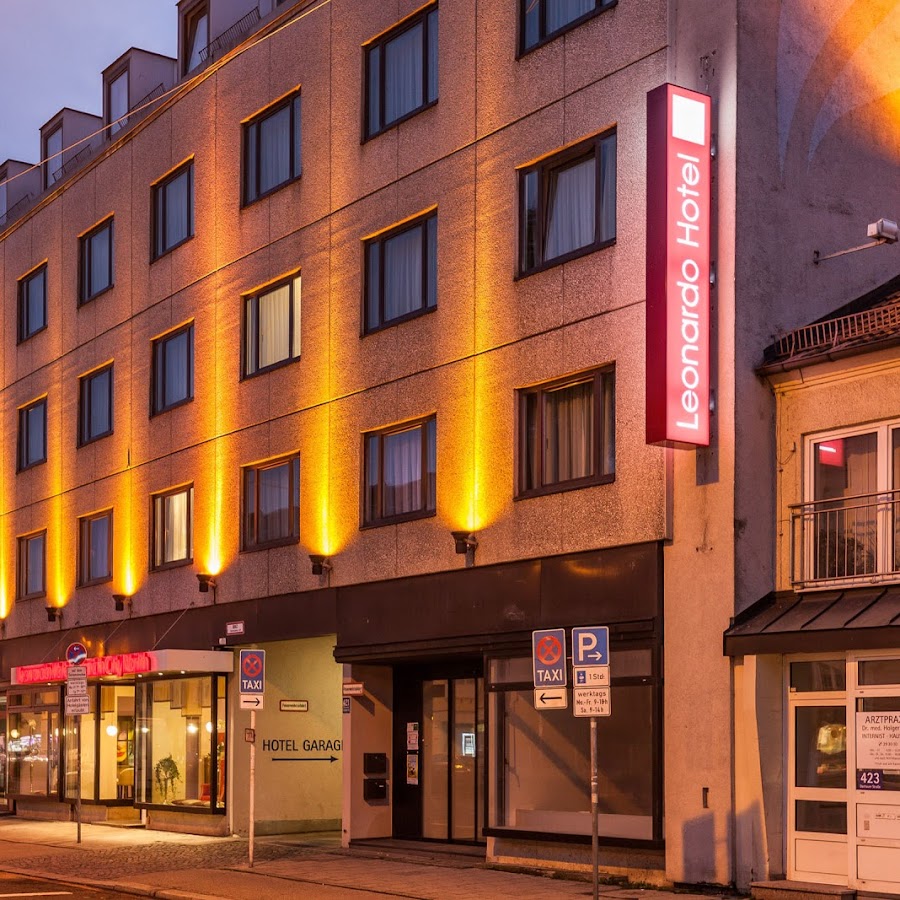
B&B HOTEL München-Olympiapark
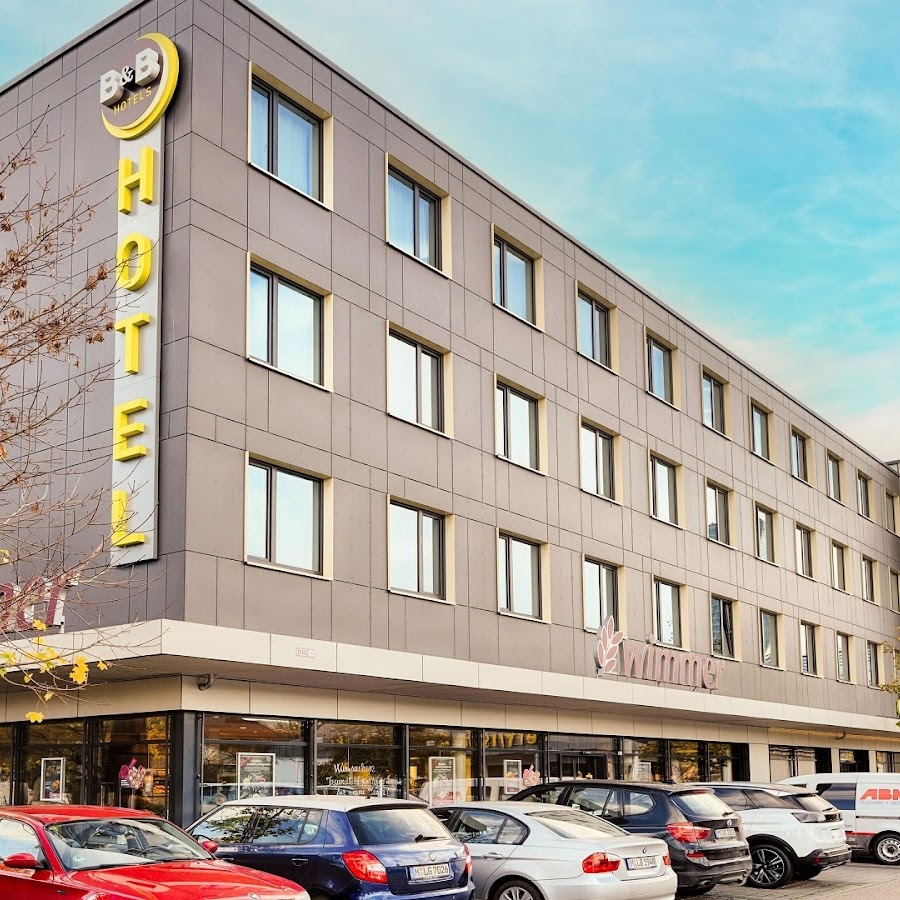
B&B HOTEL München City-Ost
CAMPANILE MÜNCHEN SENDLING
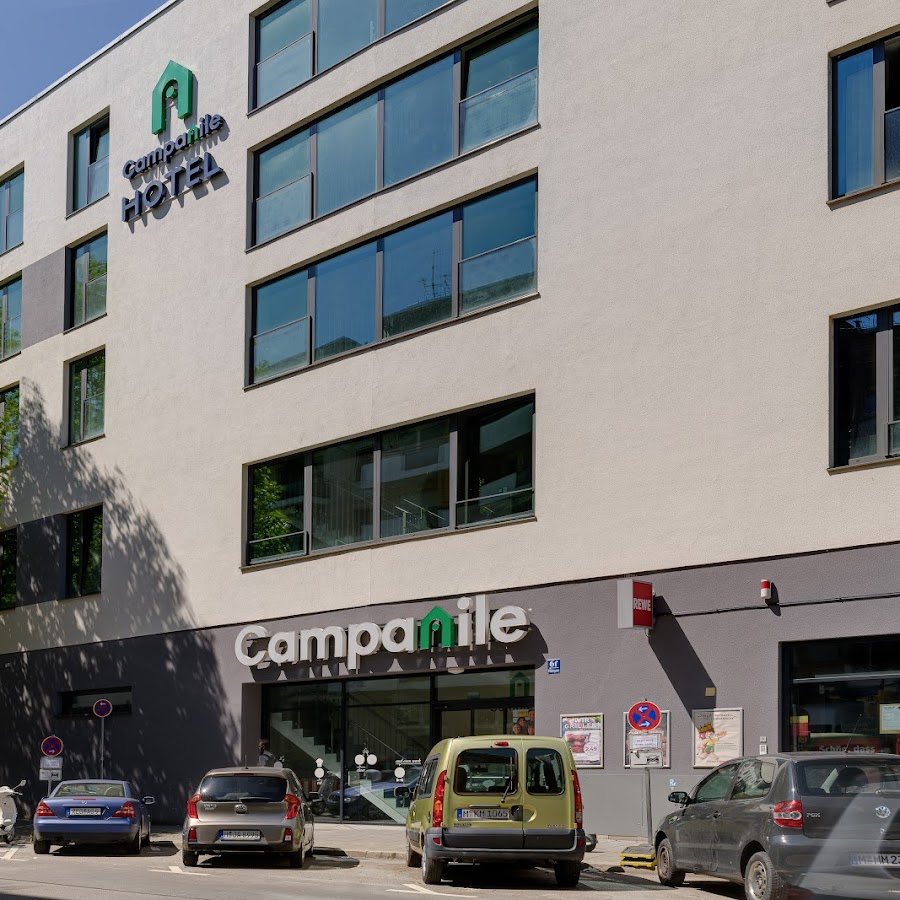
B&B HOTEL München-Messe
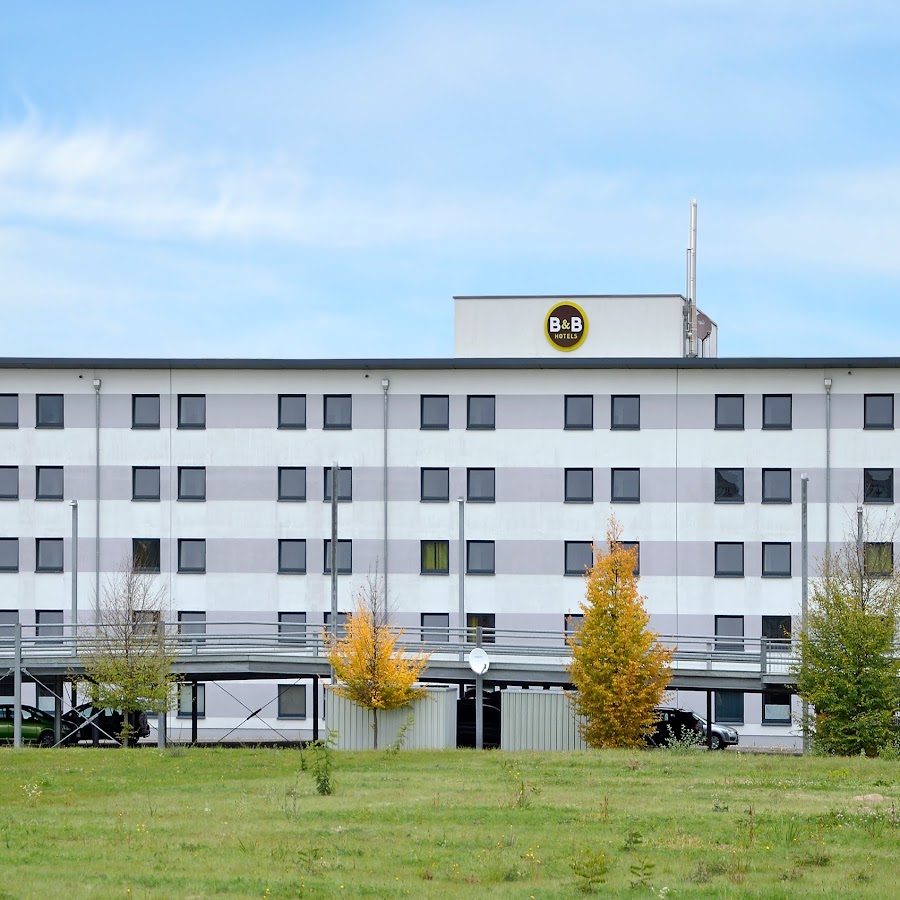
Hotel Motel One München-Olympia Gate

Steigenberger Hotel München
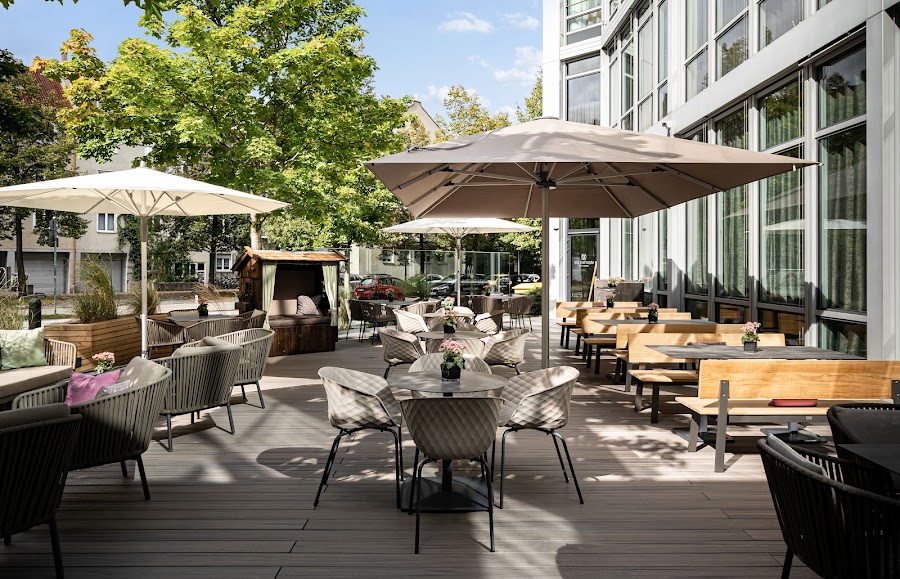
Park Hotel Laim München
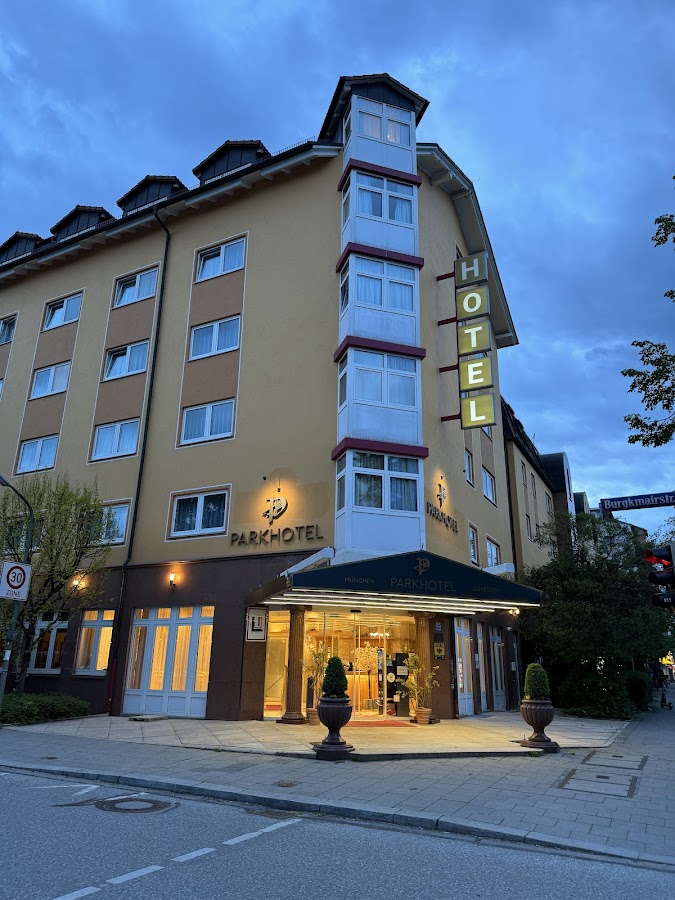
Arthotel ANA im Olympiapark I München
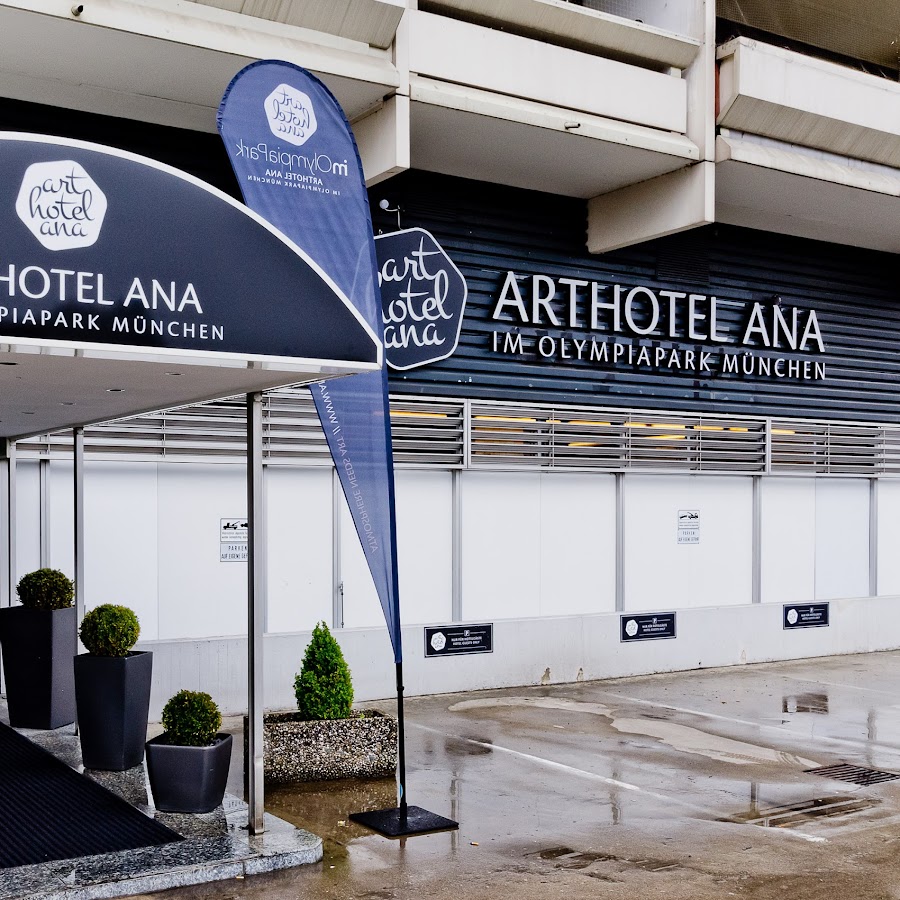
Vienna House Easy by Wyndham München
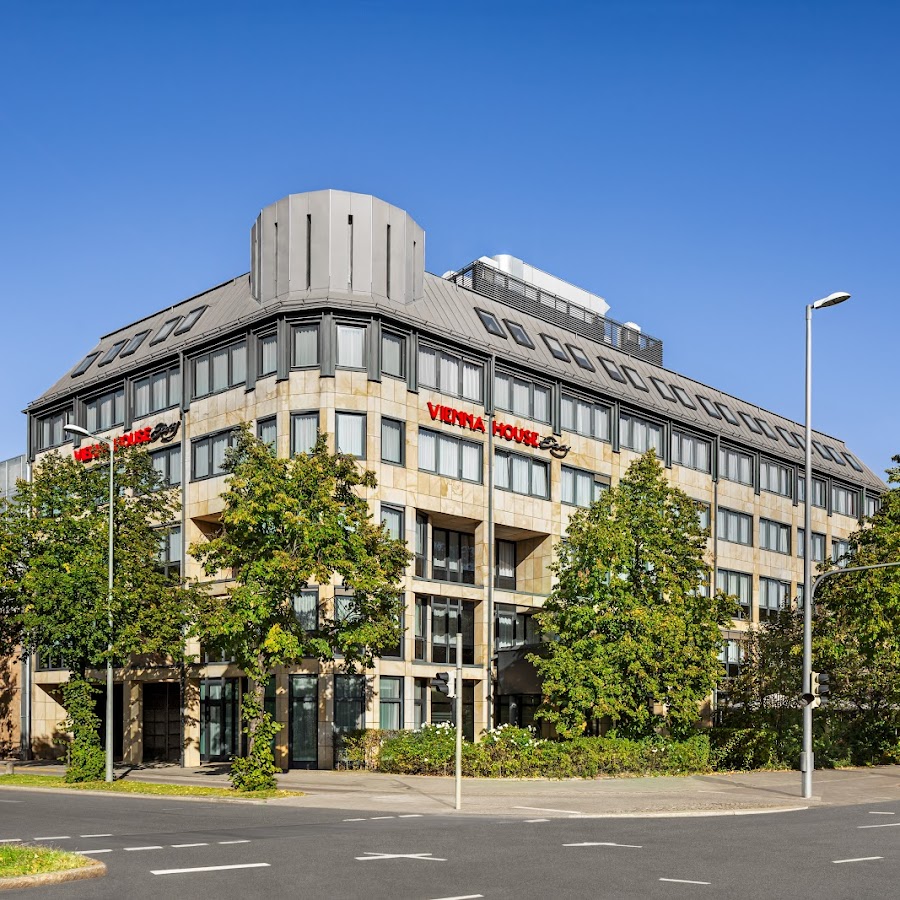
Superior Hotel Präsident
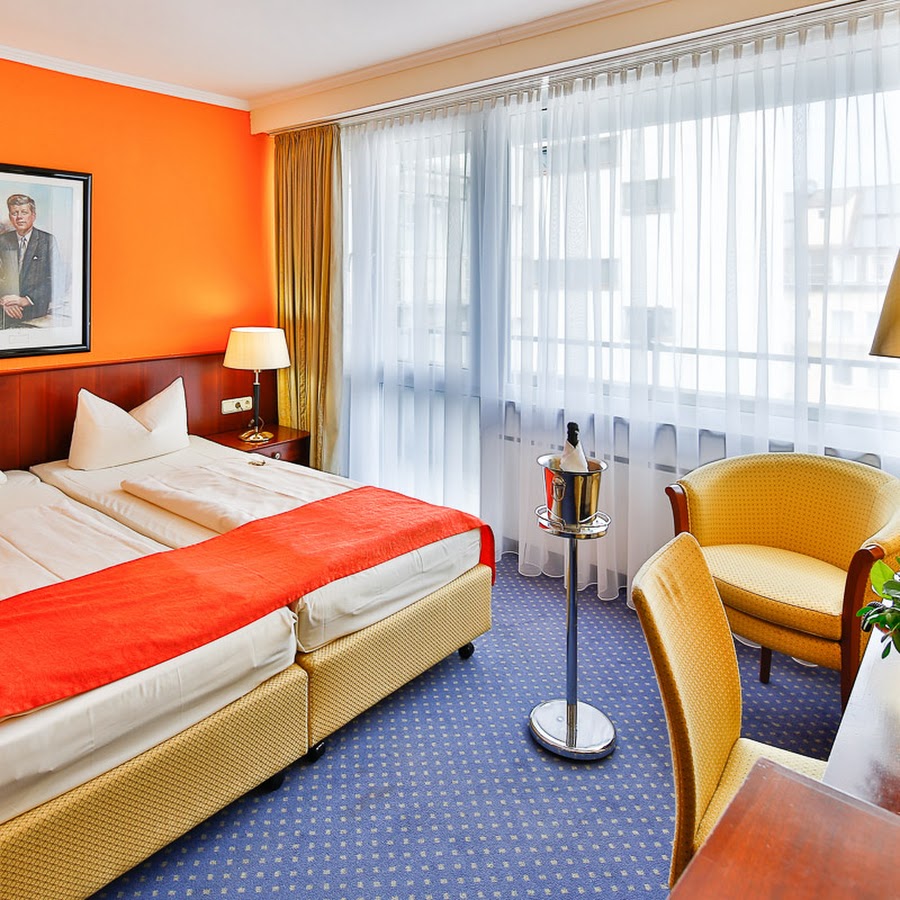
The 4You
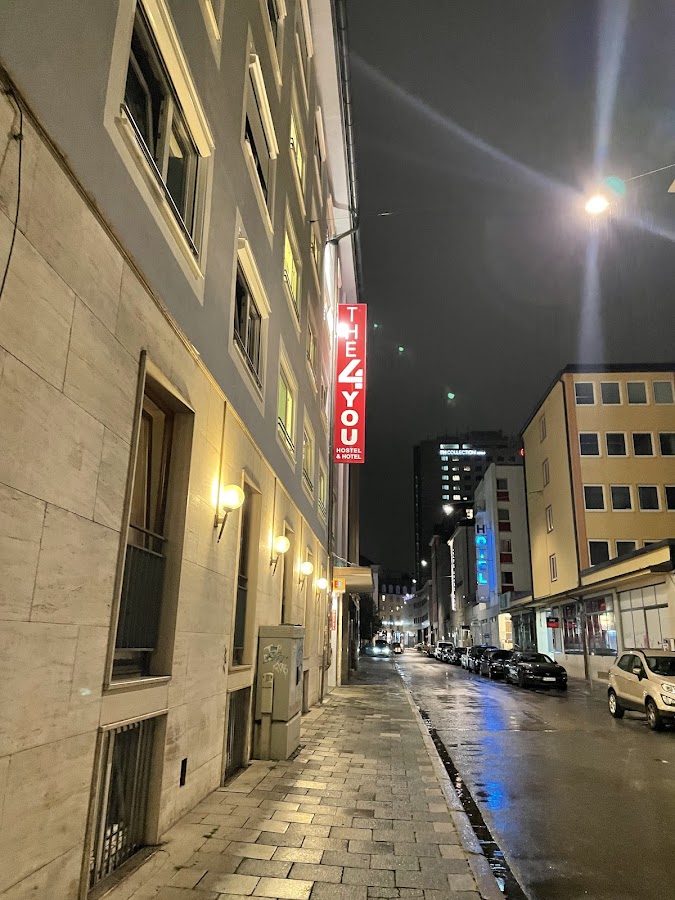
Nena Apartments München City East

NP Hotel Wallis
Unsöld's Factory Hotel
a&o Hostel München Hauptbahnhof
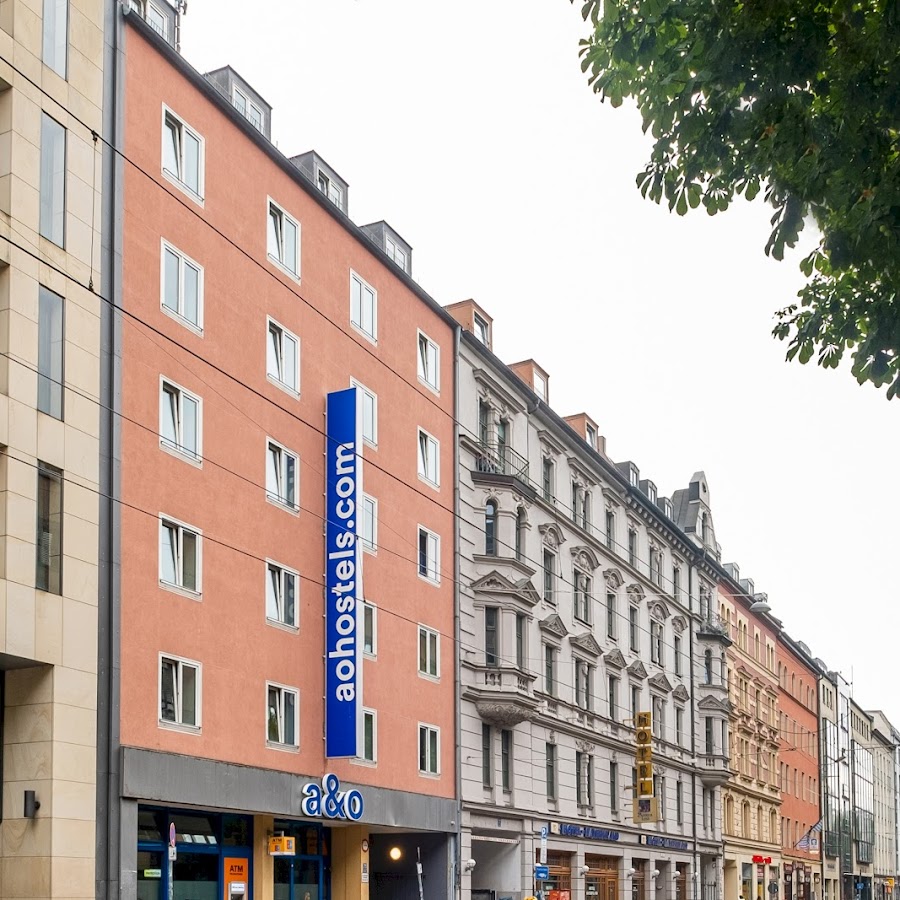
Hotel Bayer's, Munich
Hotel Schlicker "Zum Goldenen Löwen"
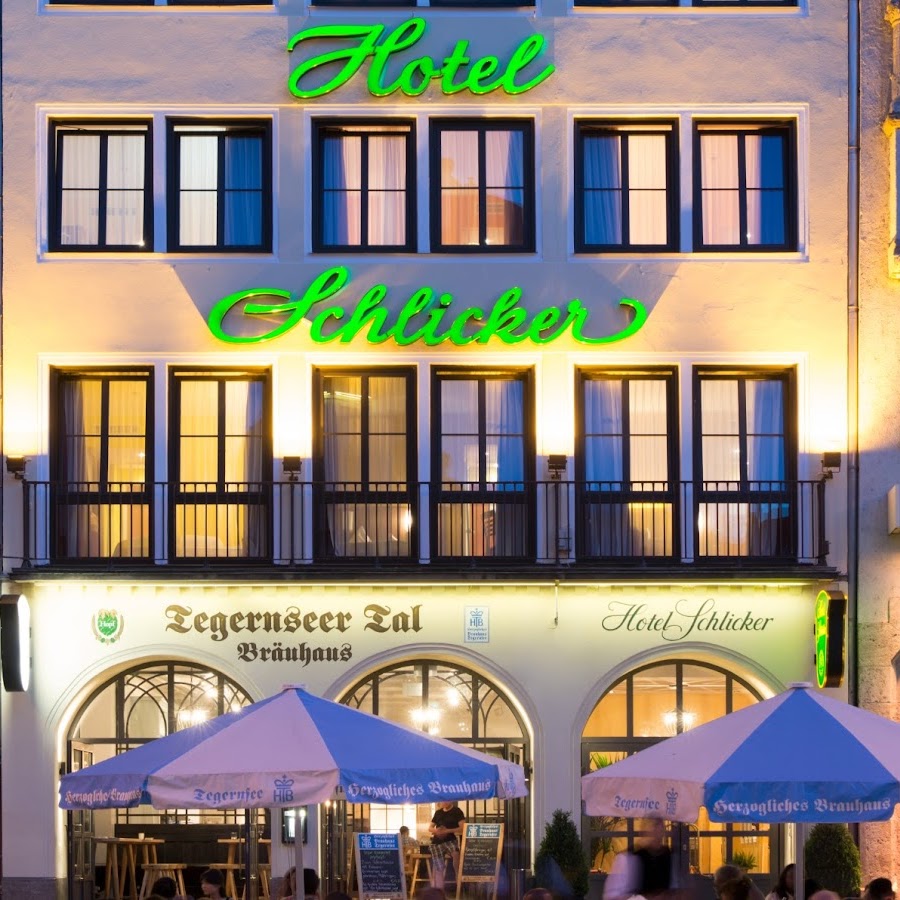
Hotel Weichandhof
Jagdschloss
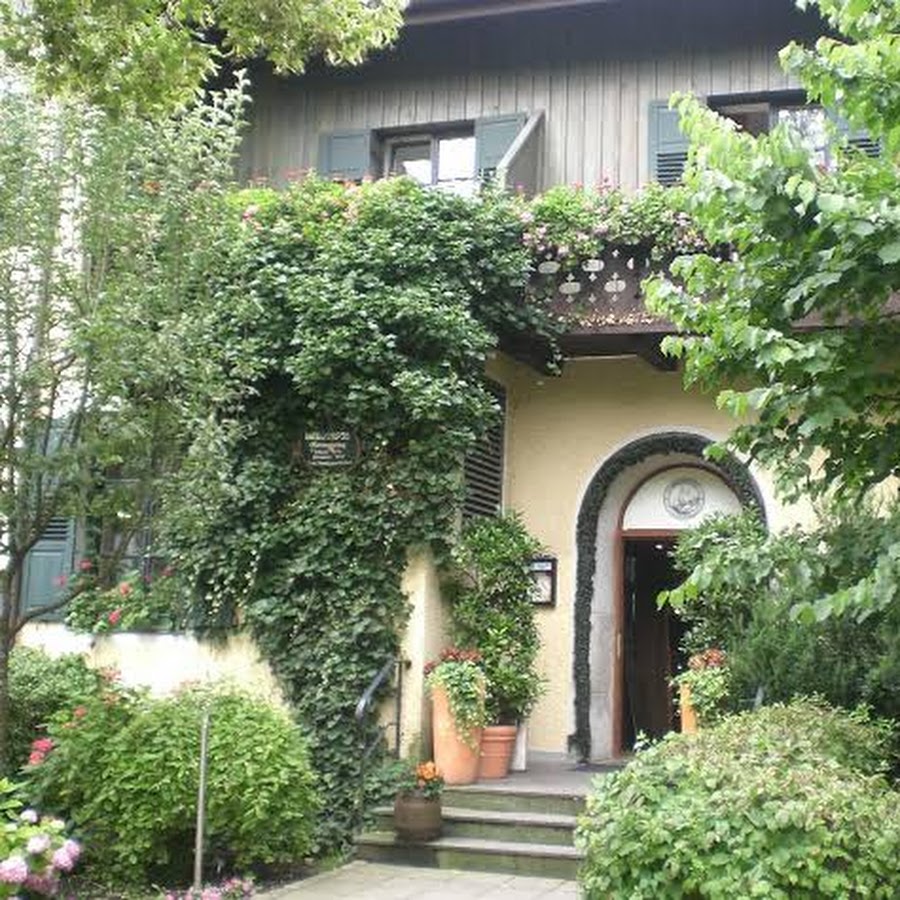
Ambassador Parkhotel München
Bob W Munich Old Town
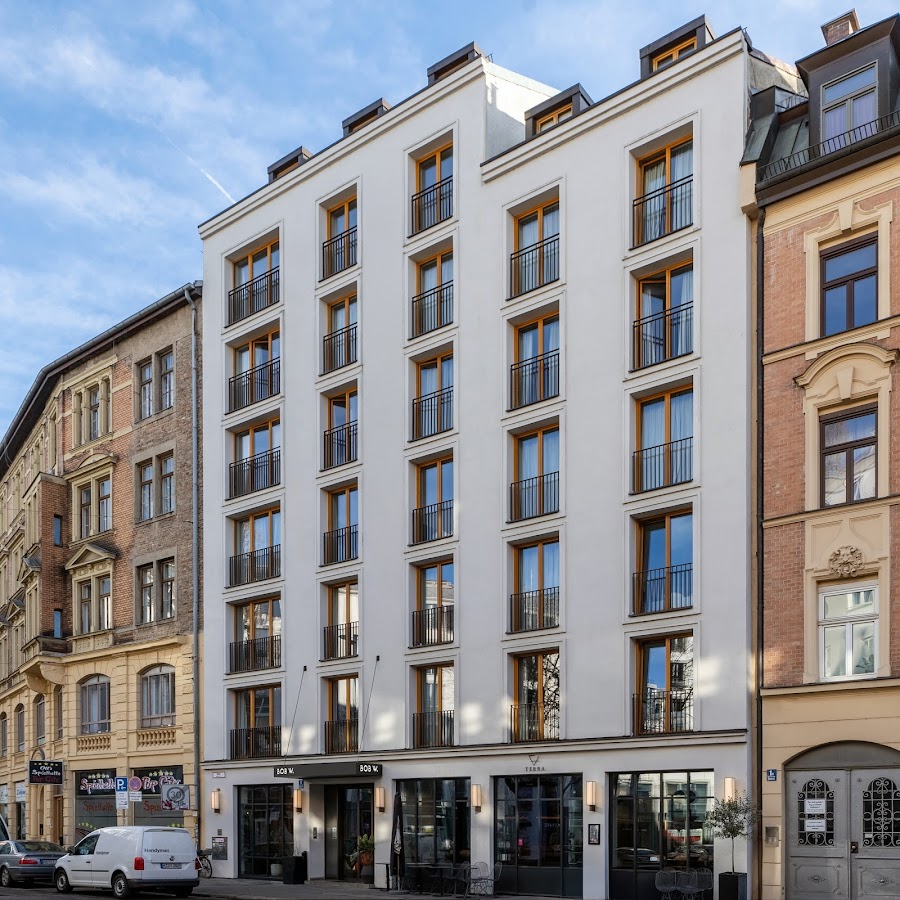
Ruby Rosi Hotel Munich
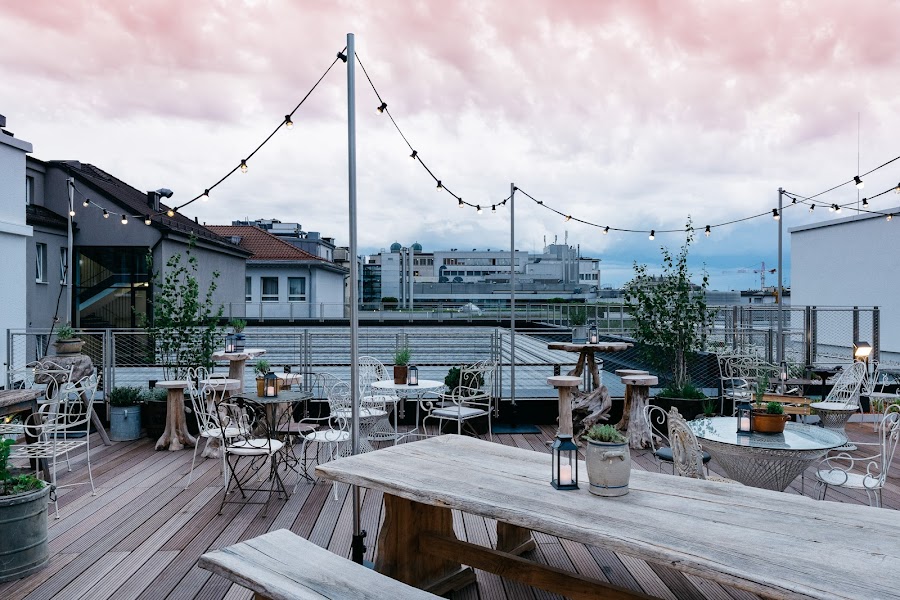
Hotel München City Center, Affiliated by Meliá
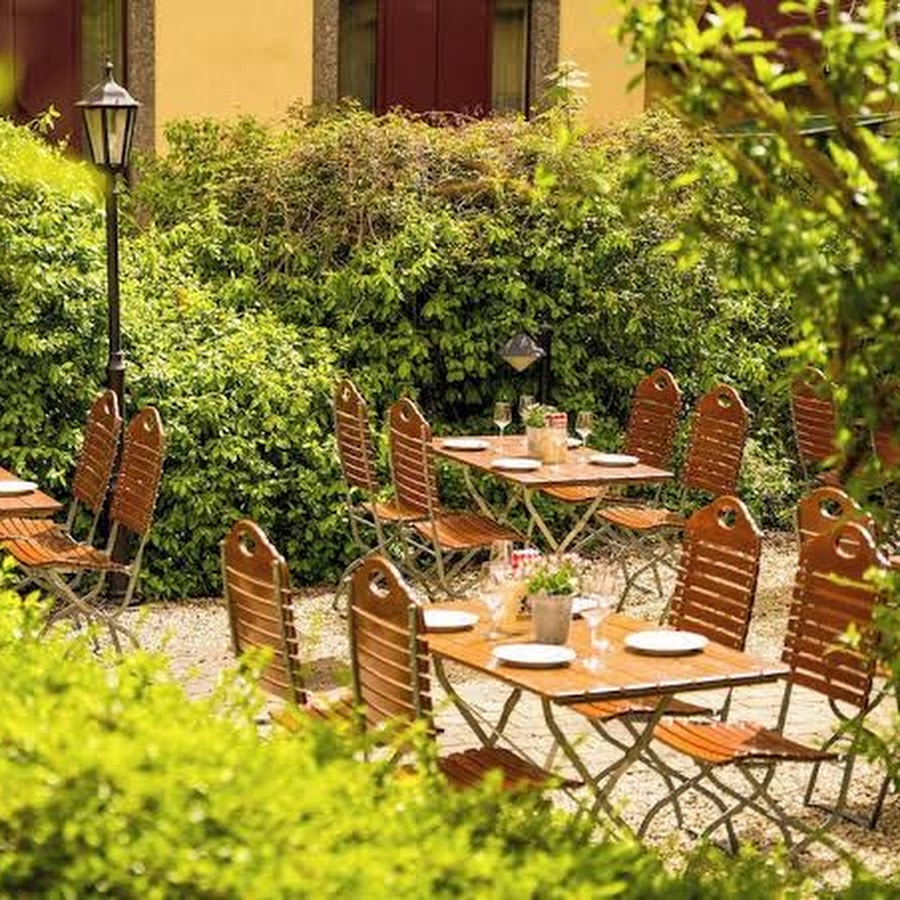
Ruby Lilly Hotel Munich

Harry's Home Hotel Munich

smartments München Parkstadt Schwabing
Garner Hotel Munich - Messe
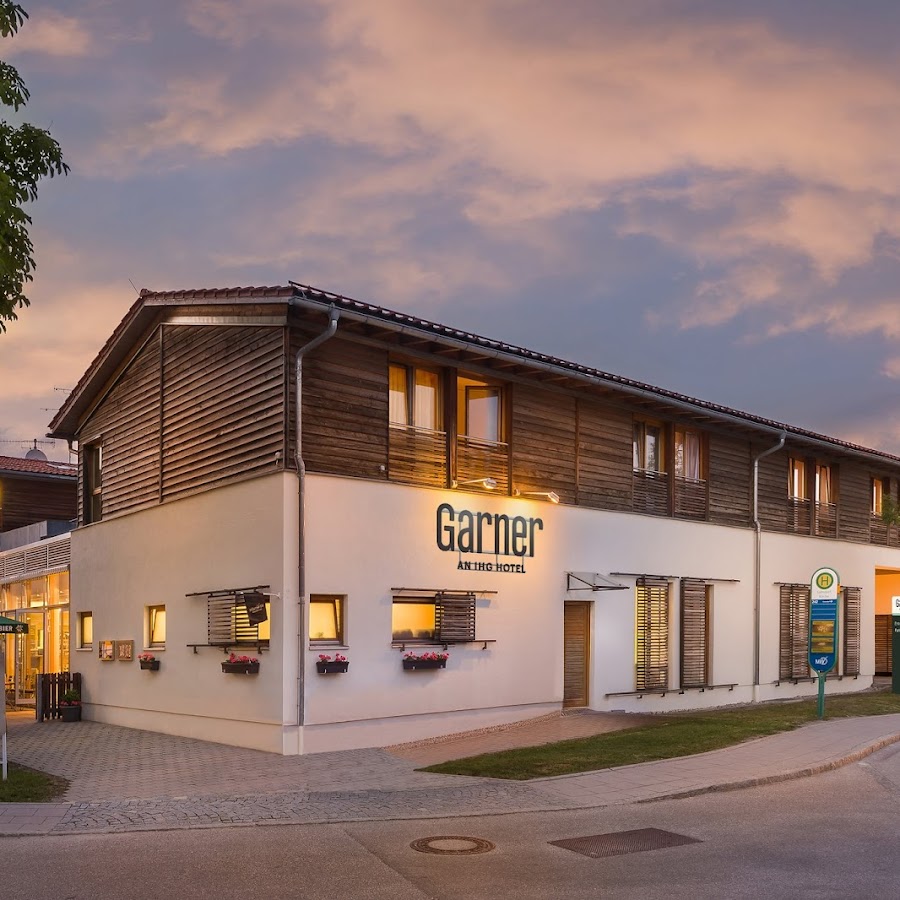
MLoft Apartments München
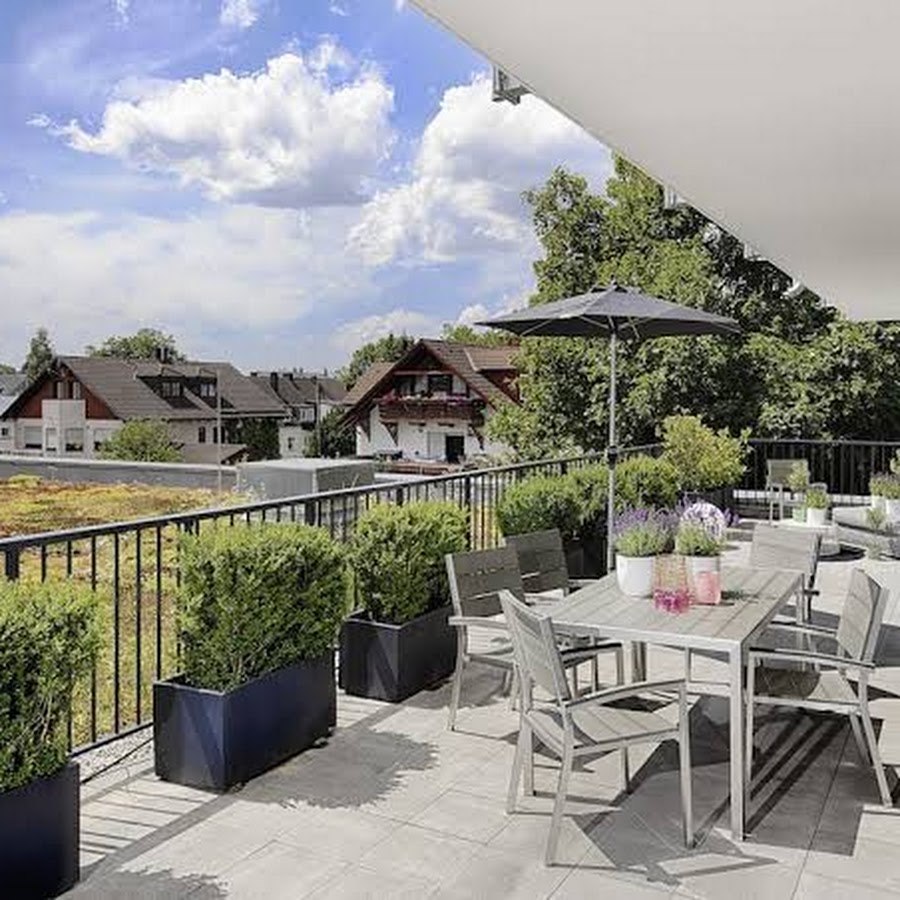
Mercure Hotel Muenchen Neuperlach Sued
Hotel Galleria
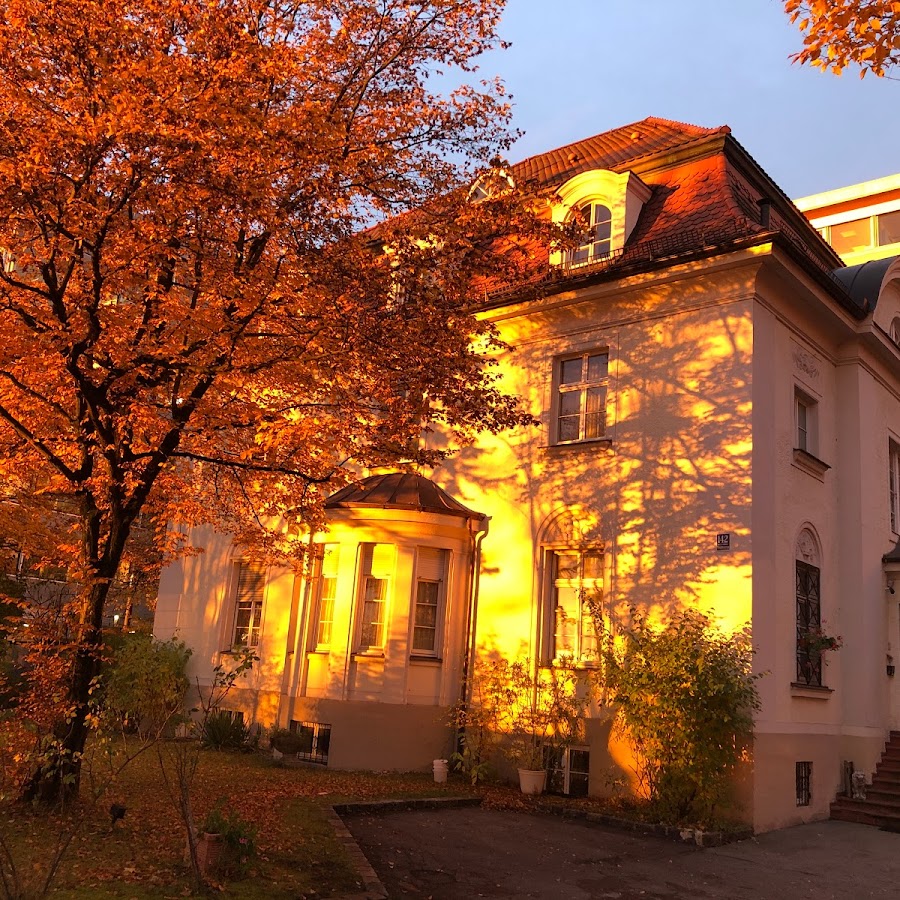
Feldmochinger Hof
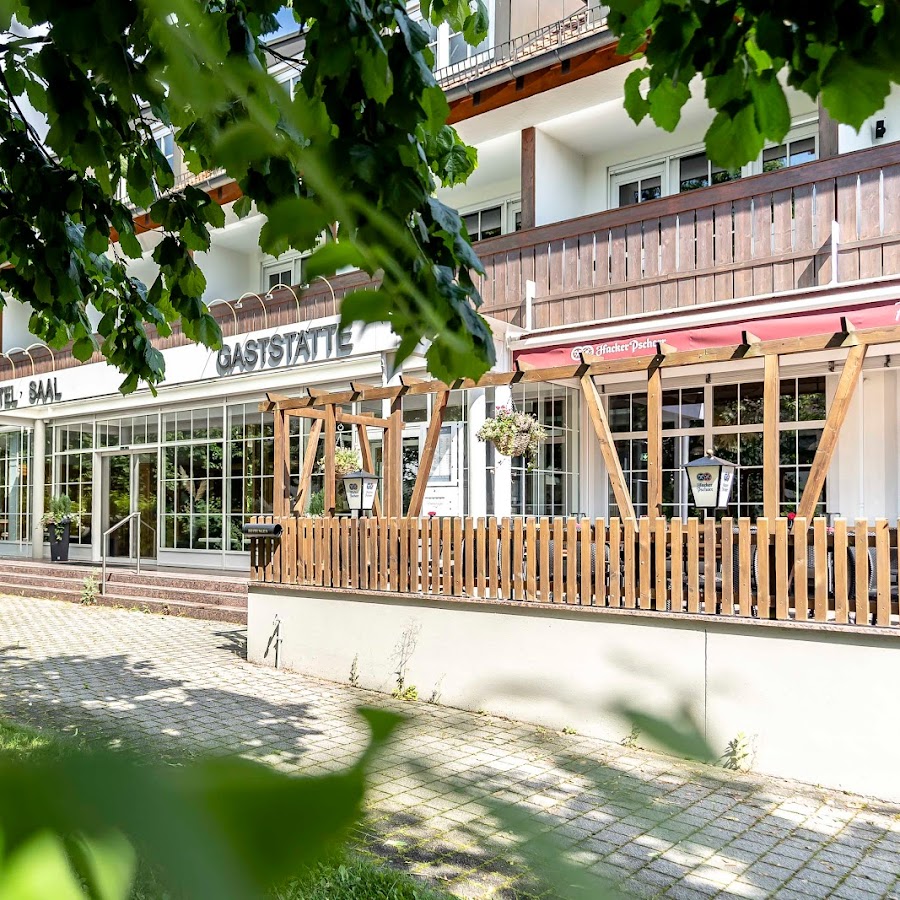
Mandarin Oriental, Munich
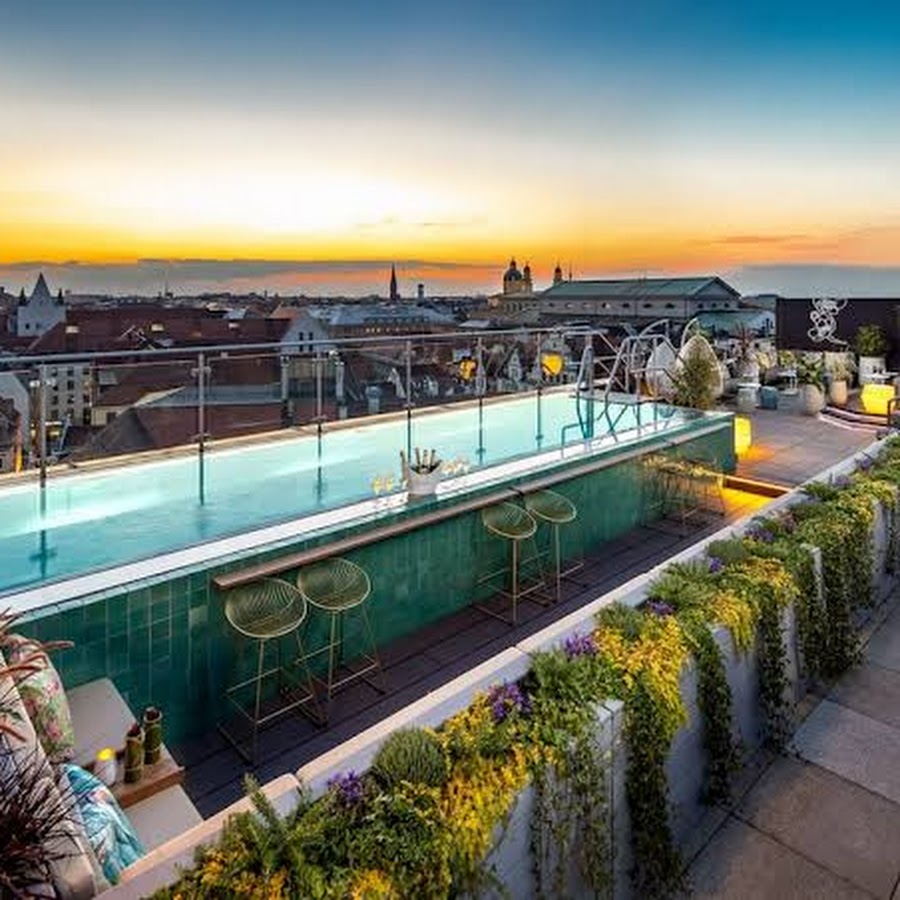
Holiday Inn Munich - Westpark by IHG
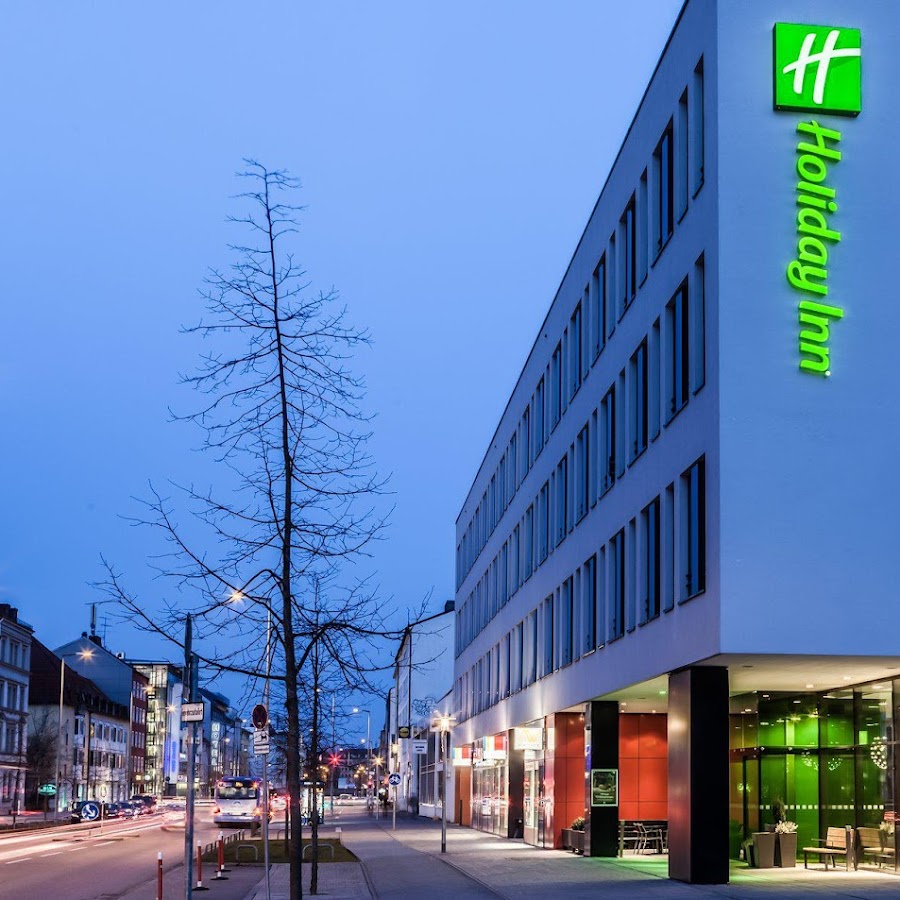
Courtyard Munich City Center
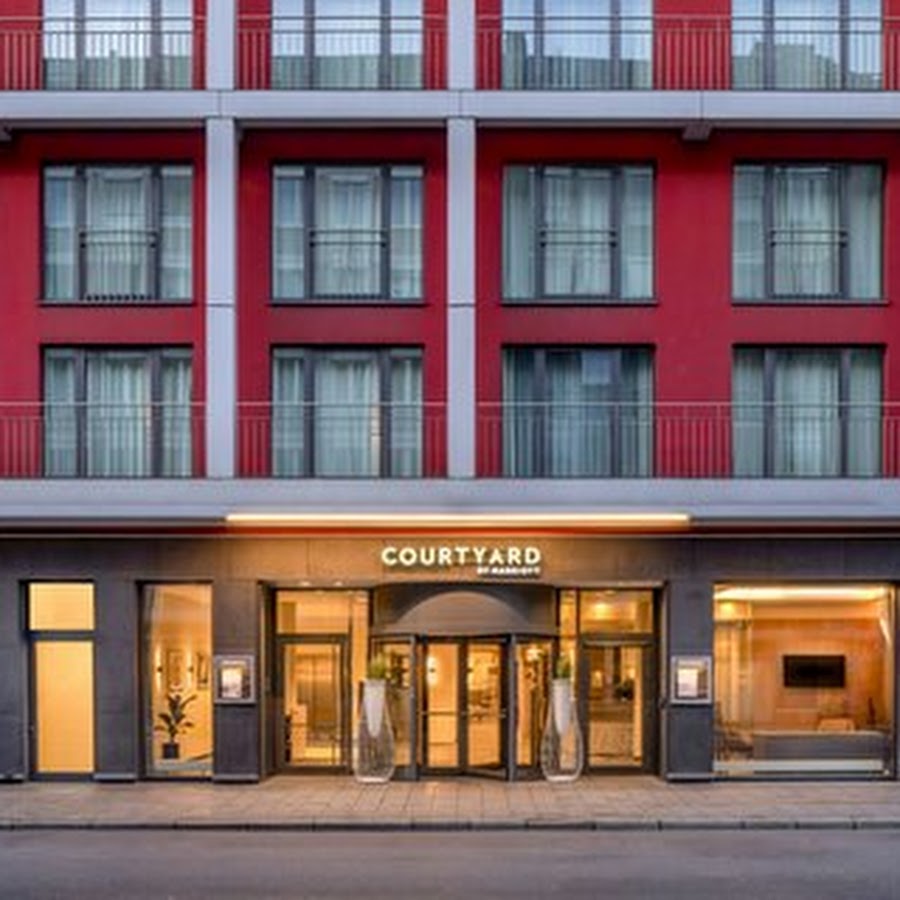
Mercure Hotel Muenchen City Center
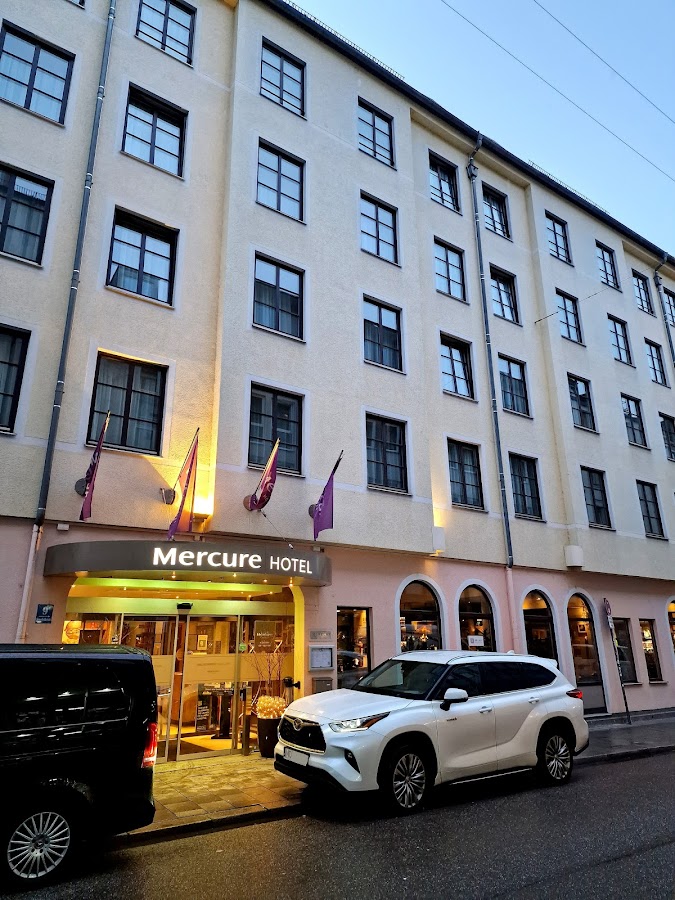
Star G Hotel München Schwabing
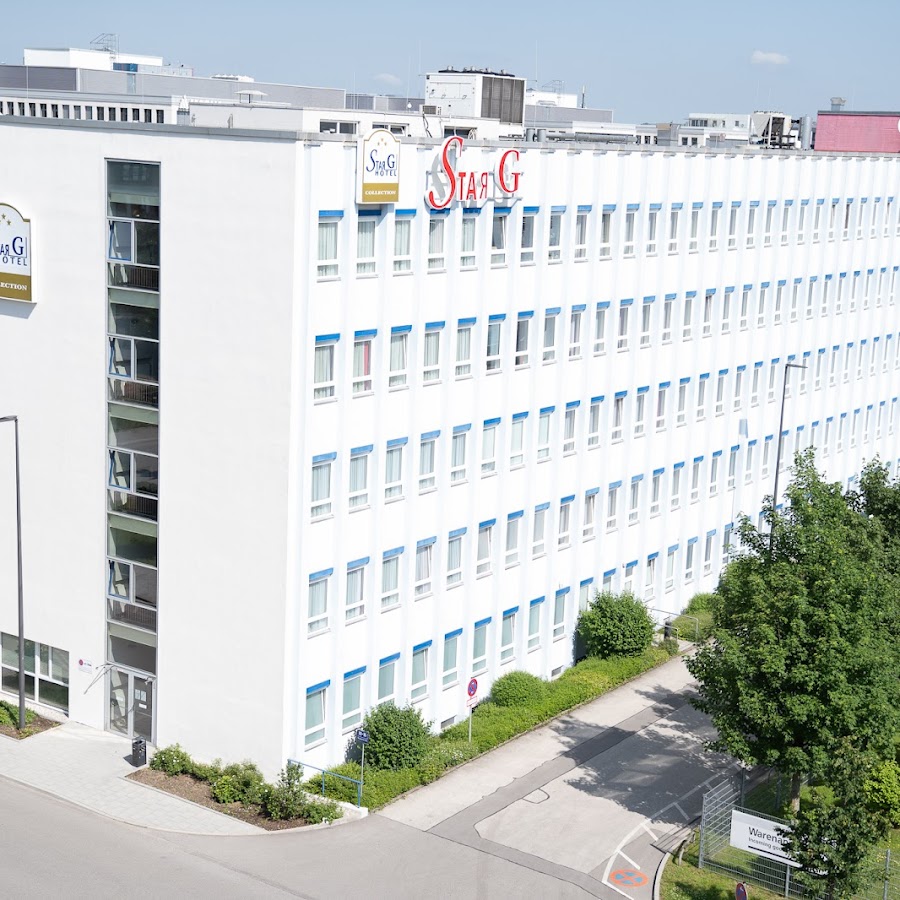
Hotel Motel One München-Westend
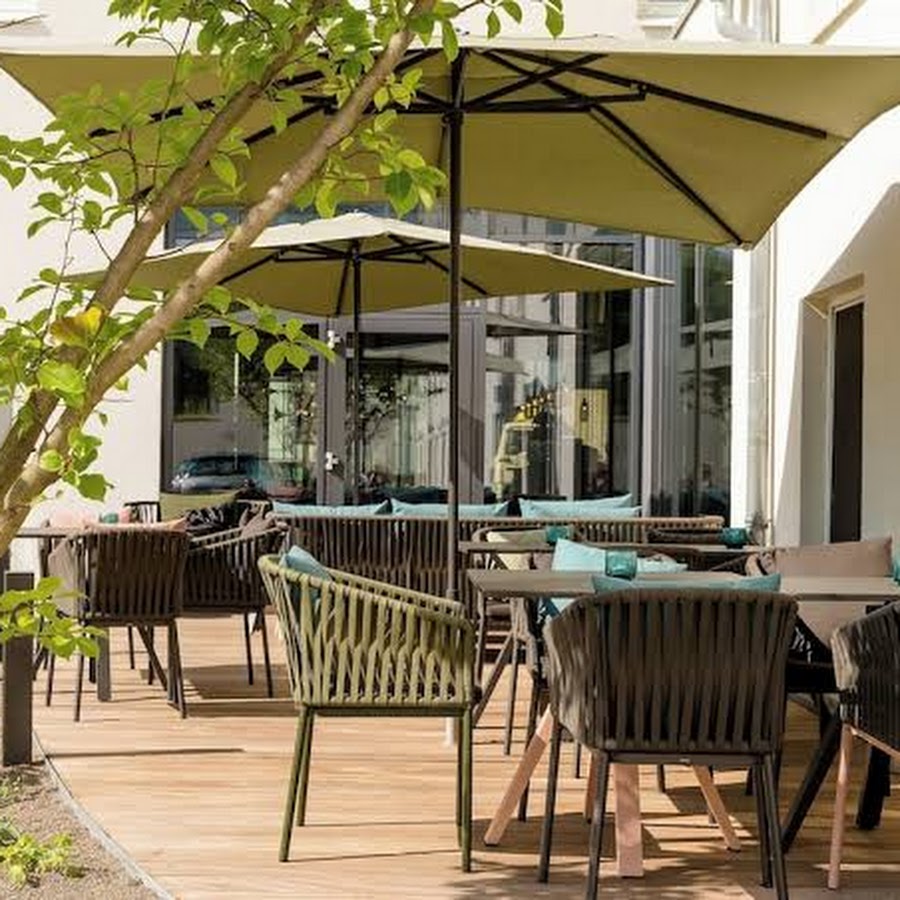
Motel One Munich-Campus
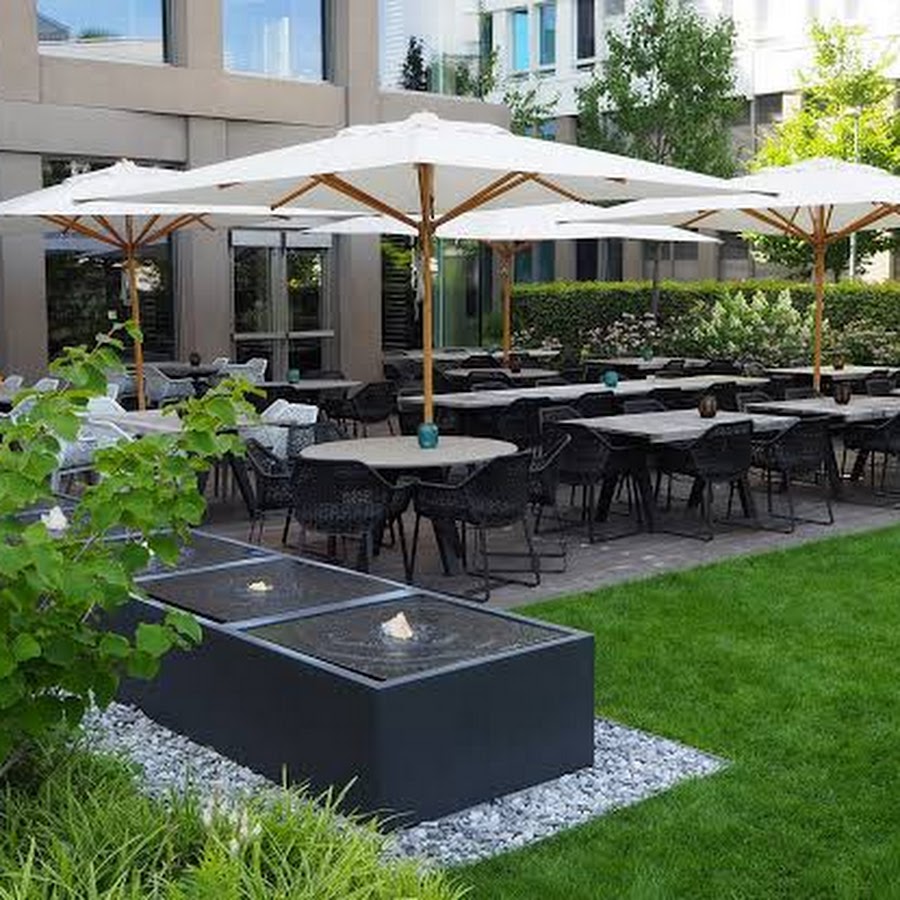
B&B Hotel München City-Nord
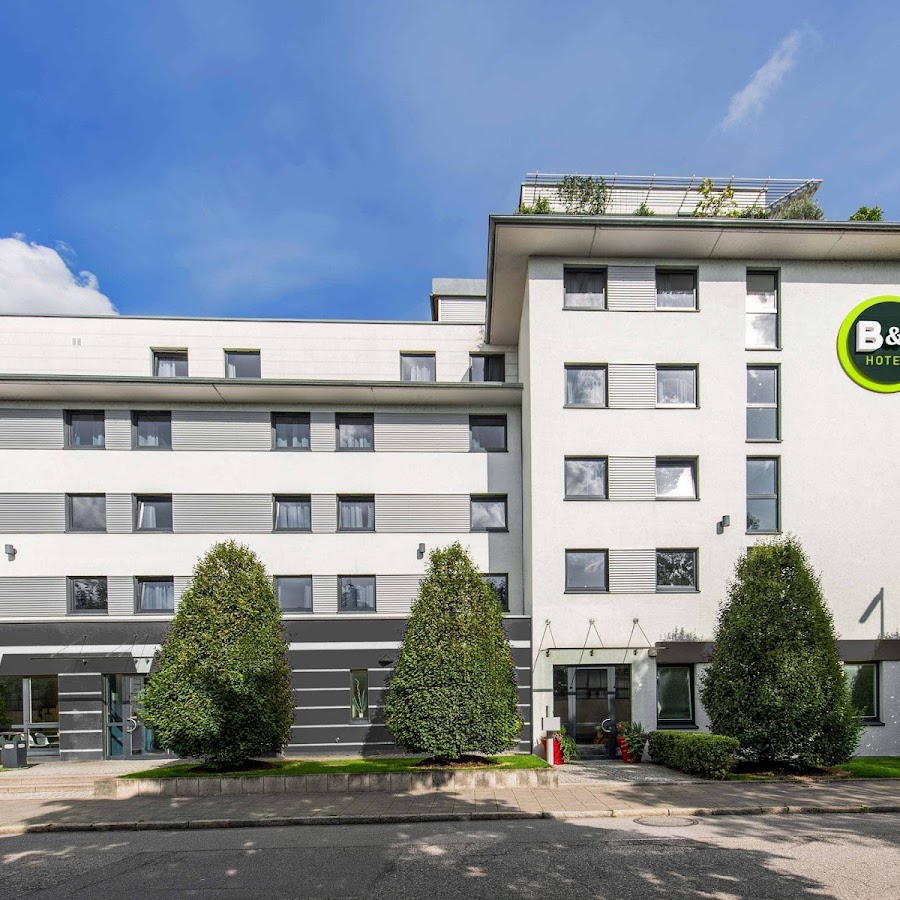
Hotel Motel One München-East Side
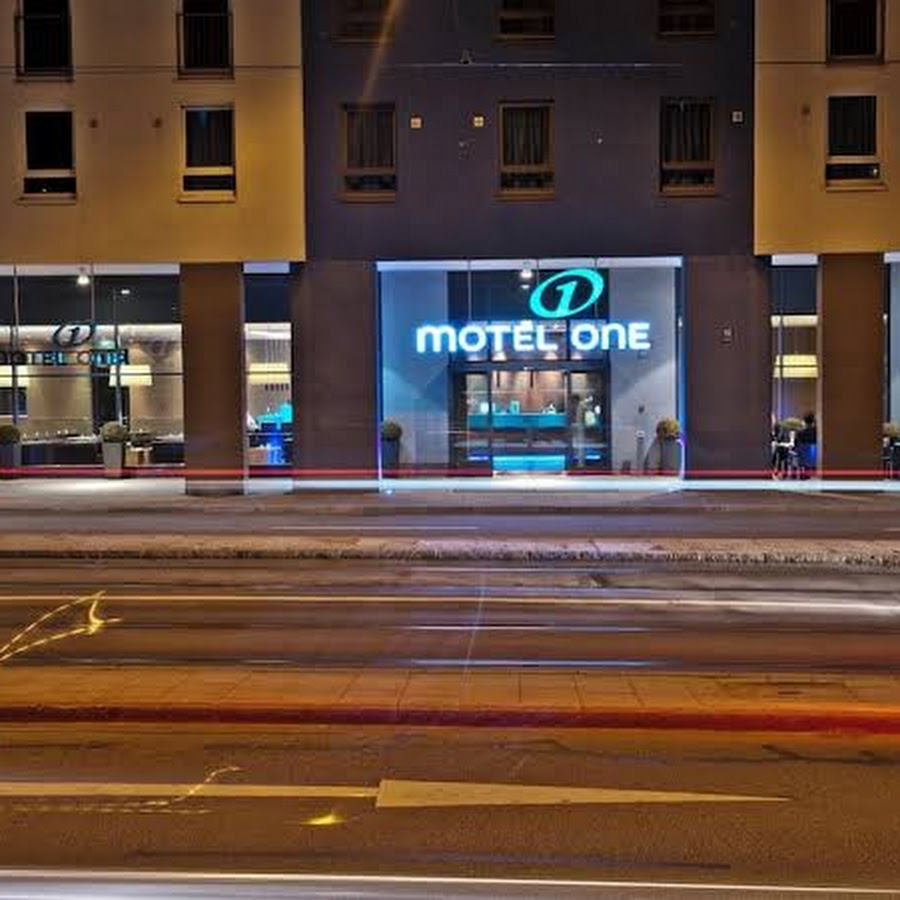
Timehouse
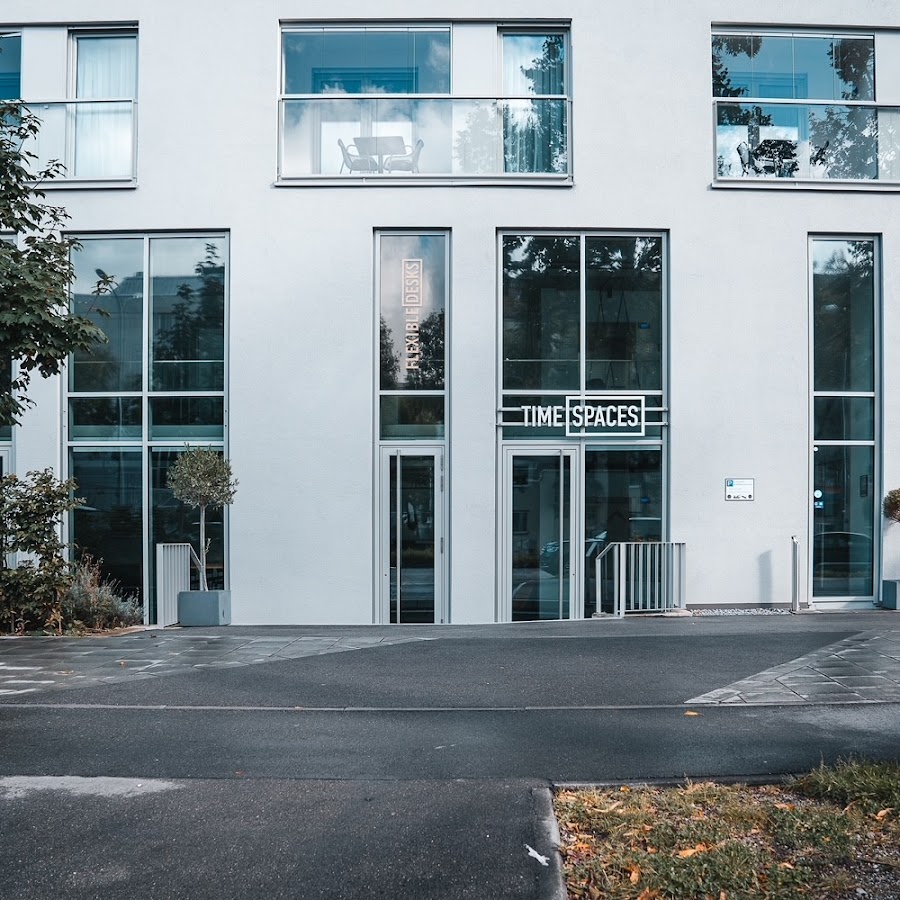
Hotel Imperial
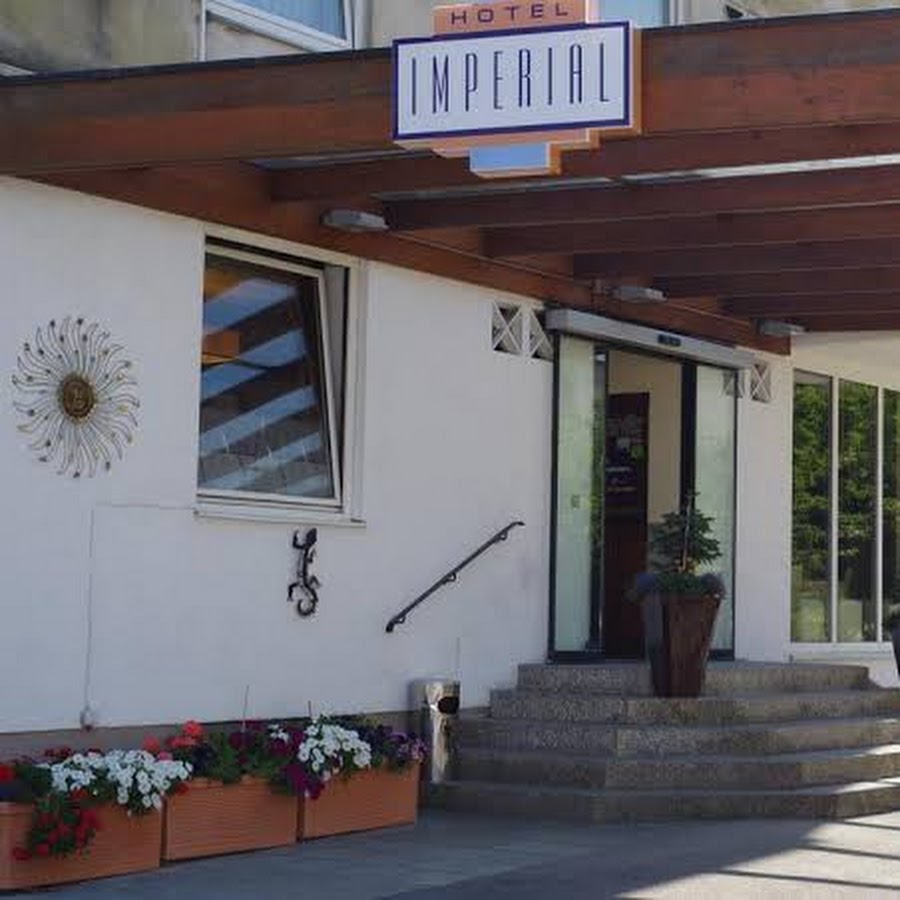
Hotel S16
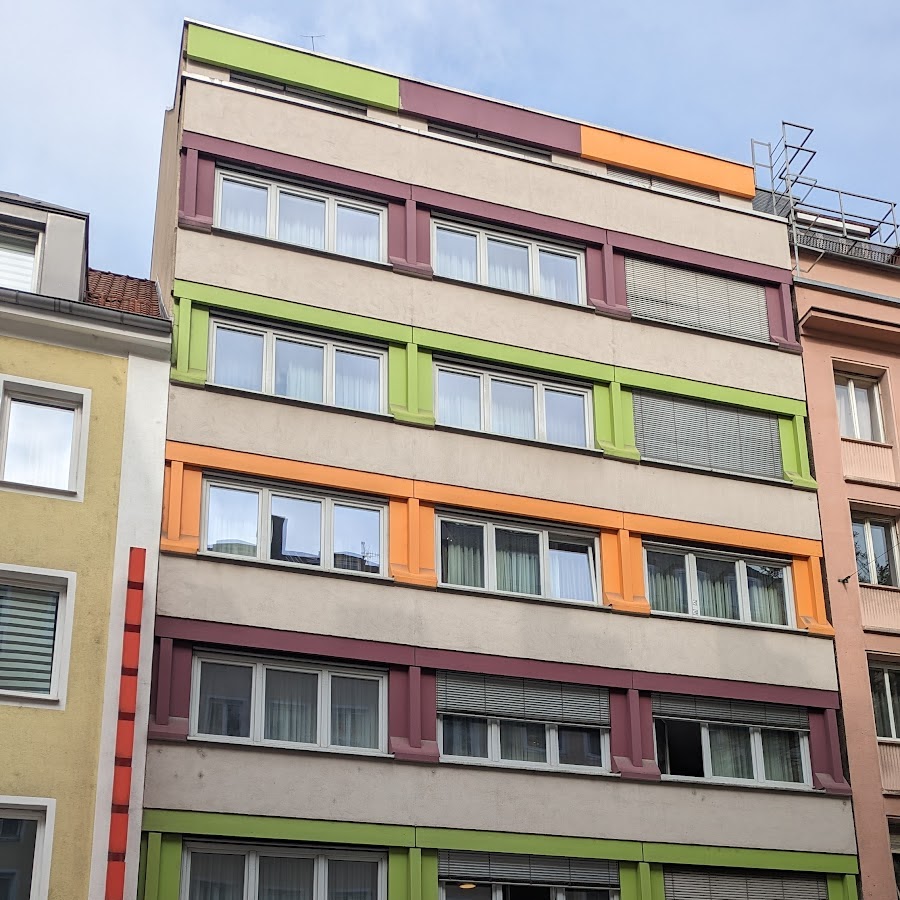
Hotel Obermaier
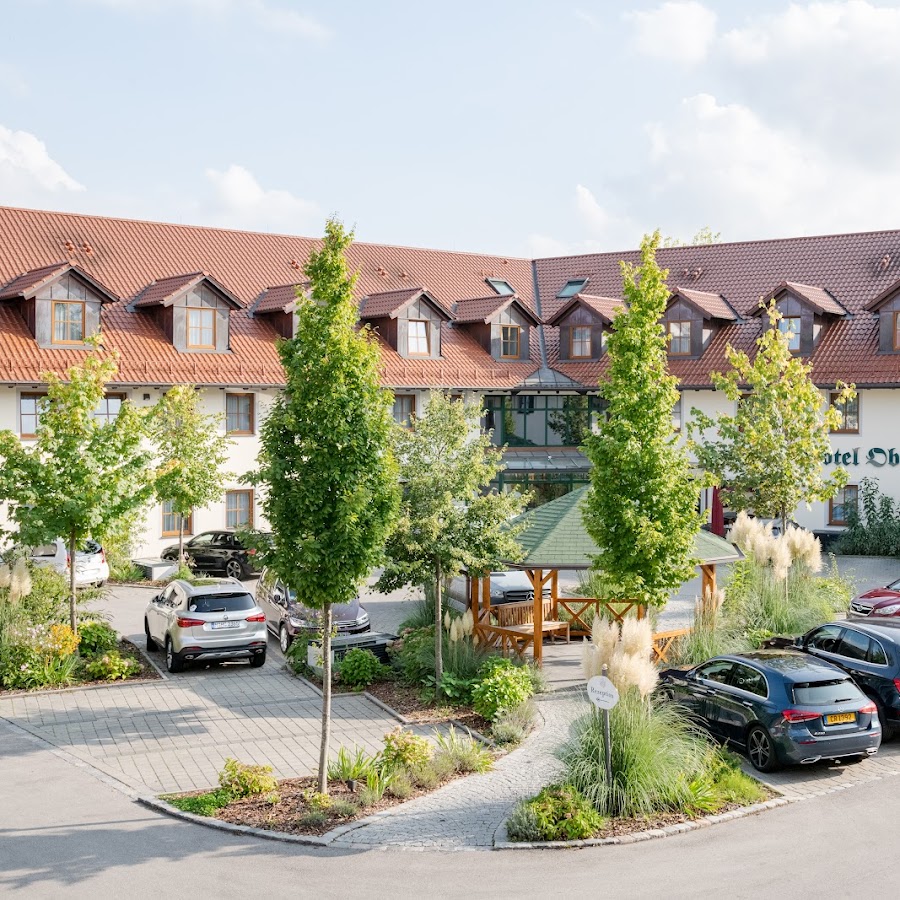
Hotel Landhaus Ambiente
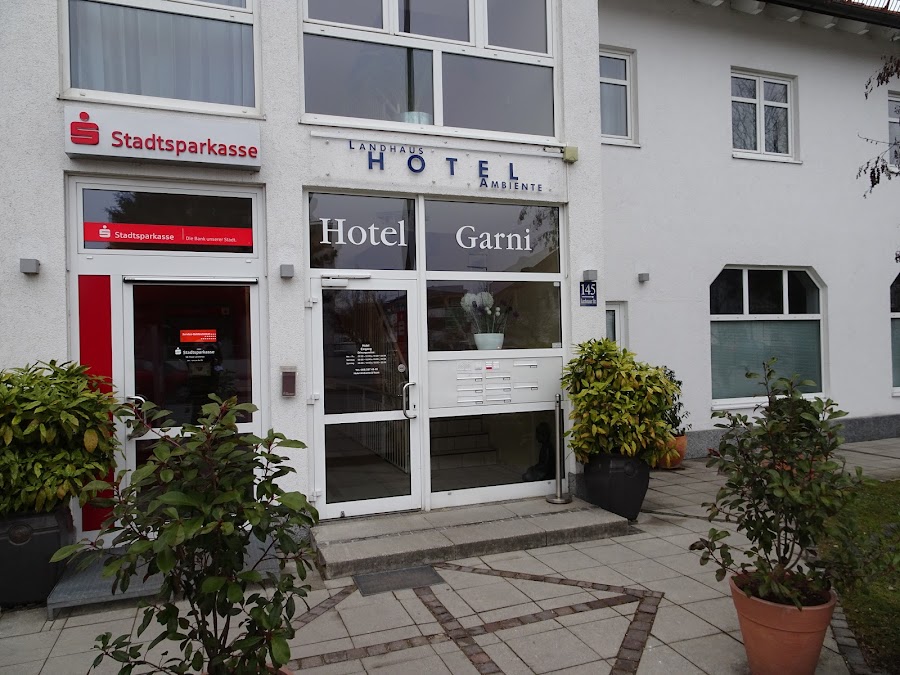
Hôtel du Train
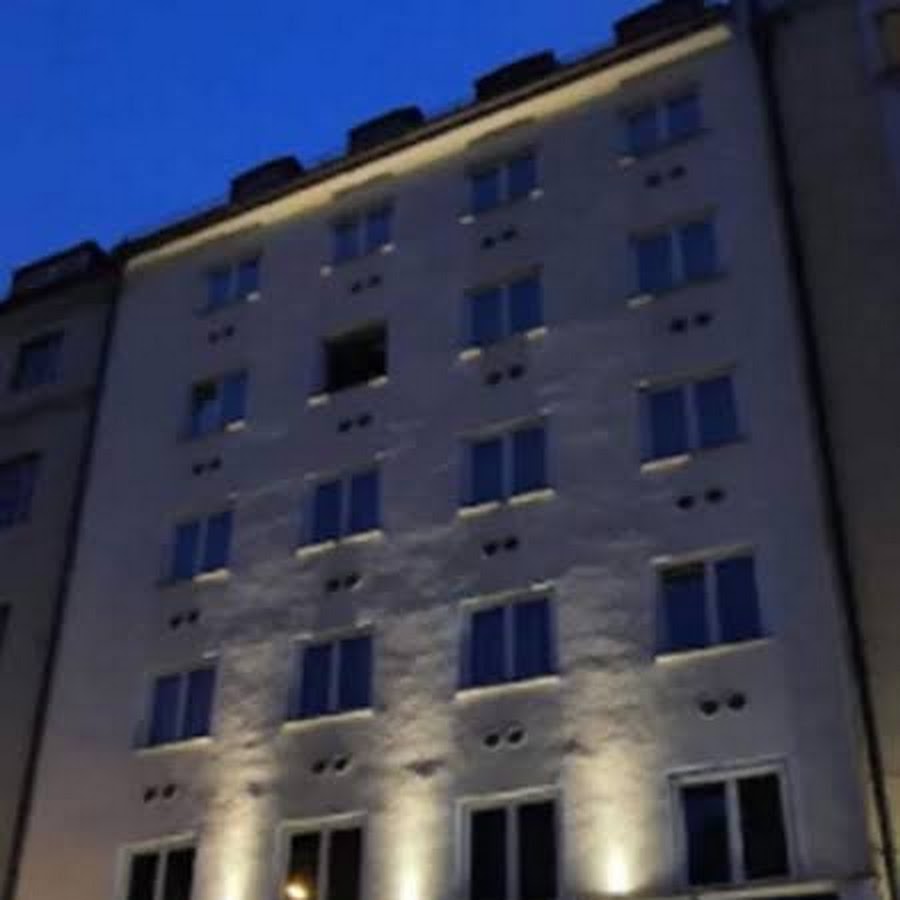
Boarding House München Obermenzing - by Amalienburg
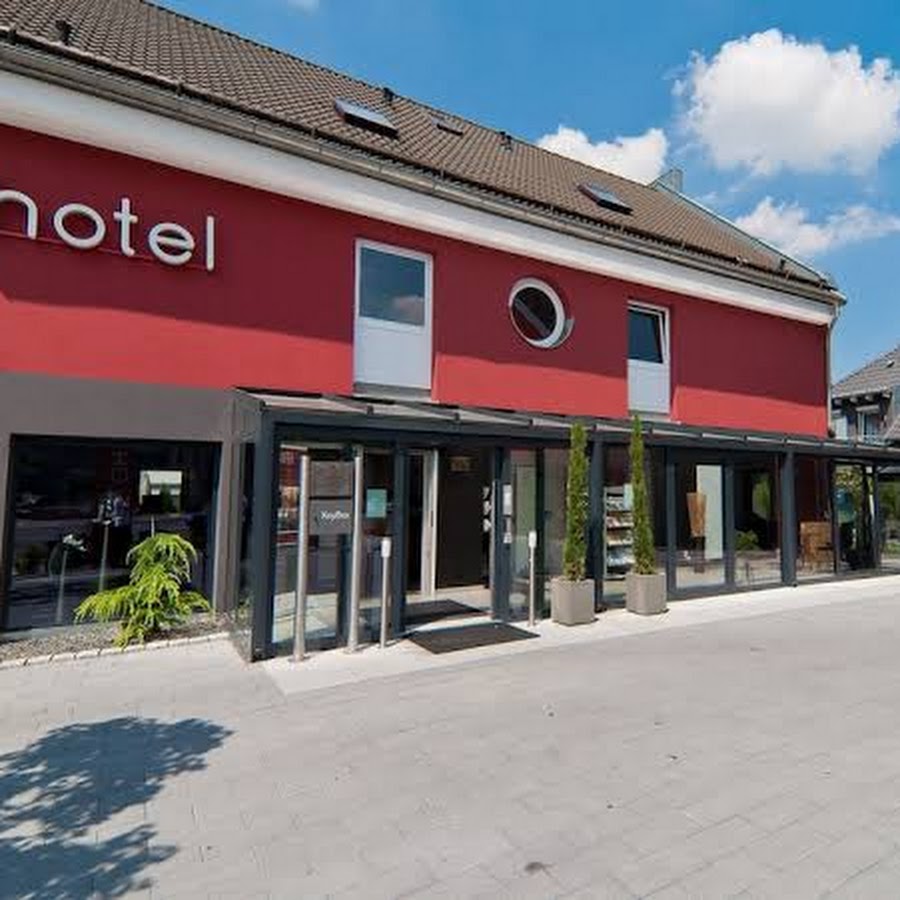
Hotel Neumayr
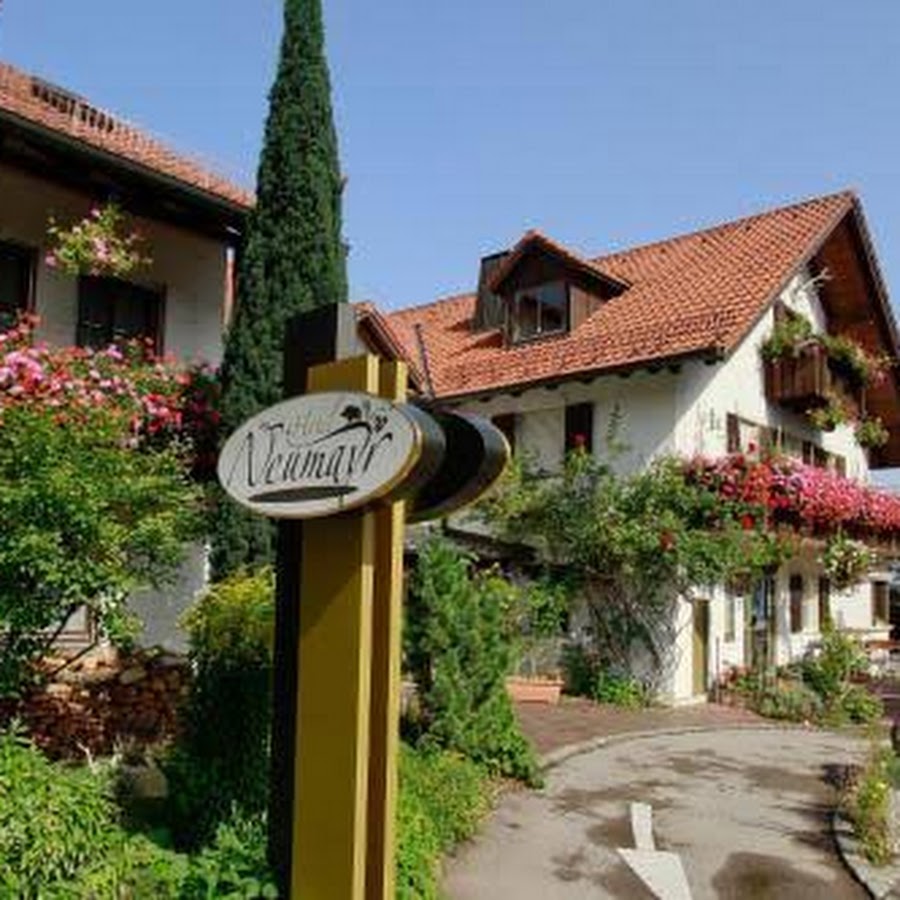
Elaya Hotel Munich Schwabing

Hotel Nymphenburg
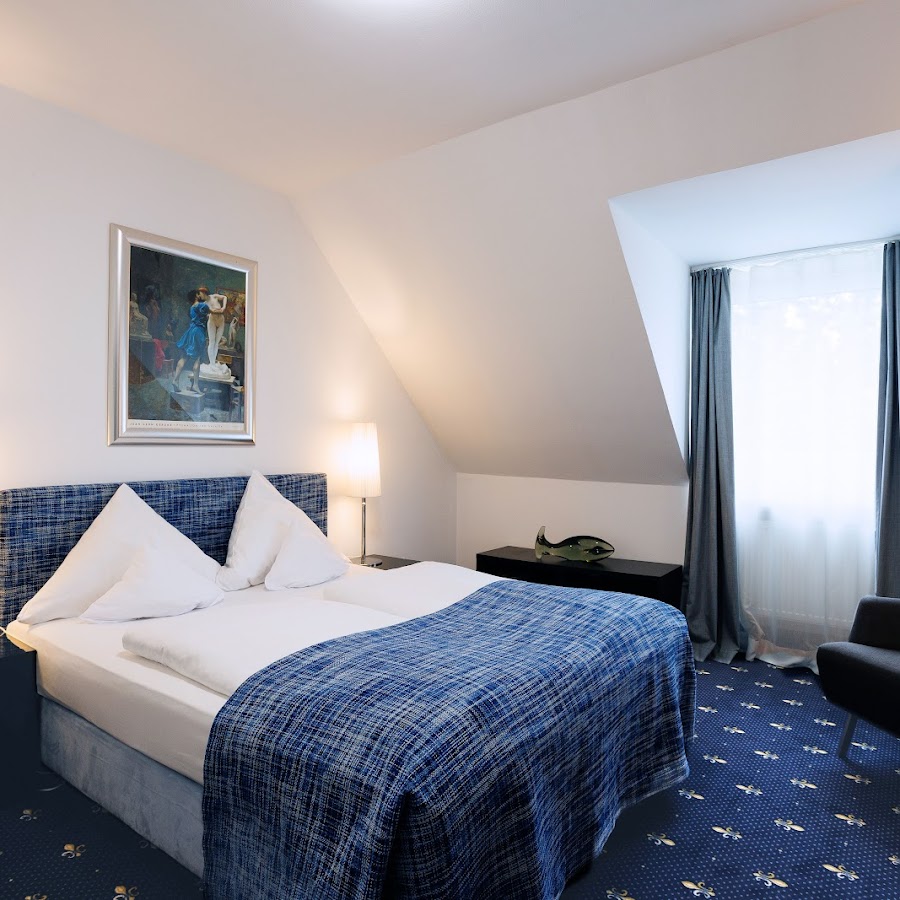
Hotel Miano
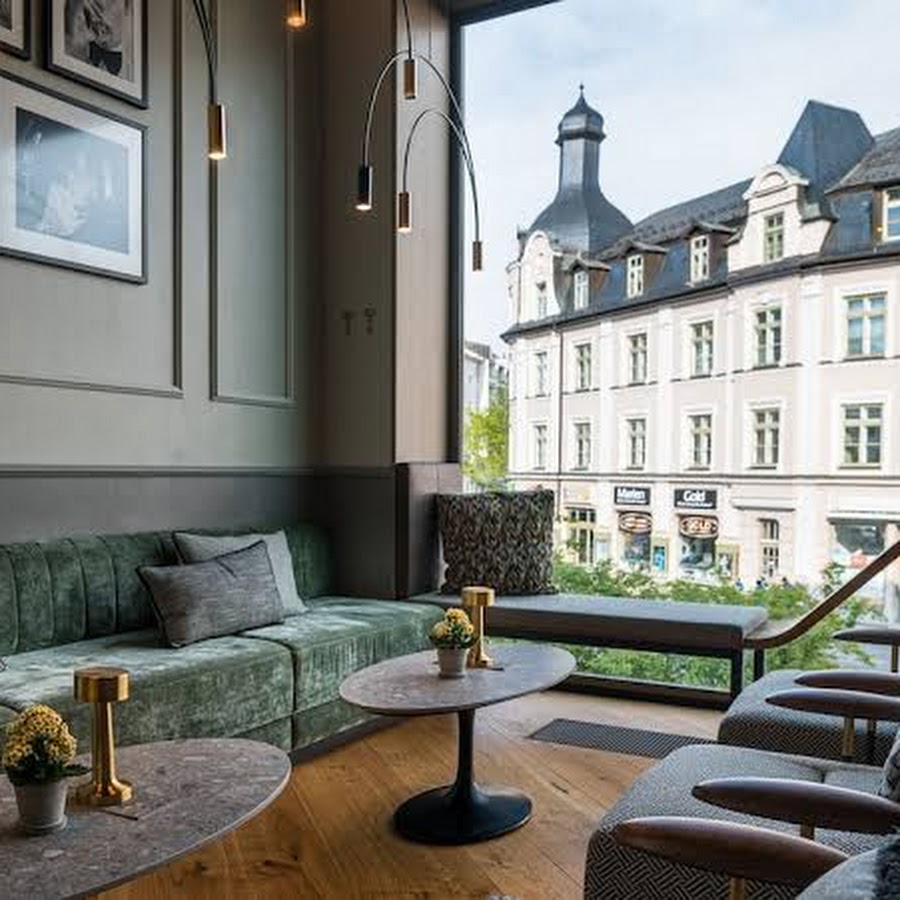
Hotel Belle Blue
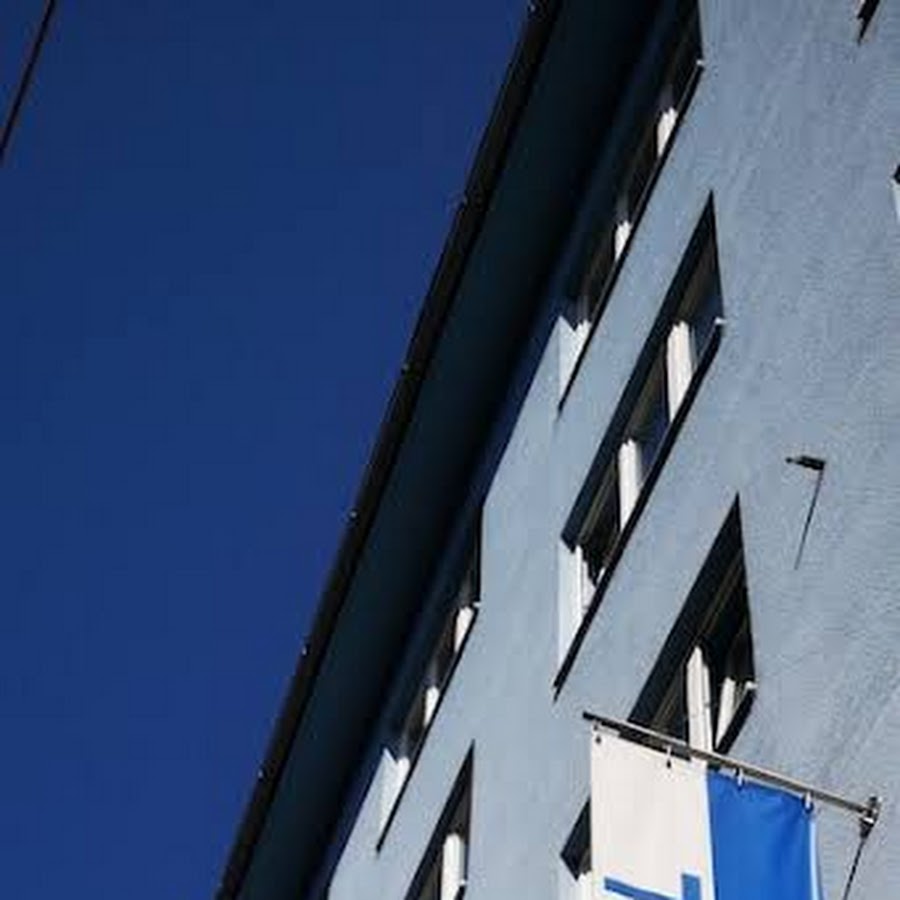
KING's HOTEL First Class
Creatif Hotel Elephant
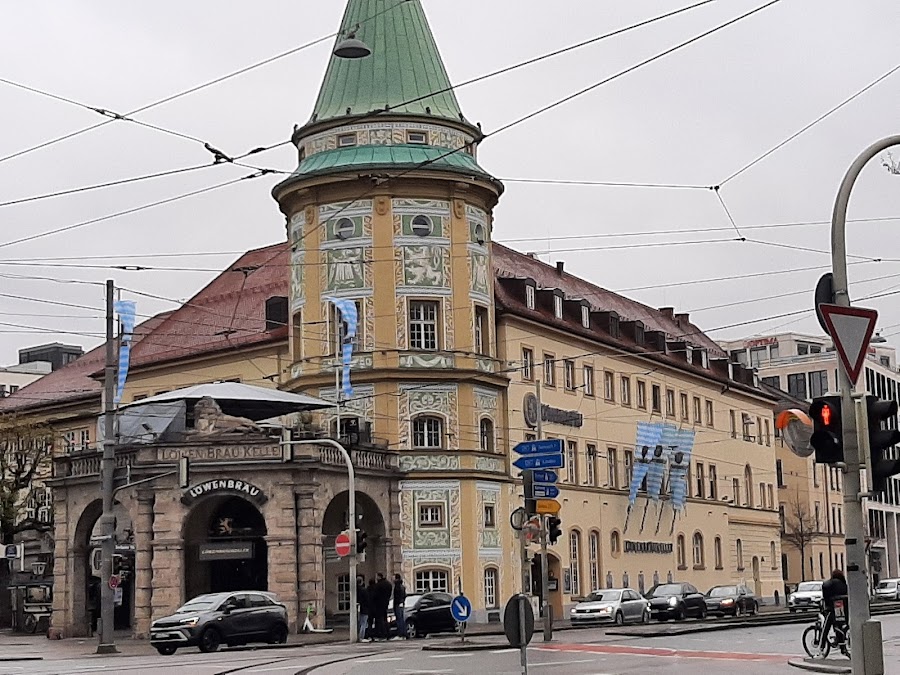
Adina Apartment Hotel Munich
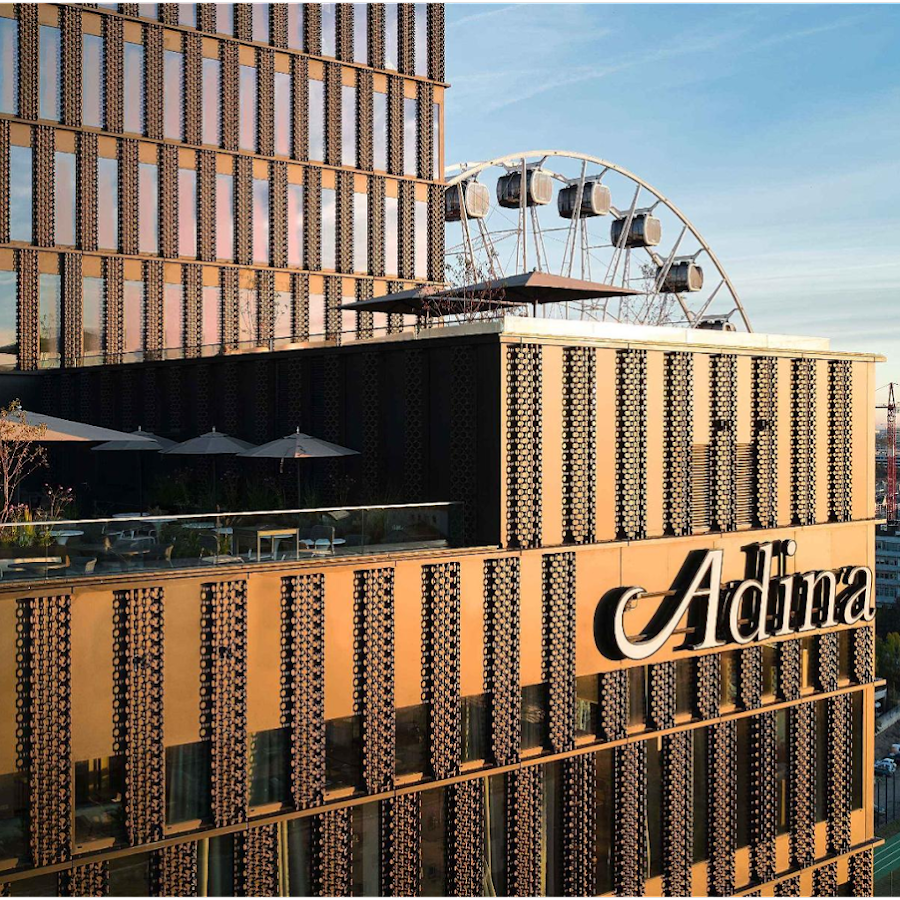
PLAZA Premium München
Leonardo Hotel & Residenz München
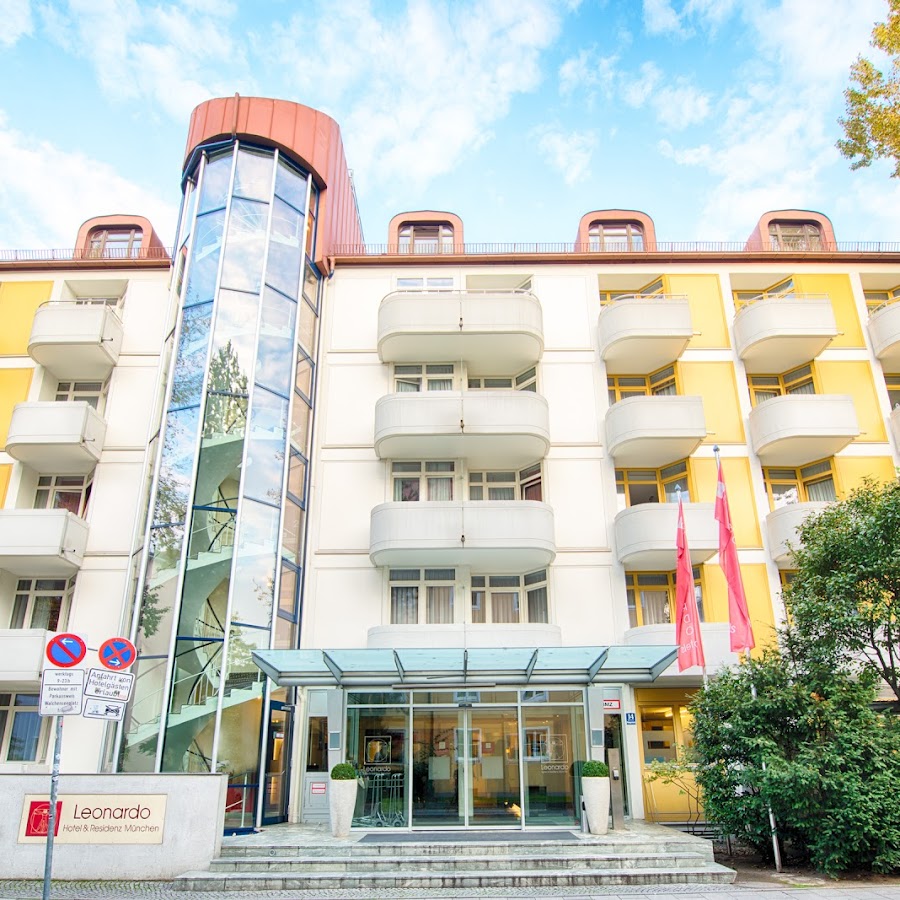
Holiday Inn Munich - City Centre, an IHG Hotel
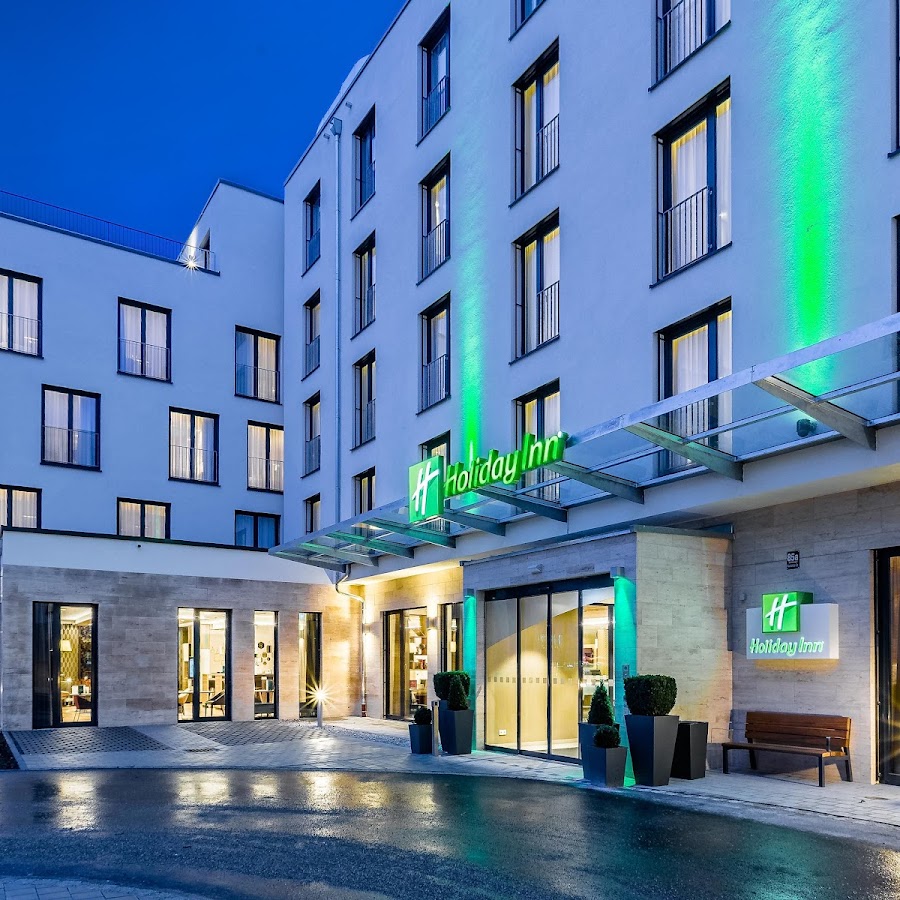
Moxy Munich Messe
Excelsior by Geisel
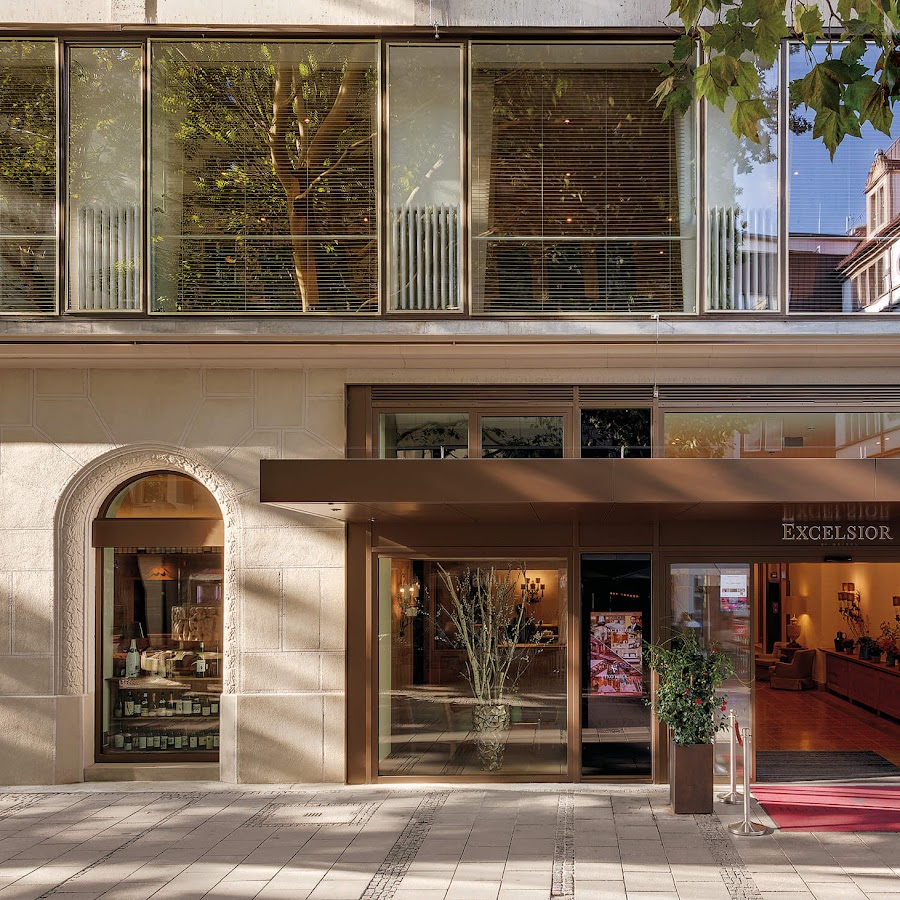
Holiday Inn Munich - South by IHG
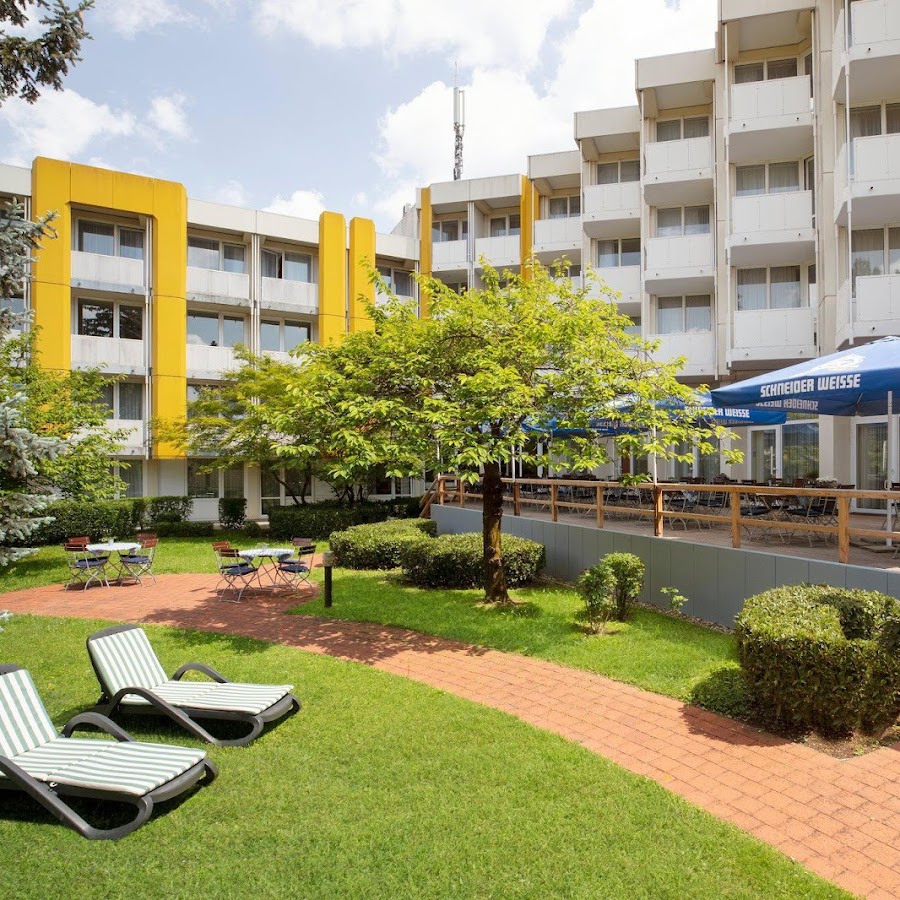
Holiday Inn Express Munich - City East by IHG
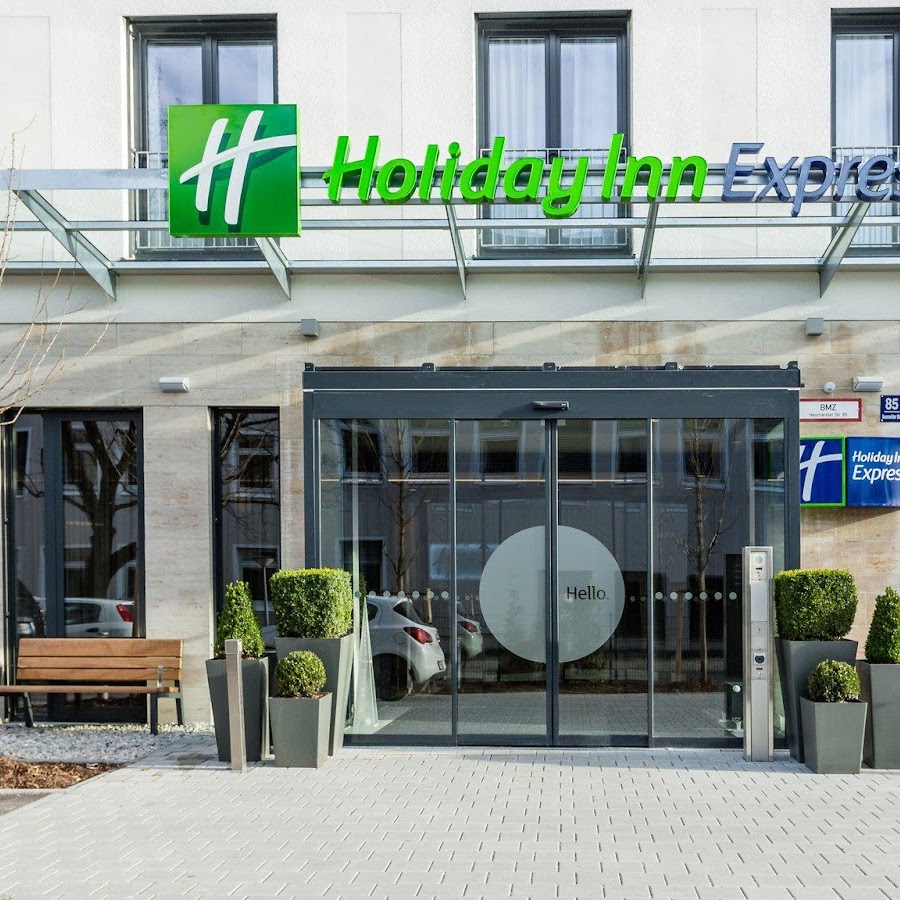
Hotel MIO by AMANO
Hotel Amalienburg München
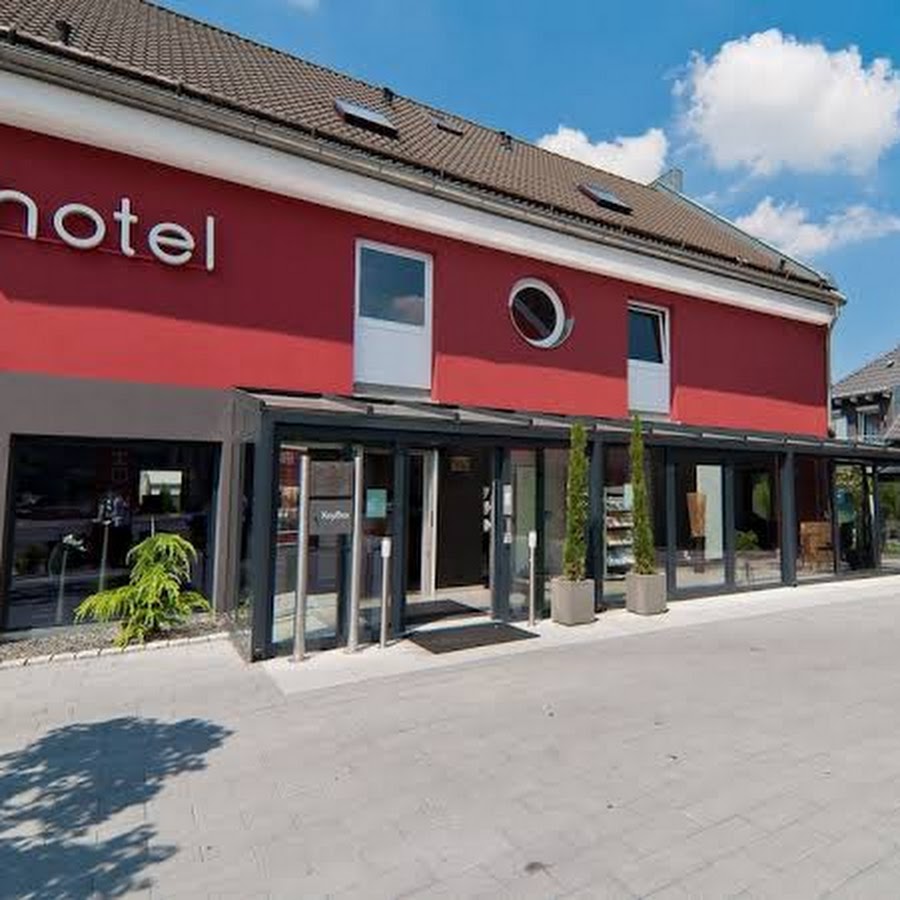
Hotel Ludwig
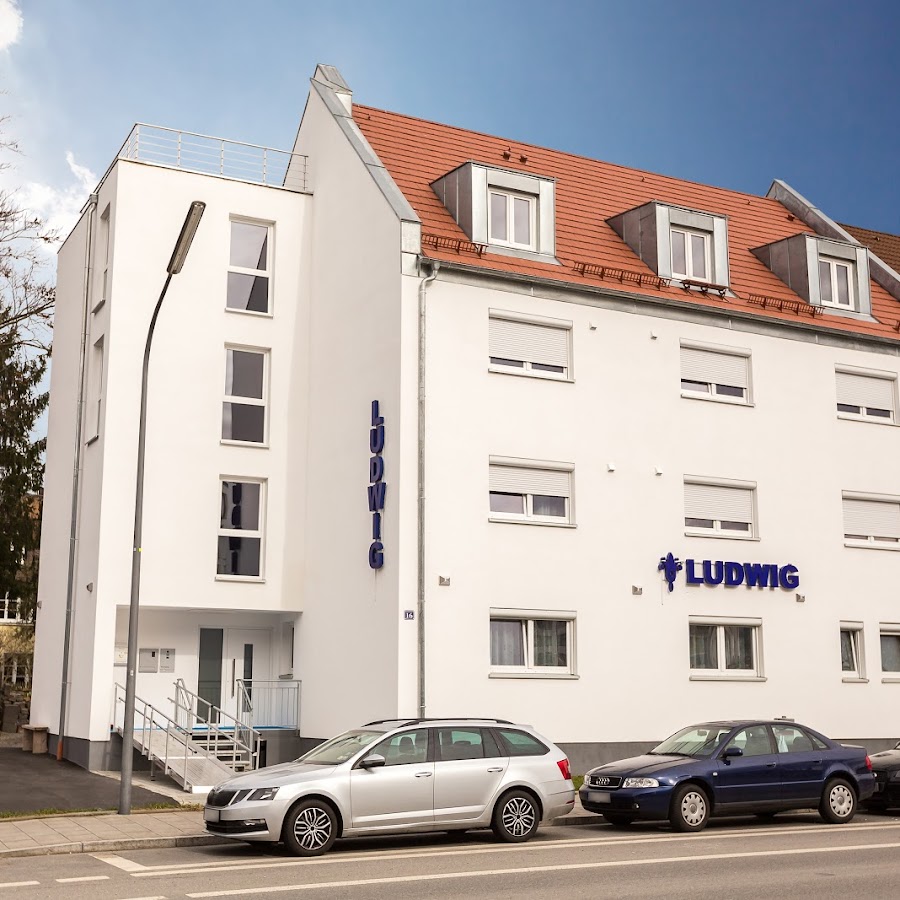
Hampton by Hilton Munich City North
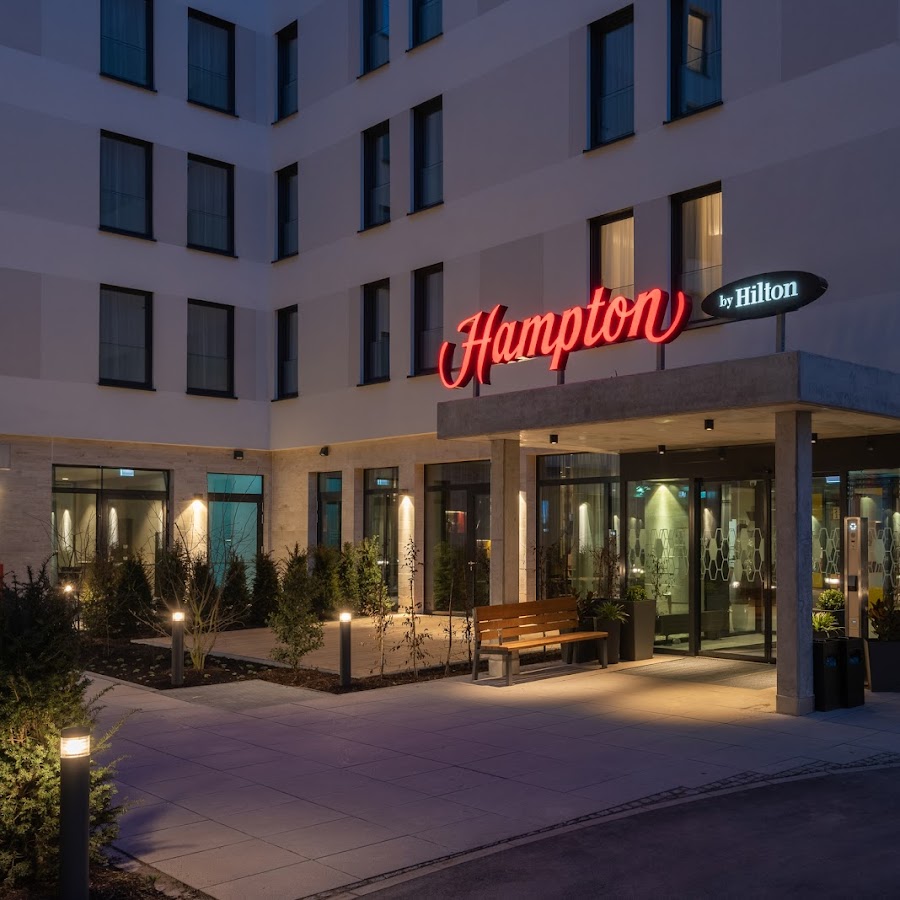
Feringapark Hotel
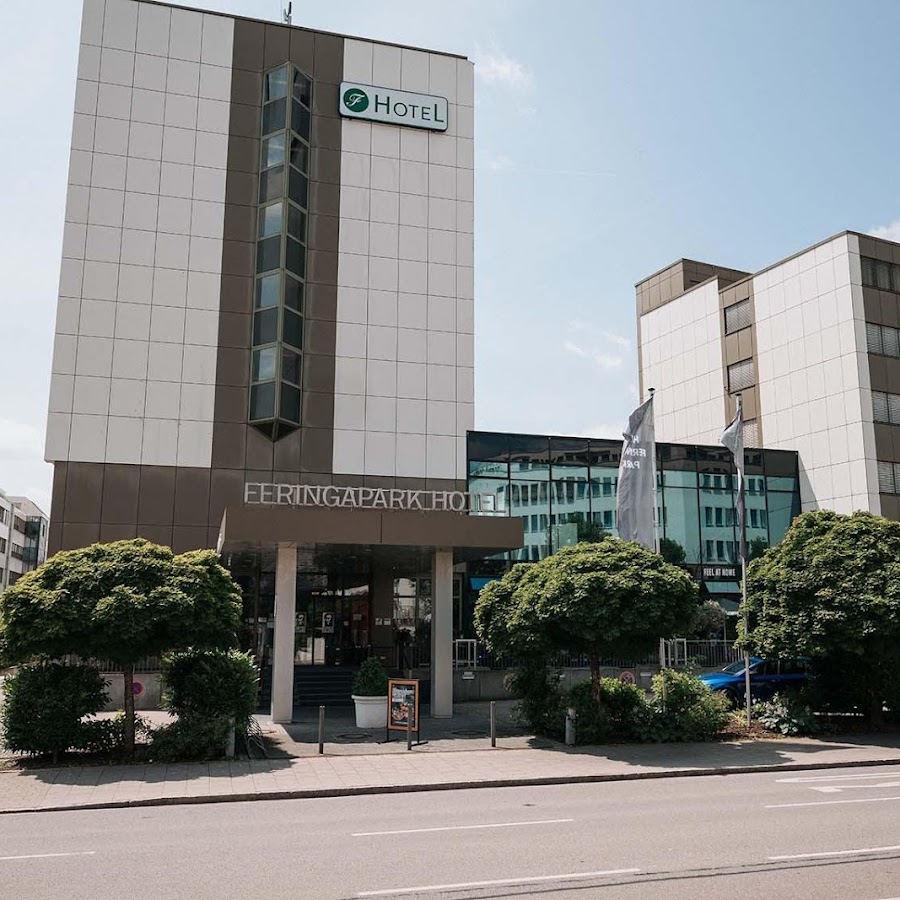
H.ome Serviced Apartments München
GS Hotel München
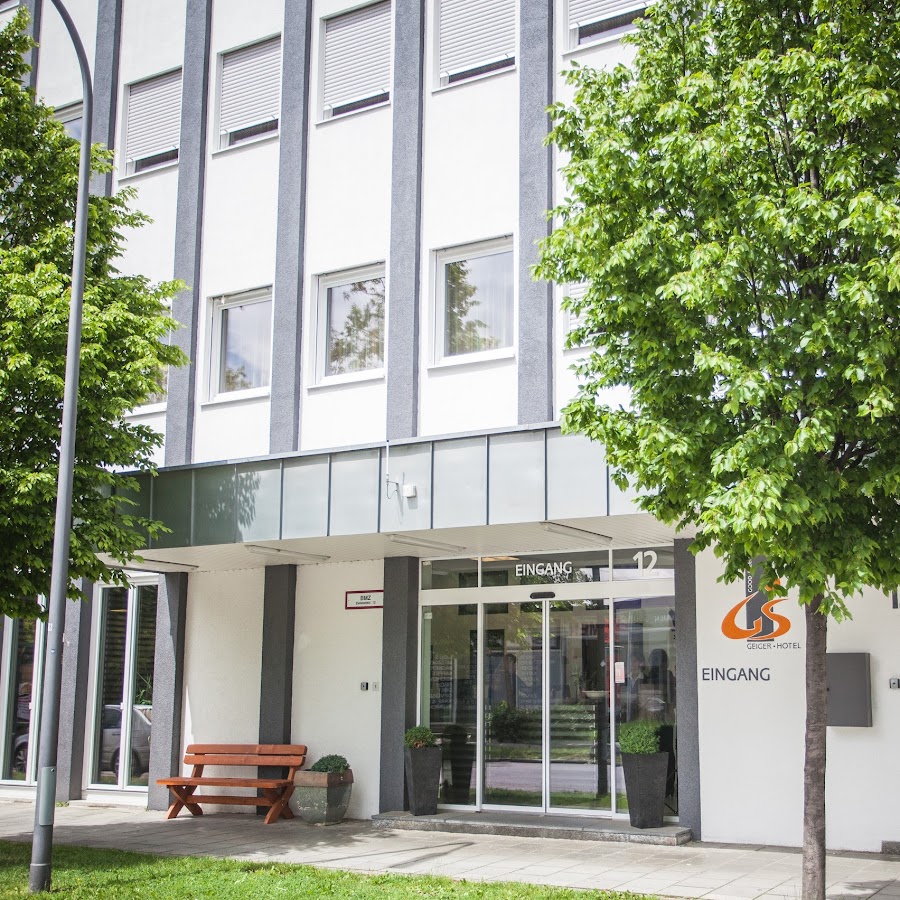
Euro Youth Hotel
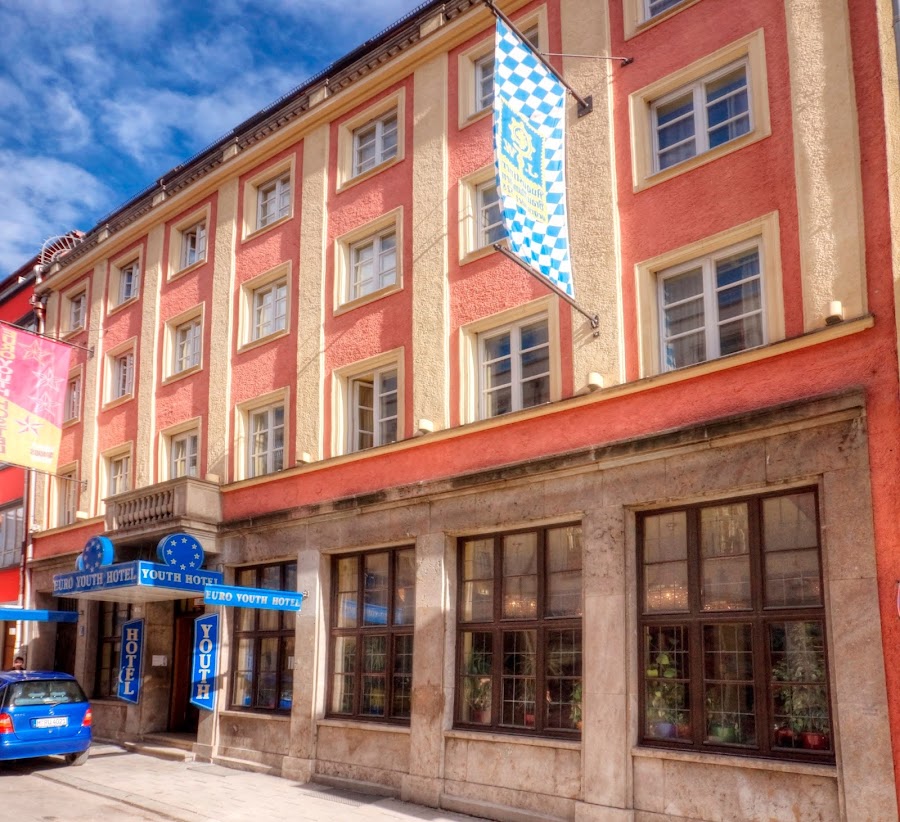
Grand Hotel Palladium
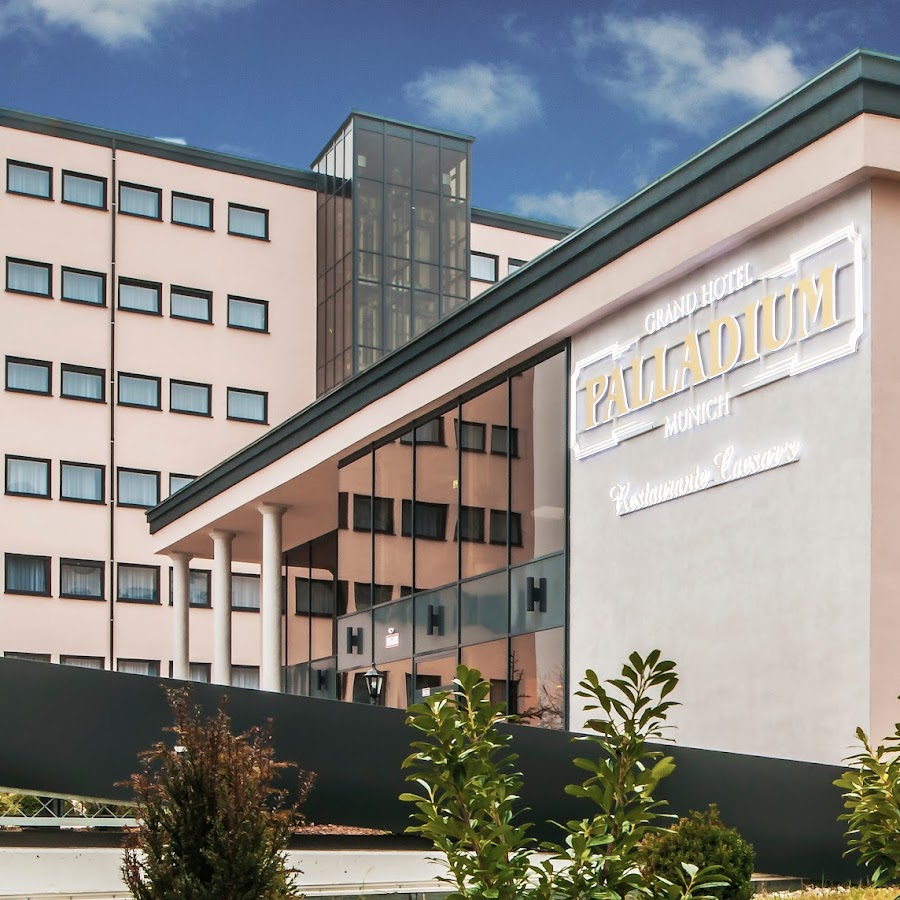
Munich Deluxe Hotel

Brera Serviced Apartments München West
AMERON München Motorworld
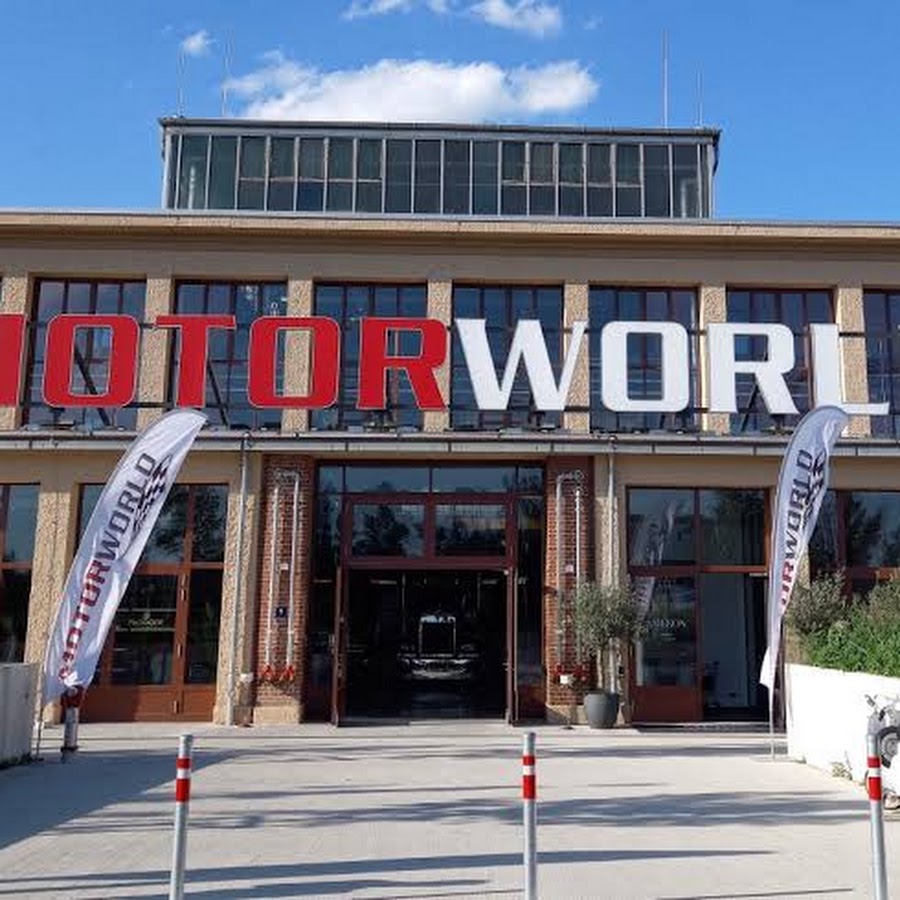
Hotel Royal
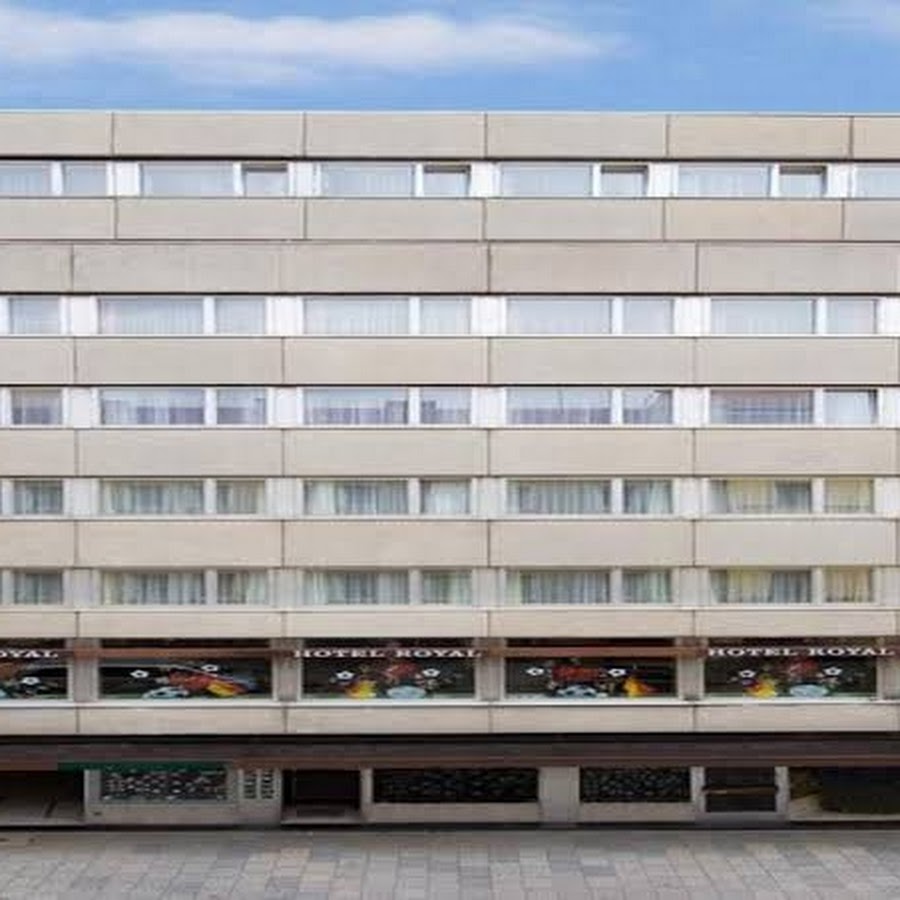
Platzl Hotel
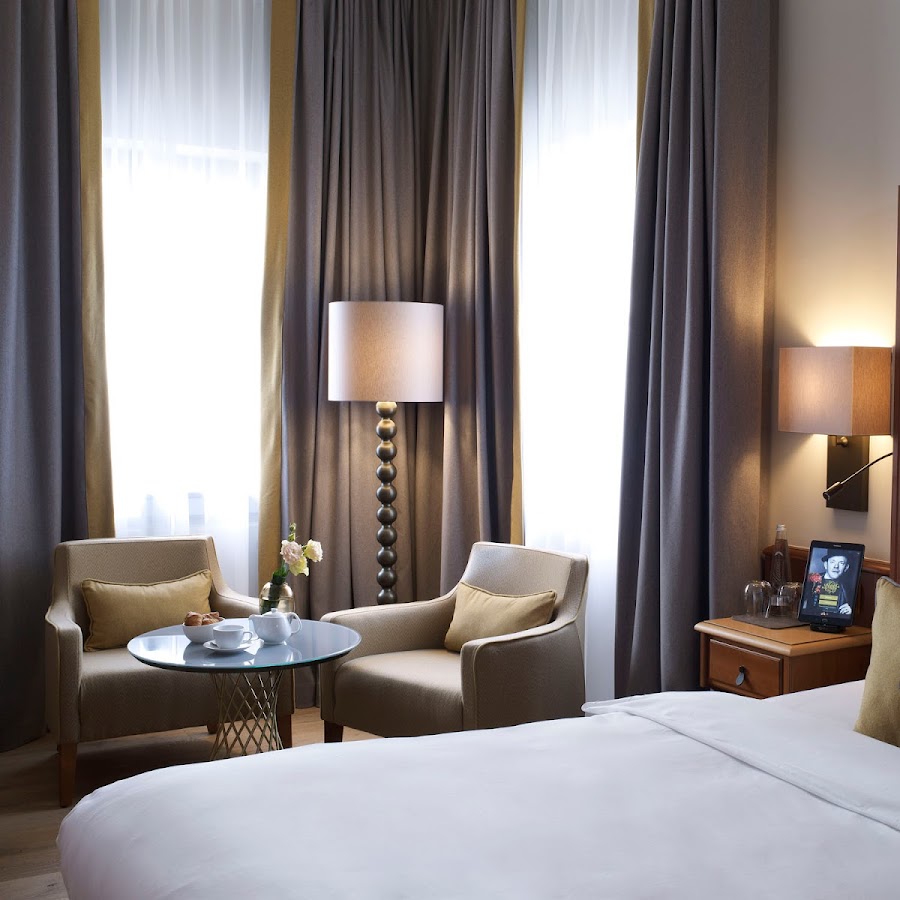
Hotel Seibel
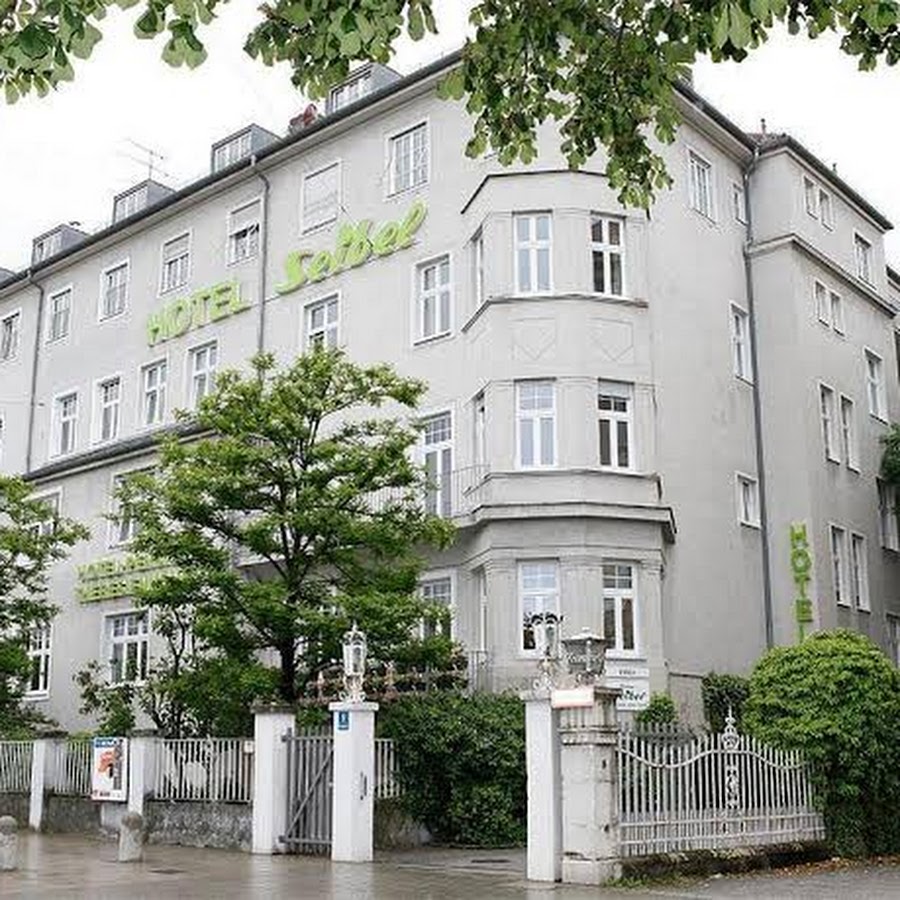
Hotel Eder
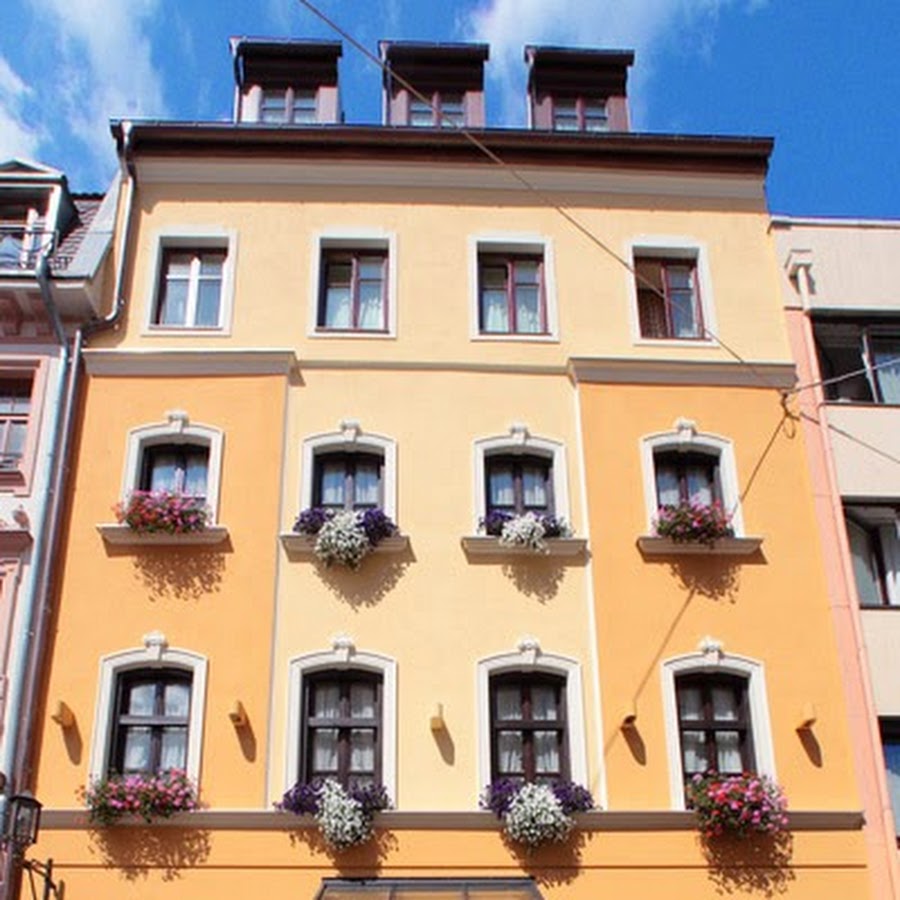
hotel marc munich
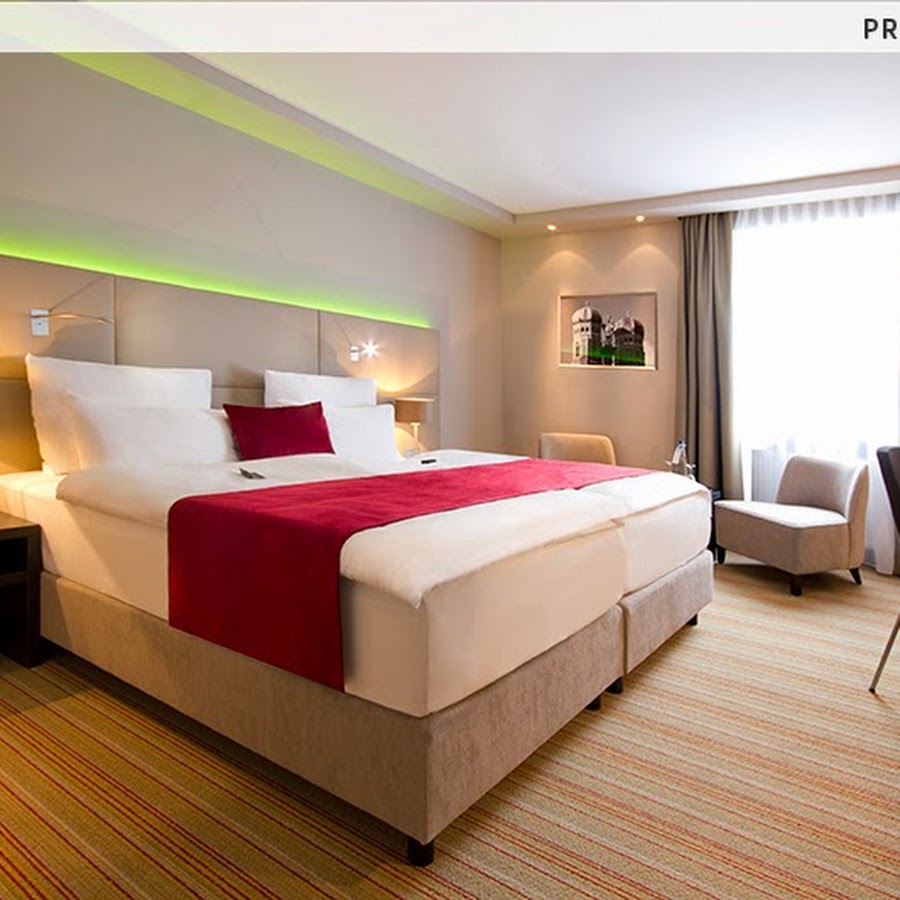
Leonardo Hotel Munich City East
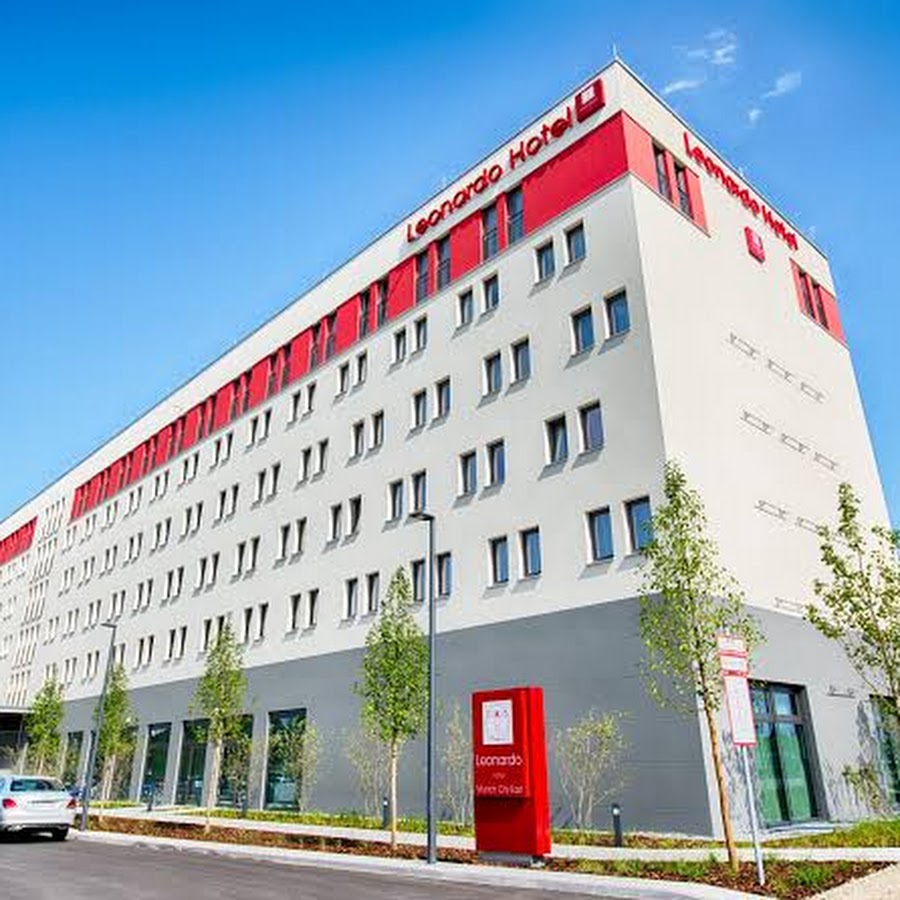
Hotel Demas City
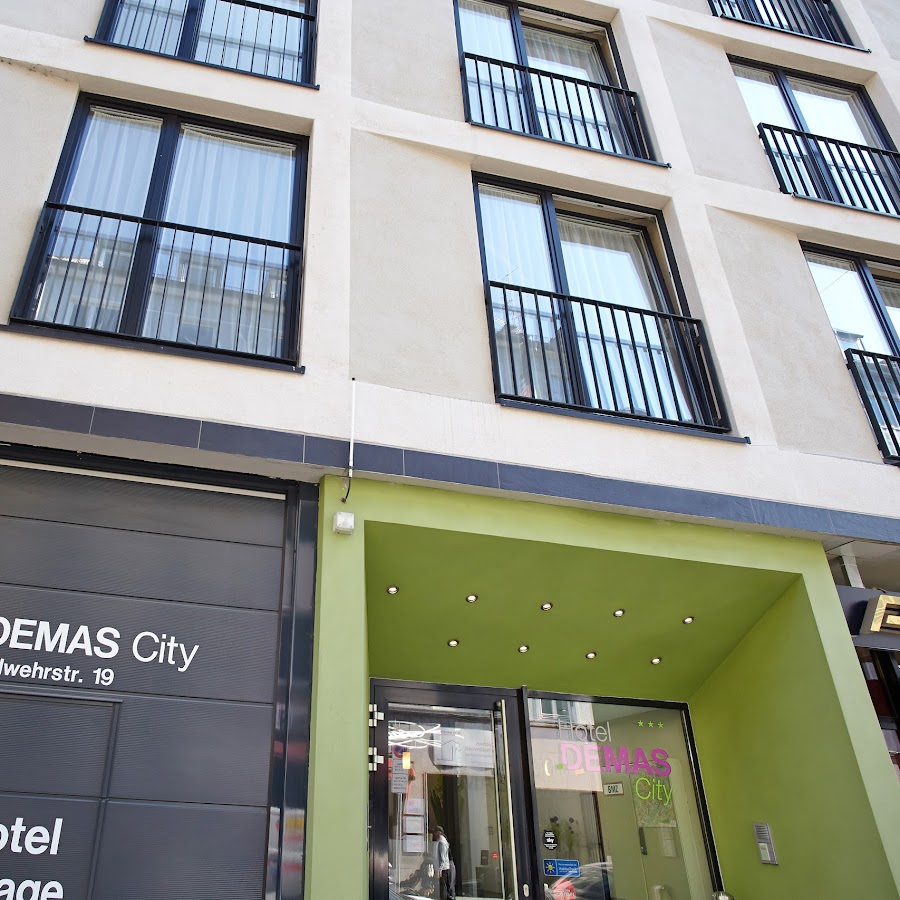
Hotel Westend

House of Records
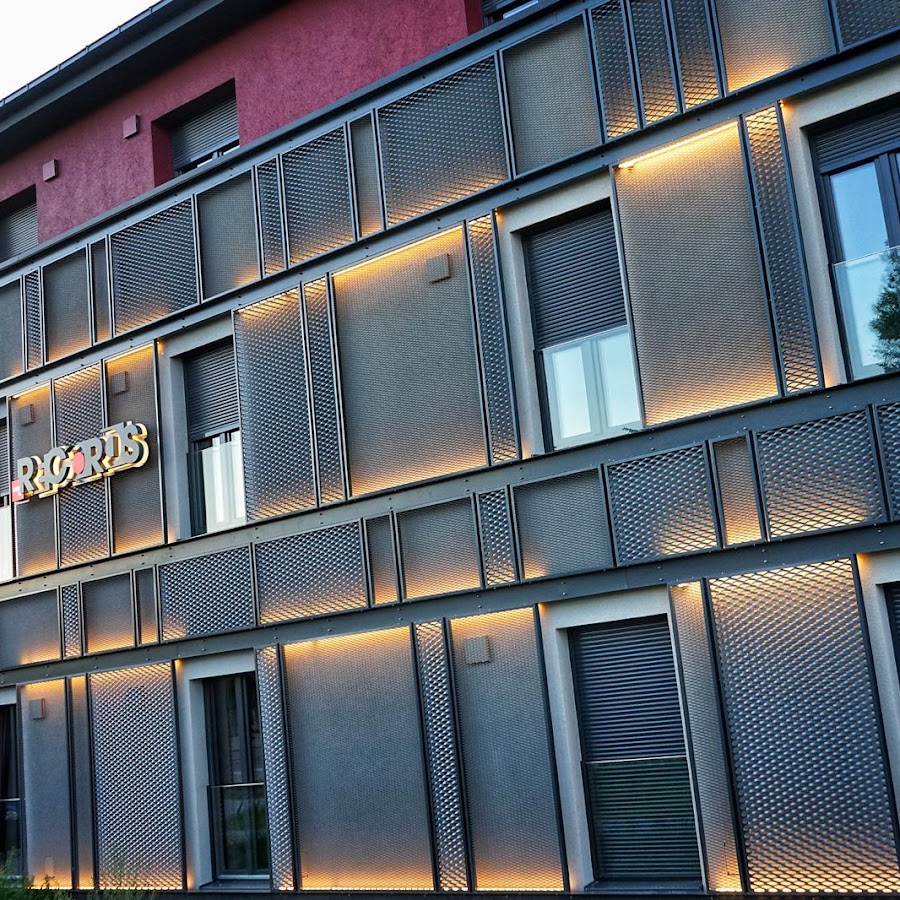
Ramada Encore by Wyndham Munich Messe
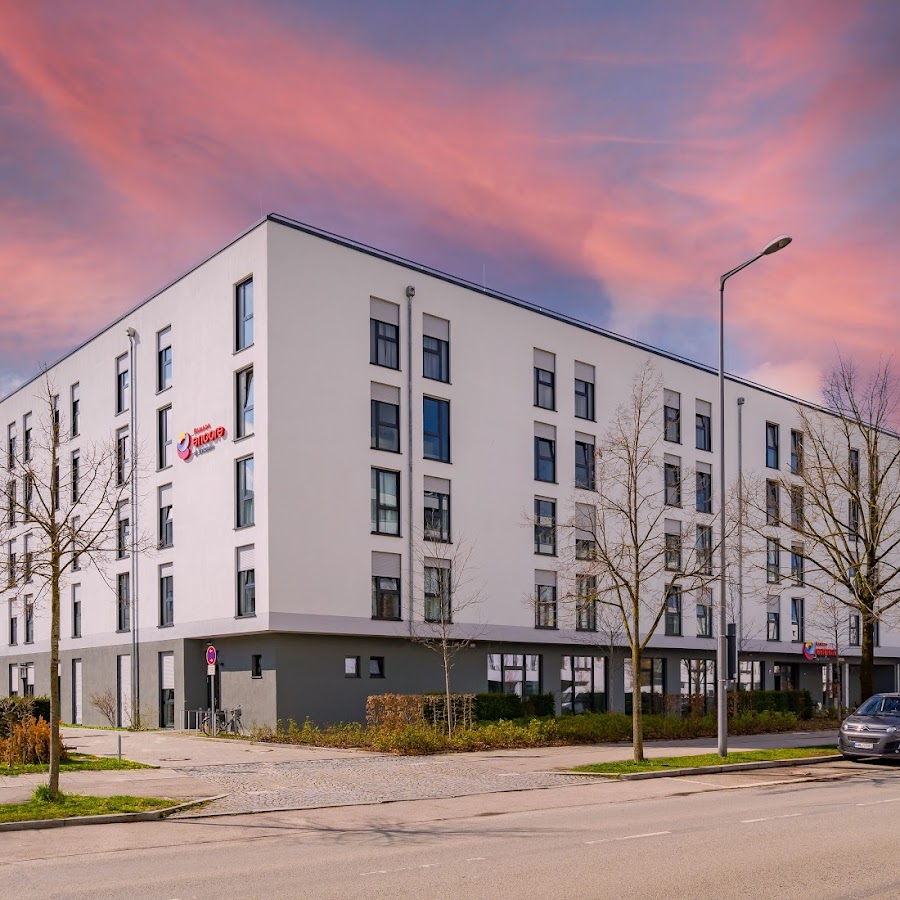
Schwabinger Wahrheit by Geisel
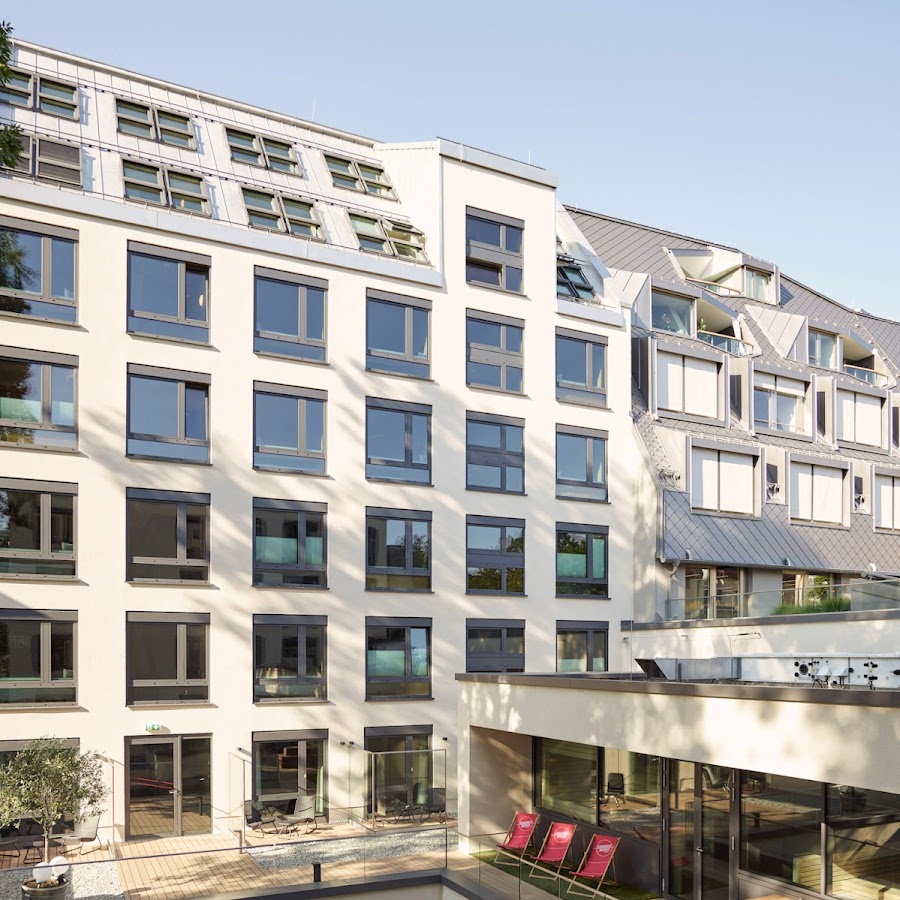
Hotel Deutsches Theater Downtown
Hilton Garden Inn Munich City West
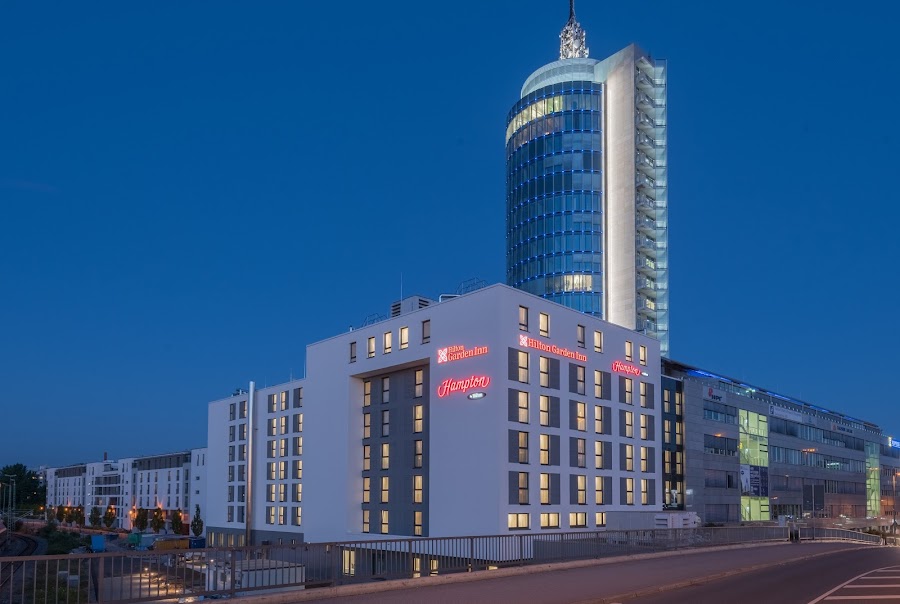
Moxy Munich Ostbahnhof
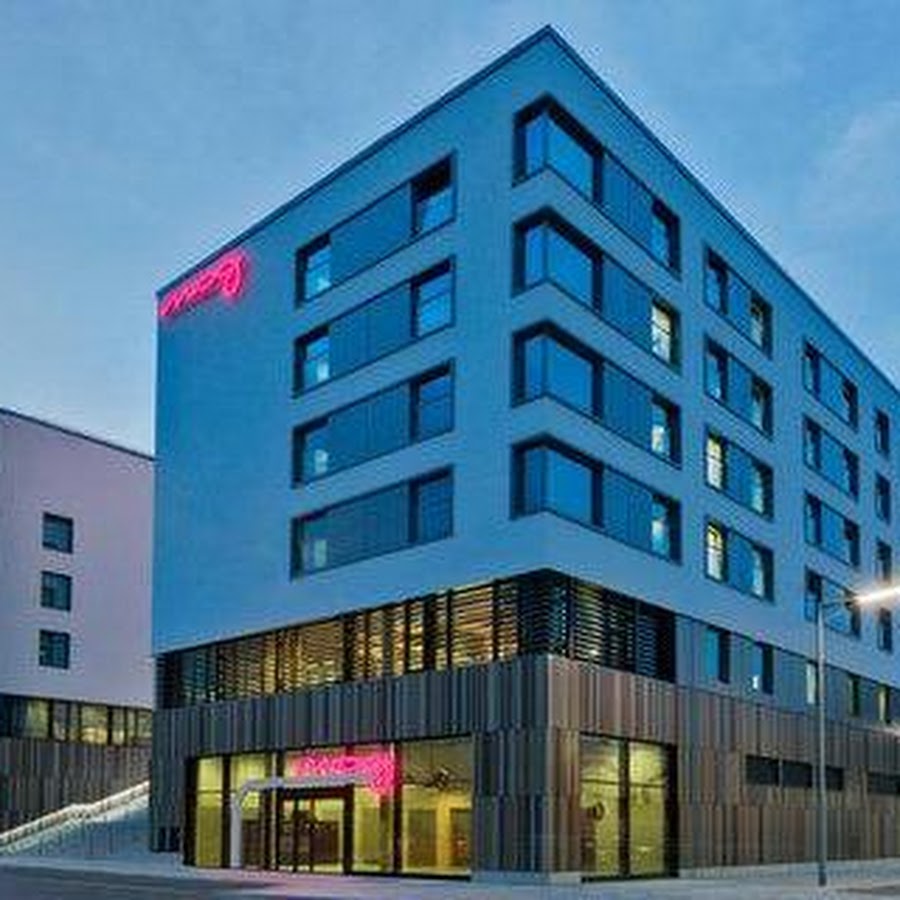
Holiday Inn - the niu, Loco Munich North, an IHG hotel
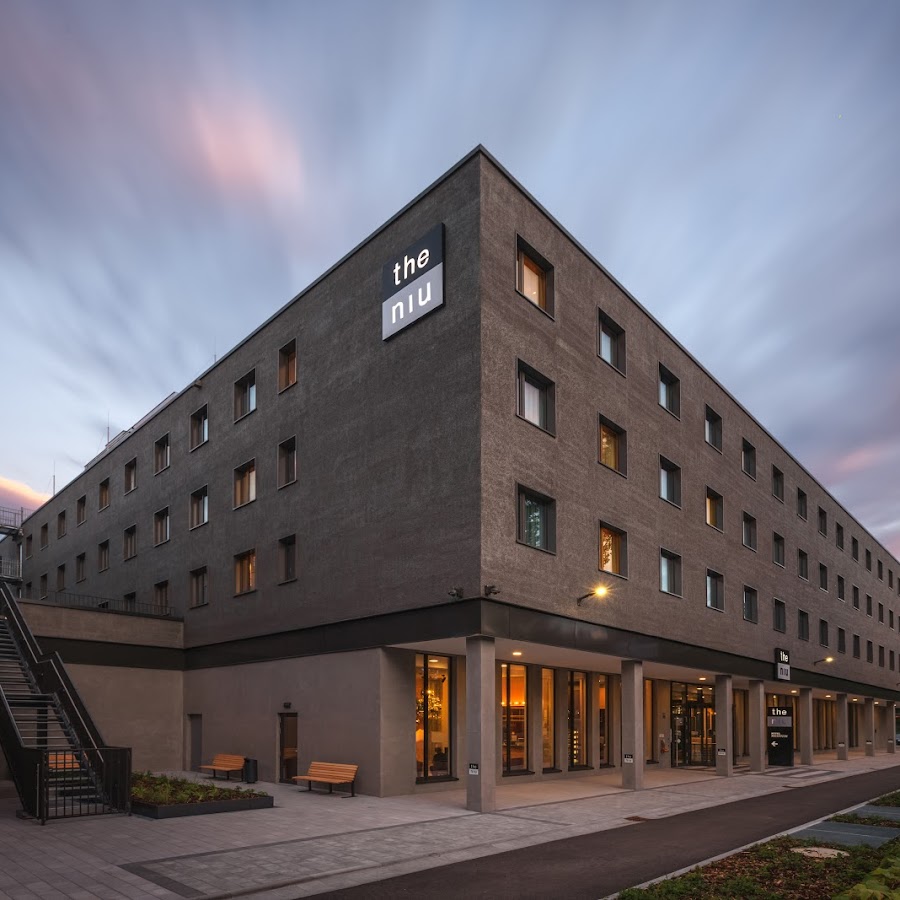
NYX Hotel Munich

Hotel Amba
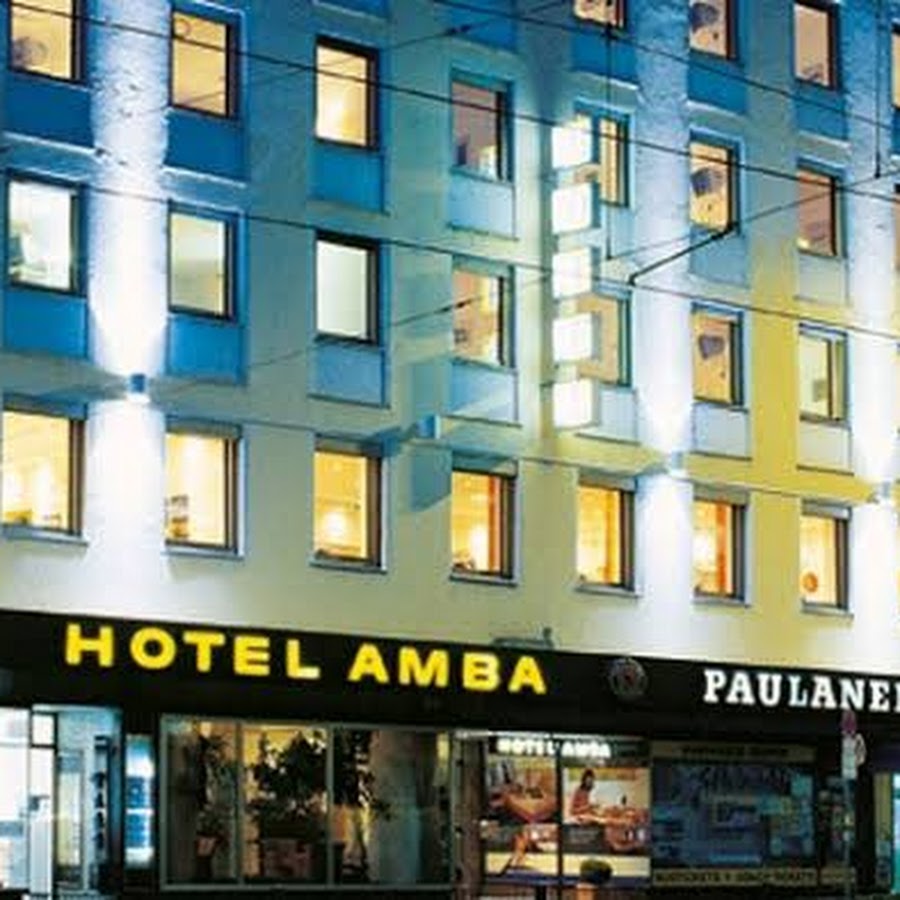
Roomers Munich
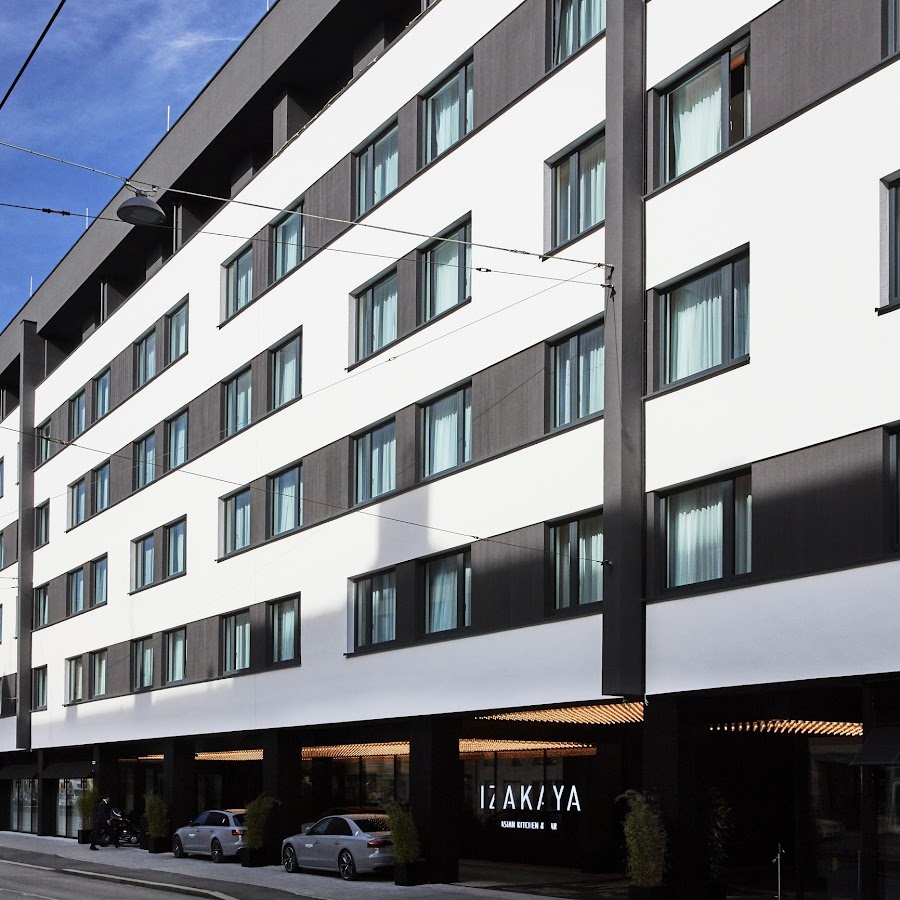
WunderLocke, Sendling
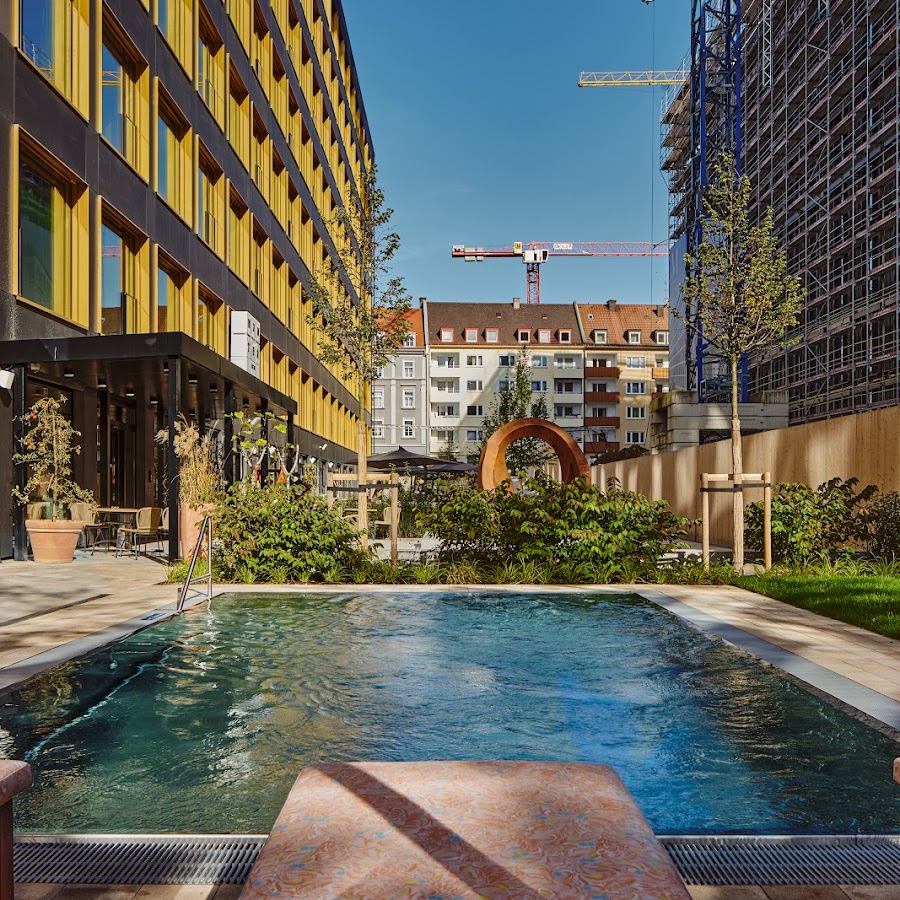
Novotel Muenchen Messe
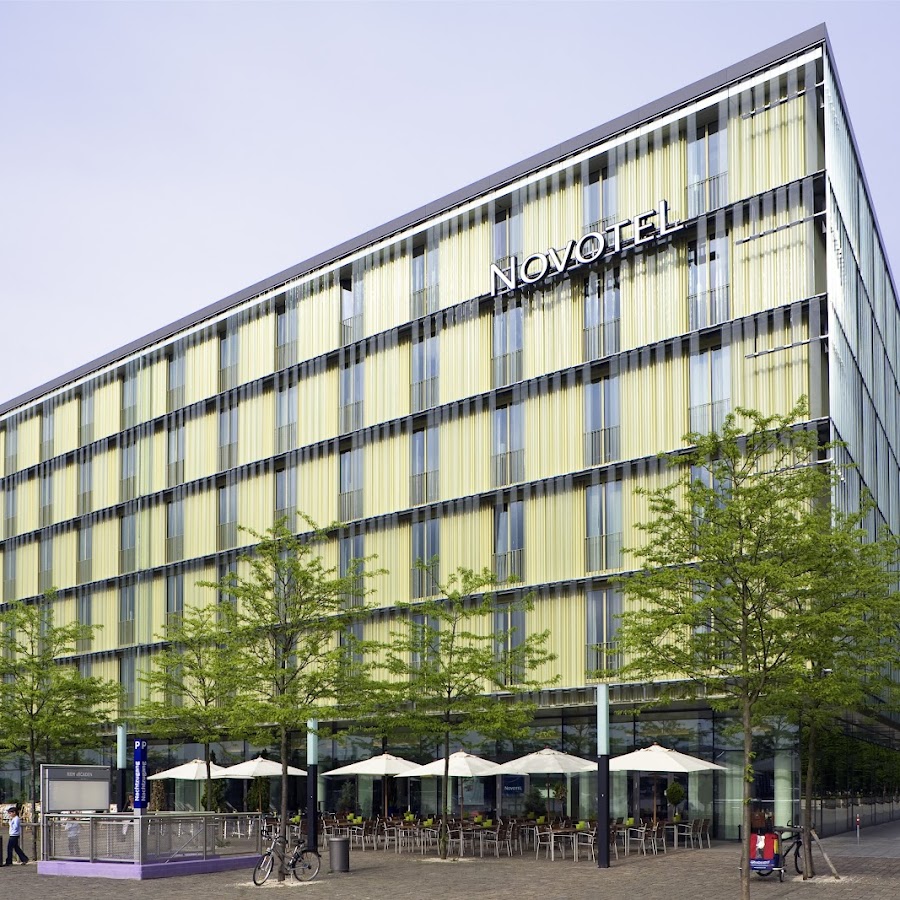
Super 8 by Wyndham Munich City North
Sofitel Munich Bayerpost
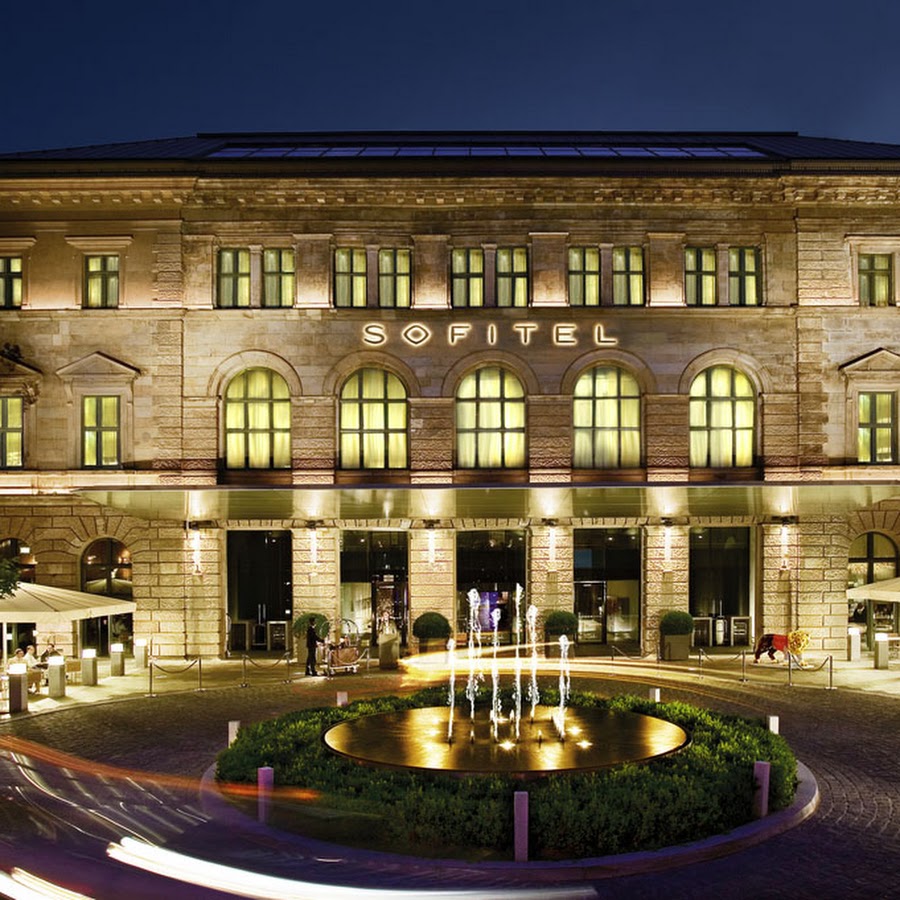
Wombat's City Hostel Munich Hauptbahnhof

Hilton Munich City
Hampton by Hilton Munich City Center East

Premier Inn München City Schwabing Hotel
Premier Inn München Messe Hotel
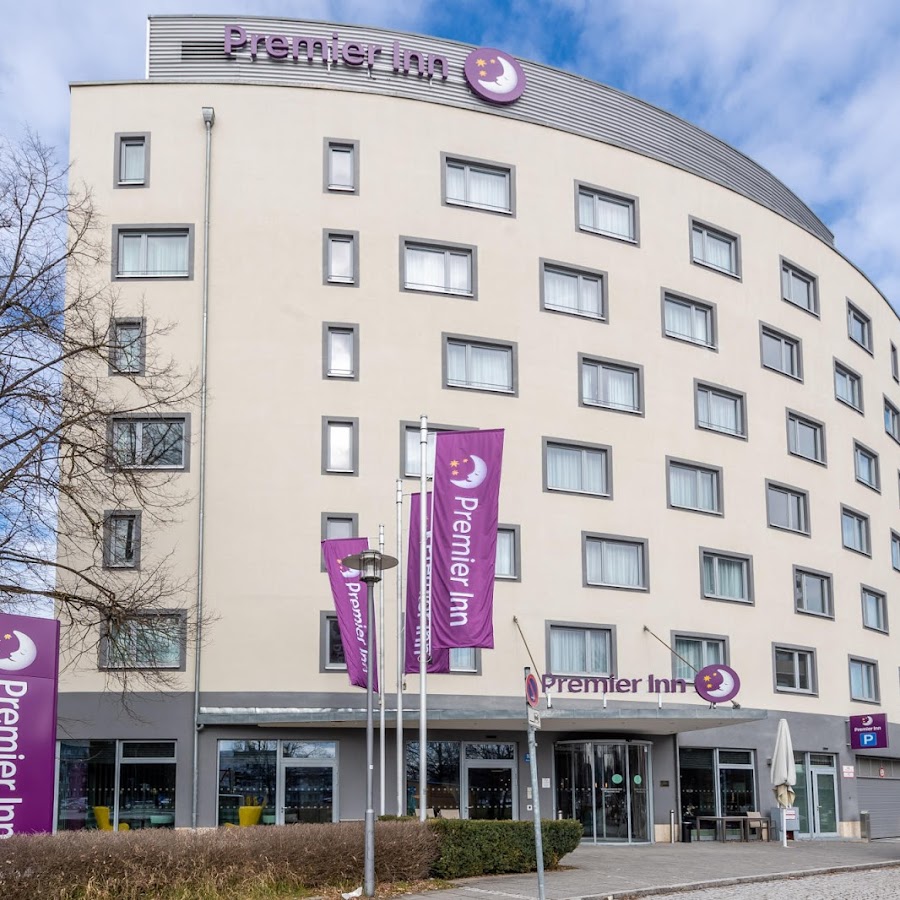
Arthotel Munich
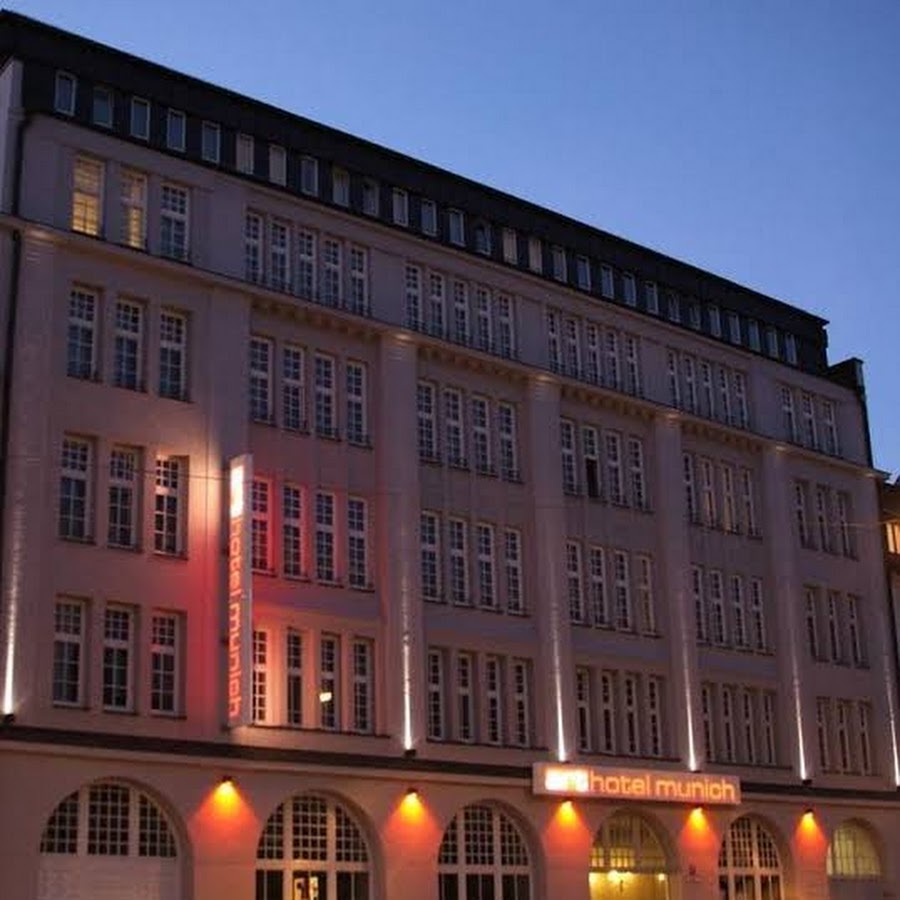
Hotel Motel One München-Haidhausen
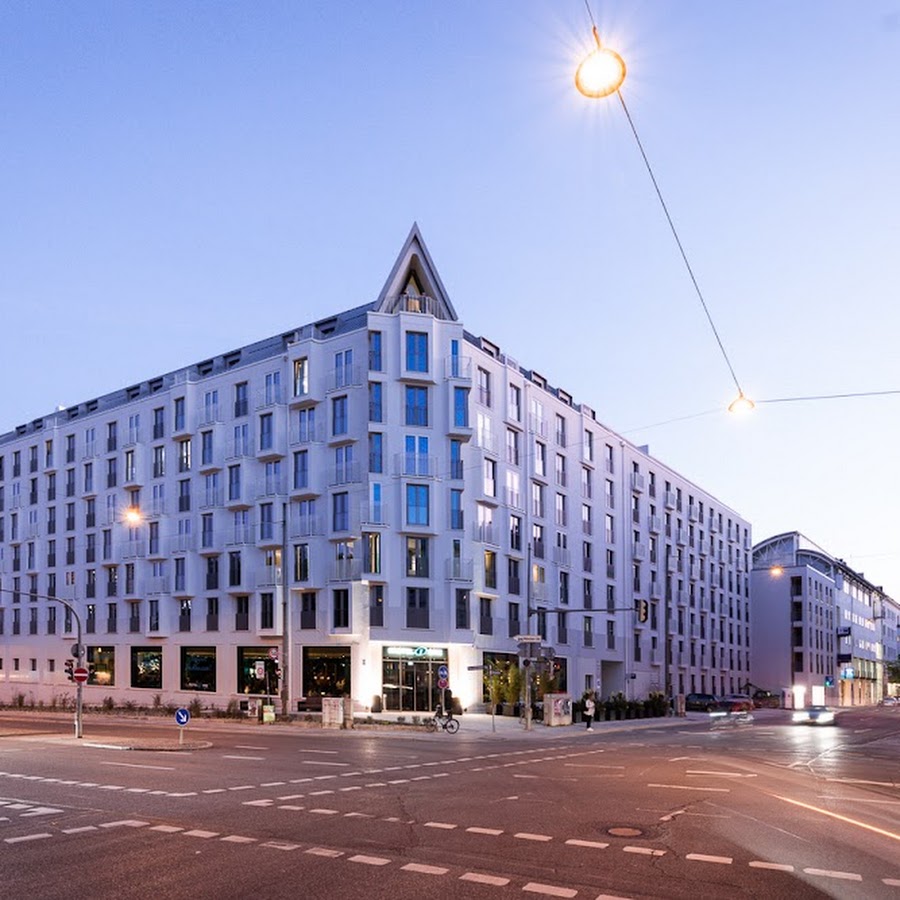
H4 Hotel München Messe
MEININGER Hotel München Olympiapark

Falkenturm Boutique Hotel
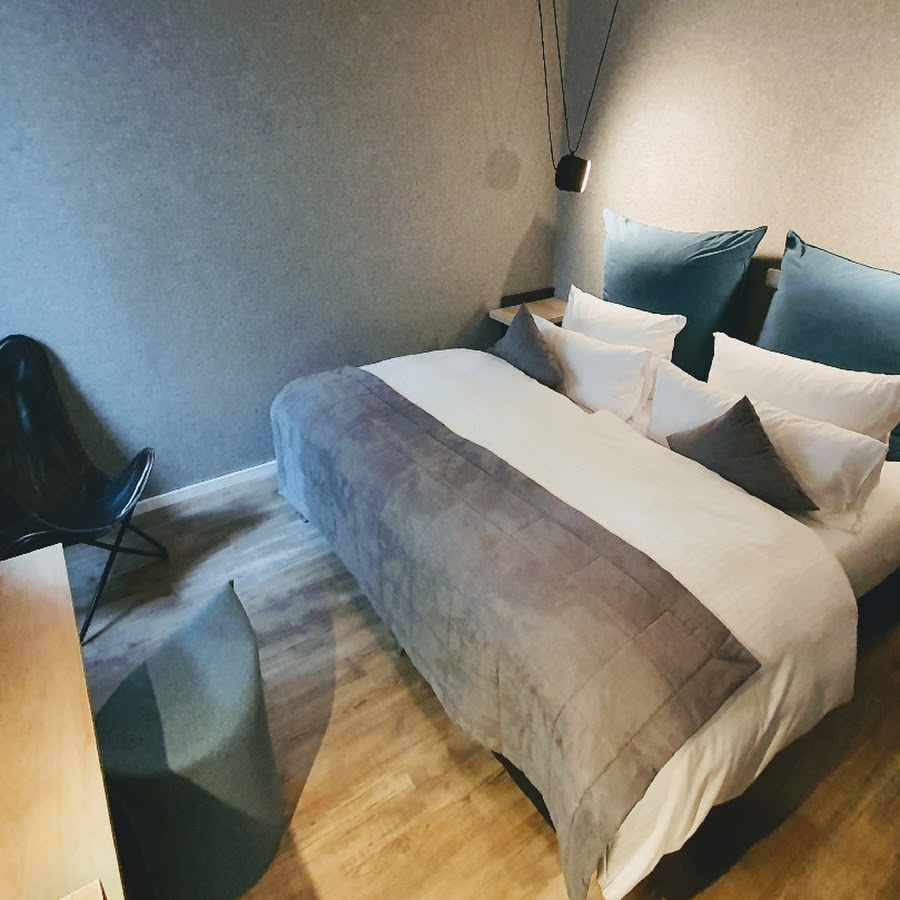
Classik Hotel Martinshof, München
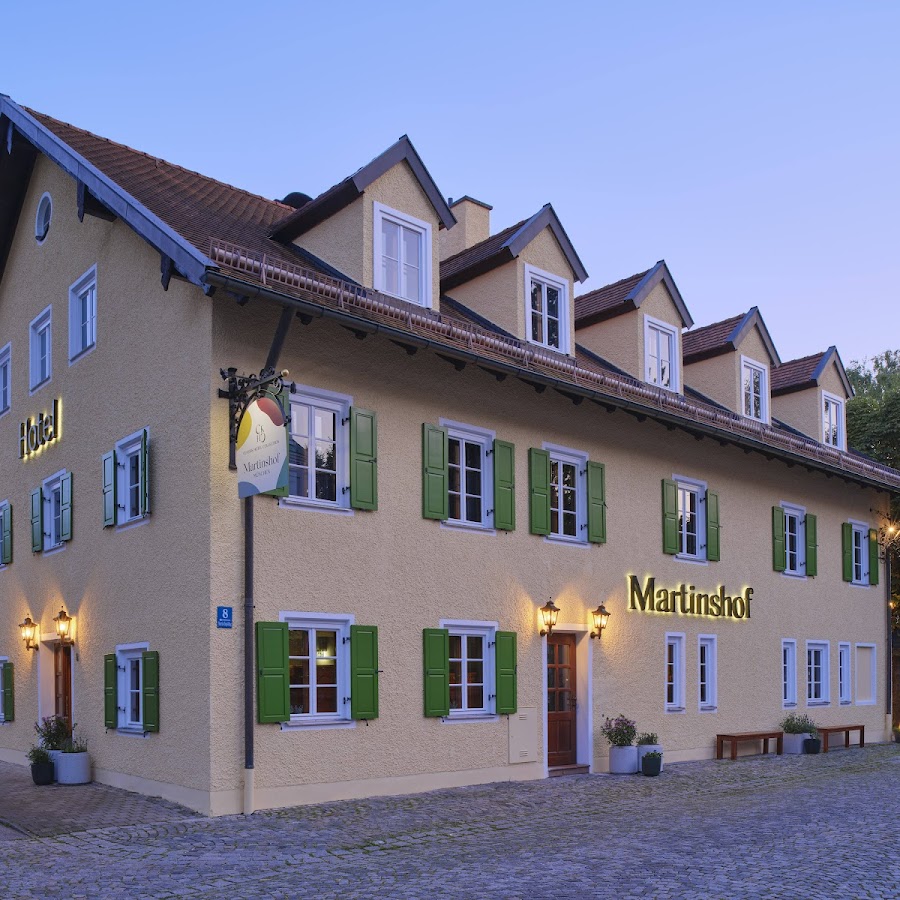
Hotel Kraft
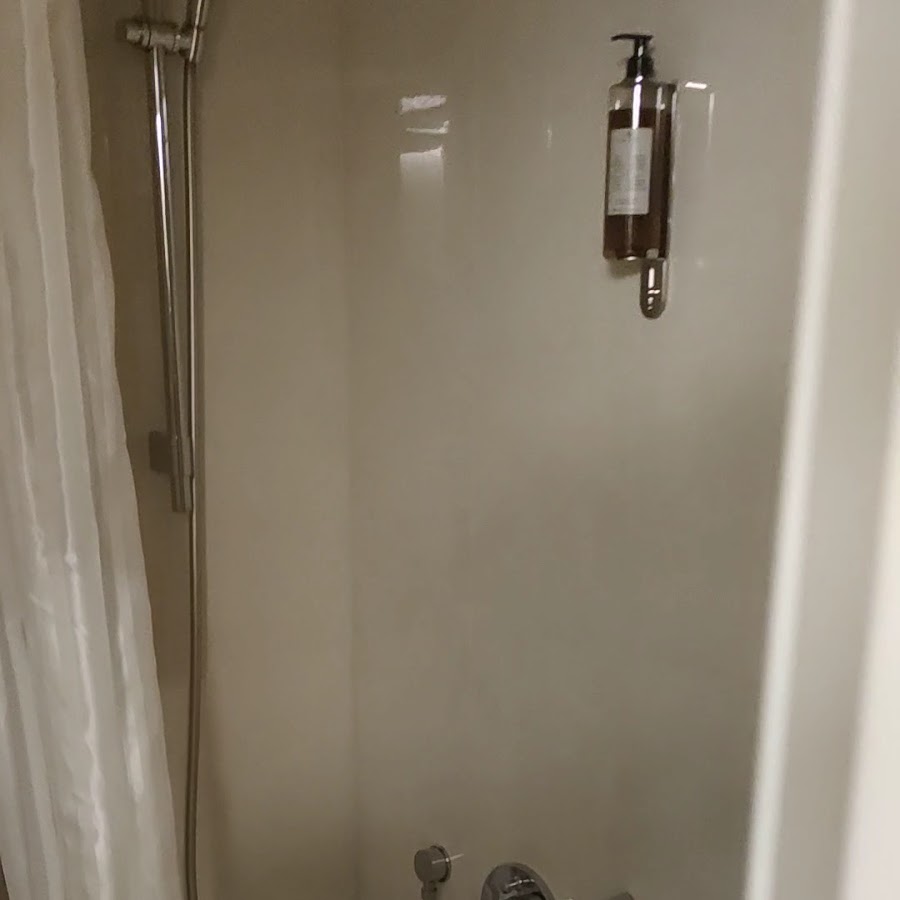
MEININGER Hotel München Zentrum
Things to see or to do in Munich
International Youth Library
The International Youth Library (IYL) (Internationale Jugendbibliothek, IJB) in Munich is a library that specializes in the collection of children and youth literature from around the world in order to make them available to the public, focusing on the international community. This library is the largest of its kind worldwide, and has been operating since June 1983, in Blutenburg Castle in the Munich district Obermenzing, before this time the library was located in Schwabing.A library specializing in children's and youth literature from around the world.

Geologisches Museum München
nullA museum dedicated to geology, featuring exhibits on minerals, fossils, and the Earth's history.

Kartoffelmuseum
Das Kartoffelmuseum (The Potato Museum) is one of many museums devoted to this staple food. It was concentrated on the art historical aspects of the potato. It was located in Munich, Germany, but closed in 2016.A unique museum dedicated to the history and cultural significance of the potato (now closed).

Bavarian State Archaeological Collection
The Bavarian State Archaeological Collection (German: Archäologische Staatssammlung, until 2000 known as the Prähistorische Staatssammlung, State Prehistoric Collection) in Munich is the central museum of prehistory of the State of Bavaria, considered to be one of the most important archaeological collections and cultural history museums in Germany.The central museum of prehistory in Bavaria, showcasing archaeological finds from the region.

Lenbachhaus
The Lenbachhaus (German: [ˈlɛnbaxˌhaʊs]) is a building housing the Städtische Galerie (English: Municipal Gallery) art museum in Munich's Kunstareal.A museum housing the Städtische Galerie, featuring works from the Blue Rider group and other artists.

Neue Pinakothek
The Neue Pinakothek (German: [ˈnɔʏ.ə pinakoˈteːk], New Pinacotheca) is an art museum in Munich, Germany. Its focus is European Art of the 18th and 19th centuries, and it is one of the most important museums of art of the nineteenth century in the world.[citation needed] Together with the Alte Pinakothek and the Pinakothek der Moderne, the Neue Pinakothek is part of Munich's museum quarter (Kunstareal).Focusing on European art of the 18th and 19th centuries, it is a key museum for 19th-century art.
 en.wikipedia.org
en.wikipedia.orgAlte Pinakothek
The Alte Pinakothek (German: [ˈʔaltə pinakoˈteːk] , Old Pinakothek) is an art museum located in the Kunstareal area in Munich, Germany. It is one of the oldest galleries in the world and houses a significant collection of Old Master paintings. The name Alte (Old) Pinakothek refers to the time period covered by the collection—from the fourteenth to the eighteenth century. The Neue Pinakothek, re-built in 1981, covers nineteenth-century art, and Pinakothek der Moderne, opened in 2002, exhibits modern art. All three galleries are part of the Bavarian State Painting Collections, an organization of the Free state of Bavaria.One of the oldest galleries in the world, housing a significant collection of Old Master paintings.

Hofbräuhaus am Platzl
48°08′15″N 11°34′47″E / 48.13750°N 11.57972°E / 48.13750; 11.57972 The Hofbräuhaus am Platzl is a beer hall in Munich, Bavaria, Germany, originally built in 1589 by Bavarian Duke Maximilian I as an extension of the Staatliches Hofbräuhaus in München brewery. The general public was admitted in 1828 by Ludwig I. The building was completely remodeled in 1897 by Max Littmann when the brewery moved to the suburbs. All of the rooms except the historic beer hall ("Schwemme") were destroyed in the World War II bombings. The reopening of the Festival Hall in 1958 marked the end of the post-war restoration work.A historic beer hall offering traditional Bavarian food and beer in a lively atmosphere

Pinakothek der Moderne
The Pinakothek der Moderne (German: [pinakoˈteːk deːɐ̯ moˈdɛʁnə], Pinakothek of the Modern) is a modern art museum, situated in central Munich's Kunstareal.A modern art museum featuring works from the 20th and 21st centuries.

Glyptothek
The Glyptothek (German: [ɡlʏptoˈteːk] ) is a museum in Munich, Germany, which was commissioned by the Bavarian King Ludwig I to house his collection of Greek and Roman sculptures (hence γλυπτο- glypto- "sculpture", from the Greek verb γλύφειν glyphein "to carve" and the noun θήκη "container"). It was designed by Leo von Klenze in the neoclassical style, and built from 1816 to 1830. Today the museum is a part of the Kunstareal.A museum housing a significant collection of Greek and Roman sculptures.
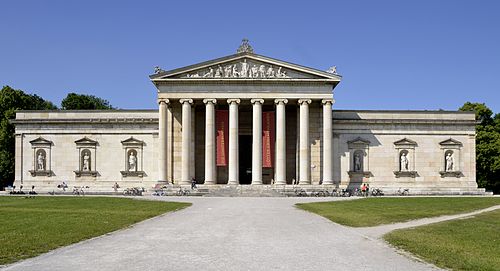 en.wikipedia.org
en.wikipedia.orgAllianz Arena
Allianz Arena (German: [aˈli̯ants ʔaˌʁeːna]; known as Munich Football Arena for UEFA competitions) is a football stadium in Munich, Bavaria, Germany, with a 70,000 seating capacity for international matches and 75,000 for domestic matches. Widely known for its exterior of inflated ETFE plastic panels, it is the first stadium in the world with a full colour changing exterior. Located at Franz-Beckenbauer-Platz 5 at the northern edge of Munich's Schwabing-Freimann borough on the Fröttmaning Heath, it is the second-largest stadium in Germany behind the Westfalenstadion in Dortmund. Bayern Munich have played their home games at the Allianz Arena since the start of the 2005–06 season. The club had previously played their home games at the Munich Olympic Stadium since 1972. 1860 Munich previously had a 50 per cent share in the stadium, but, in 2006, sold this to Bayern for €11m to help resolve a serious financial crisis that saw 1860 facing bankruptcy. The arrangement allowed 1860 Munich to play at the stadium while retaining no ownership until 2025. However, in July 2017 Bayern terminated the rental contract with 1860, making themselves the sole tenants of the stadium. The large locally based financial services provider Allianz purchased the naming rights to the stadium for 30 years. However, this name cannot be used when hosting FIFA and UEFA events, since these governing bodies have policies forbidding corporate sponsorship from companies that are not official tournament partners. During the 2006 FIFA World Cup, the stadium was referred to as FIFA WM-Stadion München (FIFA World Cup Stadium, Munich). In UEFA club, Nations League and international matches, it is known as the Fußball Arena München [ˈfuːsbal ʔaˌʁeːna ˈmʏnçn̩] (Football Arena Munich), and it hosted the 2012 and the 2025 Champions League Finals, moved from 2023 as well as matches during UEFA Euro 2024. Since 2012, the museum of Bayern Munich, FC Bayern Erlebniswelt, has been located inside the Allianz Arena. In 2022, it hosted a first regular season National Football League (NFL) American football game played in Germany as part of the NFL International Series.The famous football stadium, home to FC Bayern Munich, known for its unique architecture.
 en.wikipedia.org
en.wikipedia.orgOlympiapark
A large park built for the 1972 Olympics, offering various recreational activities and events.
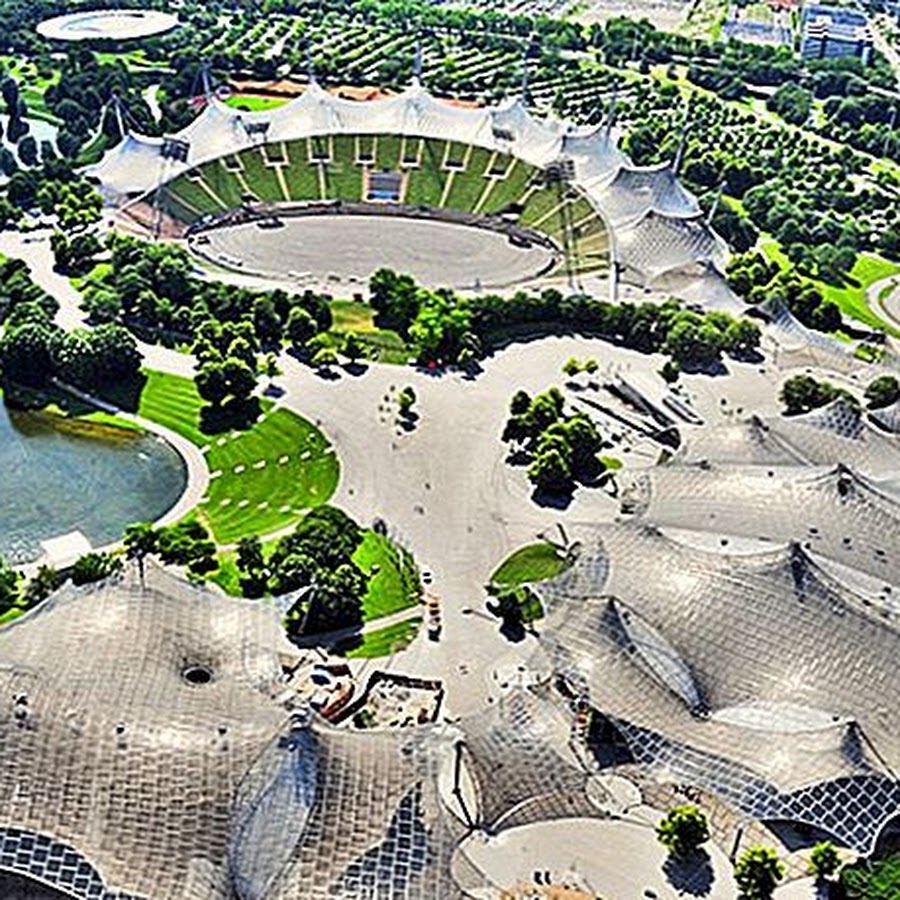
Englischer Garten
The Englischer Garten (German: [ˈʔɛŋlɪʃɐ ˈɡaʁtn̩], English Garden) is a large public park in the centre of Munich, Bavaria, stretching from the city centre to the northeastern city limits. The creation began in 1789, supervised by Sir Benjamin Thompson (1753–1814), later Count Rumford (Reichsgraf von Rumford), for Prince Charles Theodore, Elector of Bavaria. Thompson's successors, Reinhard von Werneck (1757–1842) and Friedrich Ludwig von Sckell (1750–1823), advisers on the project from its beginning, both extended and improved the park. With an area of 3.7 km2 (1.4 sq mi) (370 ha or 910 acres), the Englischer Garten is one of the world's largest urban public parks. The name refers to its English garden form of informal landscape, a style popular in England from the mid-18th century to the early 19th century and particularly associated with Capability Brown.One of the largest urban parks in the world, perfect for outdoor activities and relaxation.

Oktoberfest
Oktoberfest (German pronunciation: [ɔkˈtoːbɐˌfɛst]; locally d'Wiesn) is the world's largest Volksfest (German for “folk festival”). It combines a beer festival with a funfair and takes place each year on the Theresienwiese in Munich from mid-September to the first Sunday in October. If German Unity Day (3 October) follows that Sunday, the festival continues until the holiday. The event attracts about seven million visitors; a record 7.2 million attended in 2023. In the same year, visitors drank roughly 7.4 million litres of specially brewed Oktoberfest beer. The grounds feature amusement rides, games, food stalls and traditional Bavarian dishes. Munich staged the first festival on 12 October 1810 to celebrate the wedding of Crown Prince Ludwig and Princess Therese of Saxony-Hildburghausen. Oktoberfest has been cancelled only a few times, most recently in 2020 and 2021 during the COVID-19 pandemic.The world's largest beer festival, held annually in Munich, attracting millions of visitors.

BMW Welt
The BMW Welt is a combined exhibition, delivery, adventure museum, and event venue located in Munich's district Am Riesenfeld, next to the Olympic Park, in the immediate vicinity of the BMW Headquarters and factory. It was built from August 2003 to summer 2007. A solar system with 800 kW of power is installed on the roof of the main building. The opening took place on 17 October 2007. The BMW Welt is the most visited tourist attraction in Bavaria.A unique exhibition and event venue showcasing BMW's latest models and innovations.
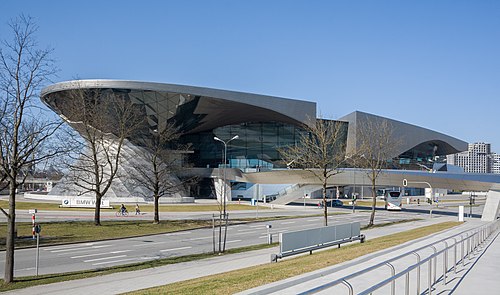
Frauenkirche
The iconic cathedral of Munich, known for its distinctive twin towers.
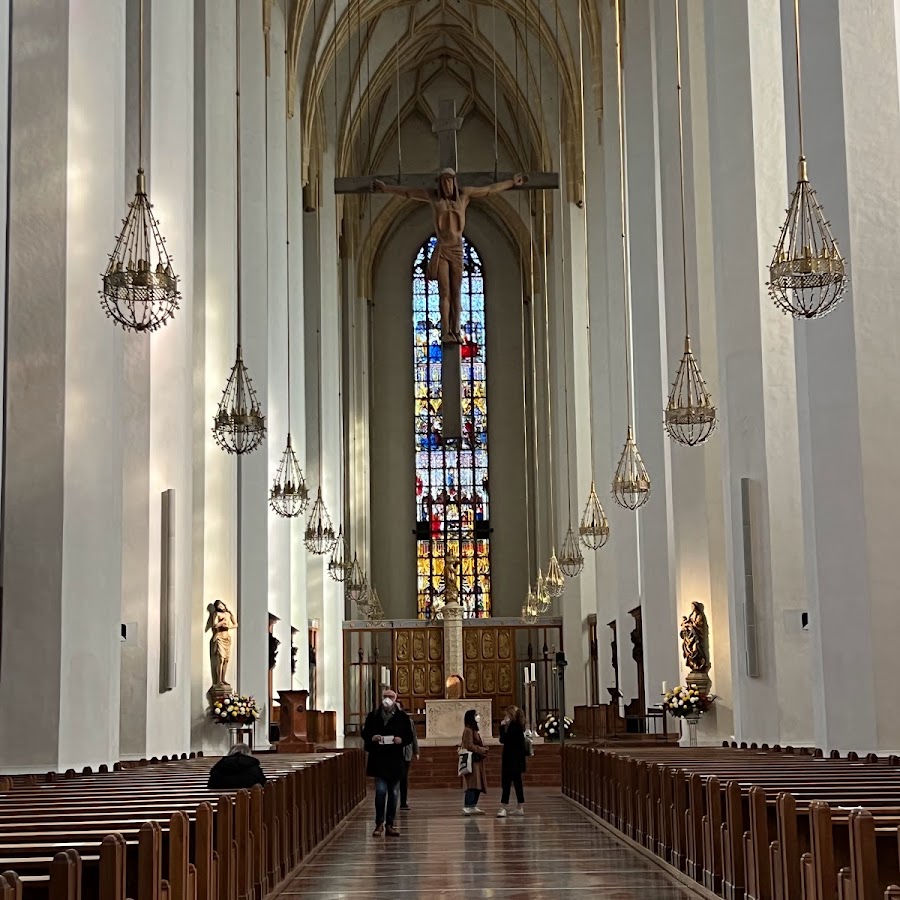
Nymphenburg Palace
The Nymphenburg Palace (German: Schloss Nymphenburg, Palace of the Nymphs) is a Baroque palace situated in Munich's western district Neuhausen-Nymphenburg, in Bavaria, southern Germany. The Nymphenburg served as the main summer residence for the former rulers of Bavaria of the House of Wittelsbach. Combined with the adjacent Nymphenburg Palace Park it constitutes one of the premier royal palaces of Europe. Its frontal width of 632 m (2,073 ft) (north–south axis) even surpasses Versailles.A stunning Baroque palace with beautiful gardens, once the summer residence of Bavarian royalty.

Bavarian National Museum
The Bavarian National Museum (German: Bayerisches Nationalmuseum) in Munich is one of the most important museums of decorative arts in Europe and one of the largest art museums in Germany.[citation needed] Since the beginning the collection has been divided into two main groups: the art historical collection and the folklore collection.One of the largest art museums in Germany, featuring decorative arts and cultural history.
 en.wikipedia.org
en.wikipedia.orgMuseum Five Continents
The Museum Five Continents or Five Continents Museum (German: Museum Fünf Kontinente), located in Munich, Germany, is a museum for non-European artworks and objects of cultural value. Its name until 9 September 2014 was Bavarian State Museum of Ethnology (German: Staatliches Museum für Völkerkunde).A museum for non-European artworks and objects of cultural value, showcasing diverse cultures.
 en.wikipedia.org
en.wikipedia.orgDeutsches Museum
The Deutsches Museum (German Museum, officially Deutsches Museum von Meisterwerken der Naturwissenschaft und Technik (English: German Museum of Masterpieces of Science and Technology)) in Munich, Germany, is the world's largest museum of science and technology, with about 125,000 exhibited objects from 50 fields of science and technology. It receives about 1.5 million visitors per year. The museum was founded on 28 June 1903, at a meeting of the Association of German Engineers (VDI) as an initiative of Oskar von Miller. It is the largest museum in Munich. For a period of time the museum was also used to host pop and rock concerts including The Who, Jimi Hendrix and Elton John.The world's largest museum of science and technology, showcasing a vast array of exhibits.
